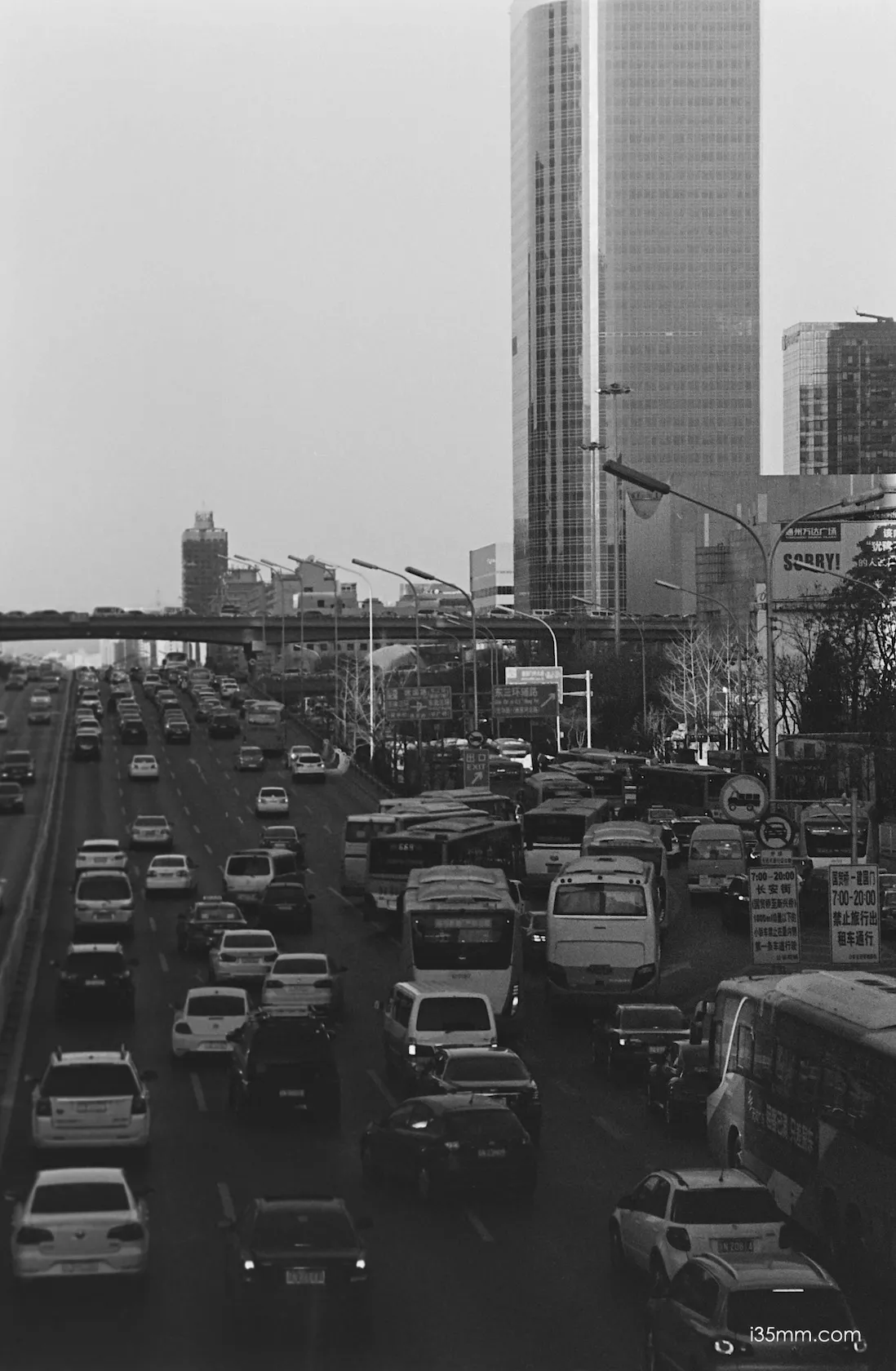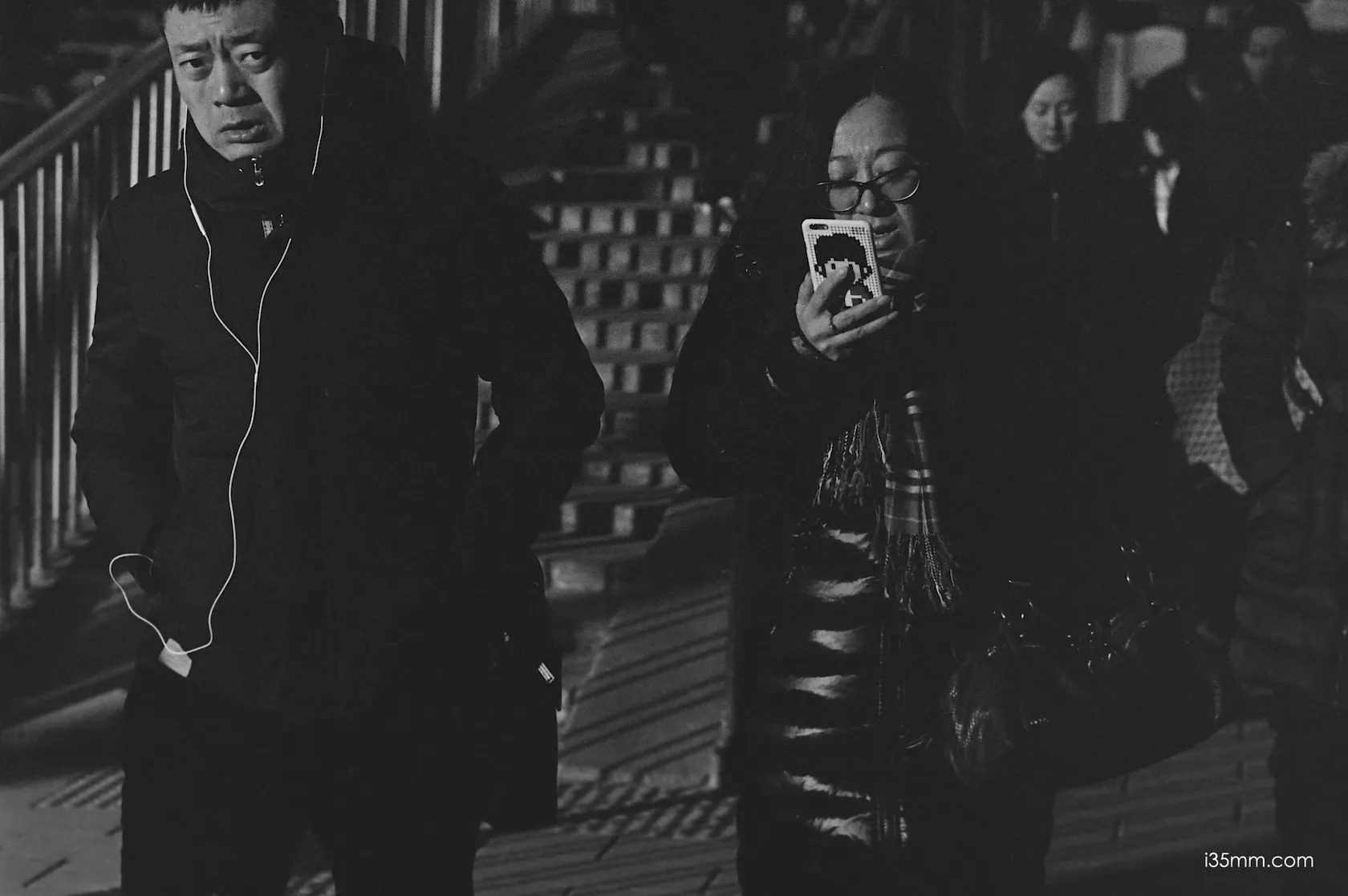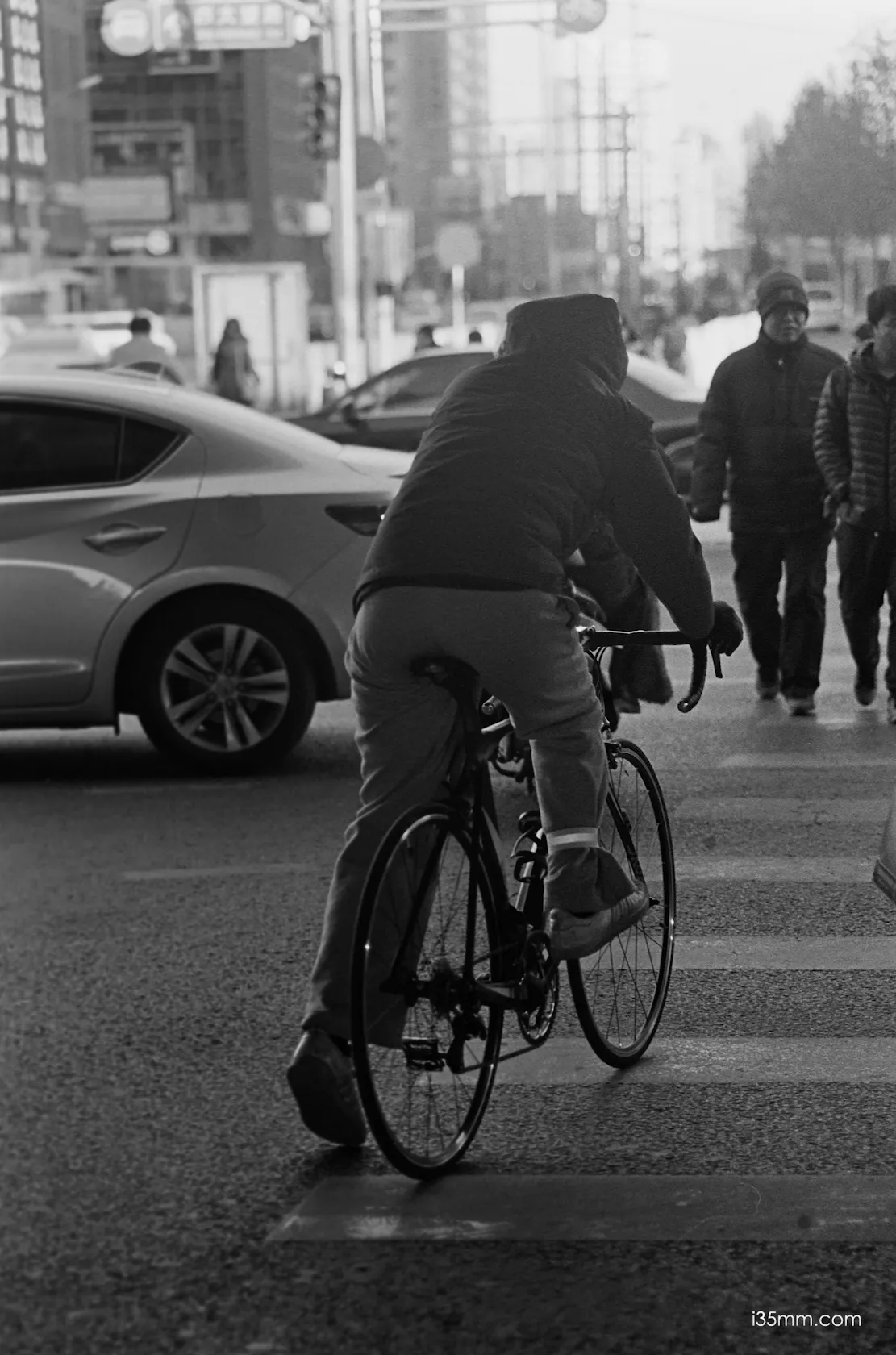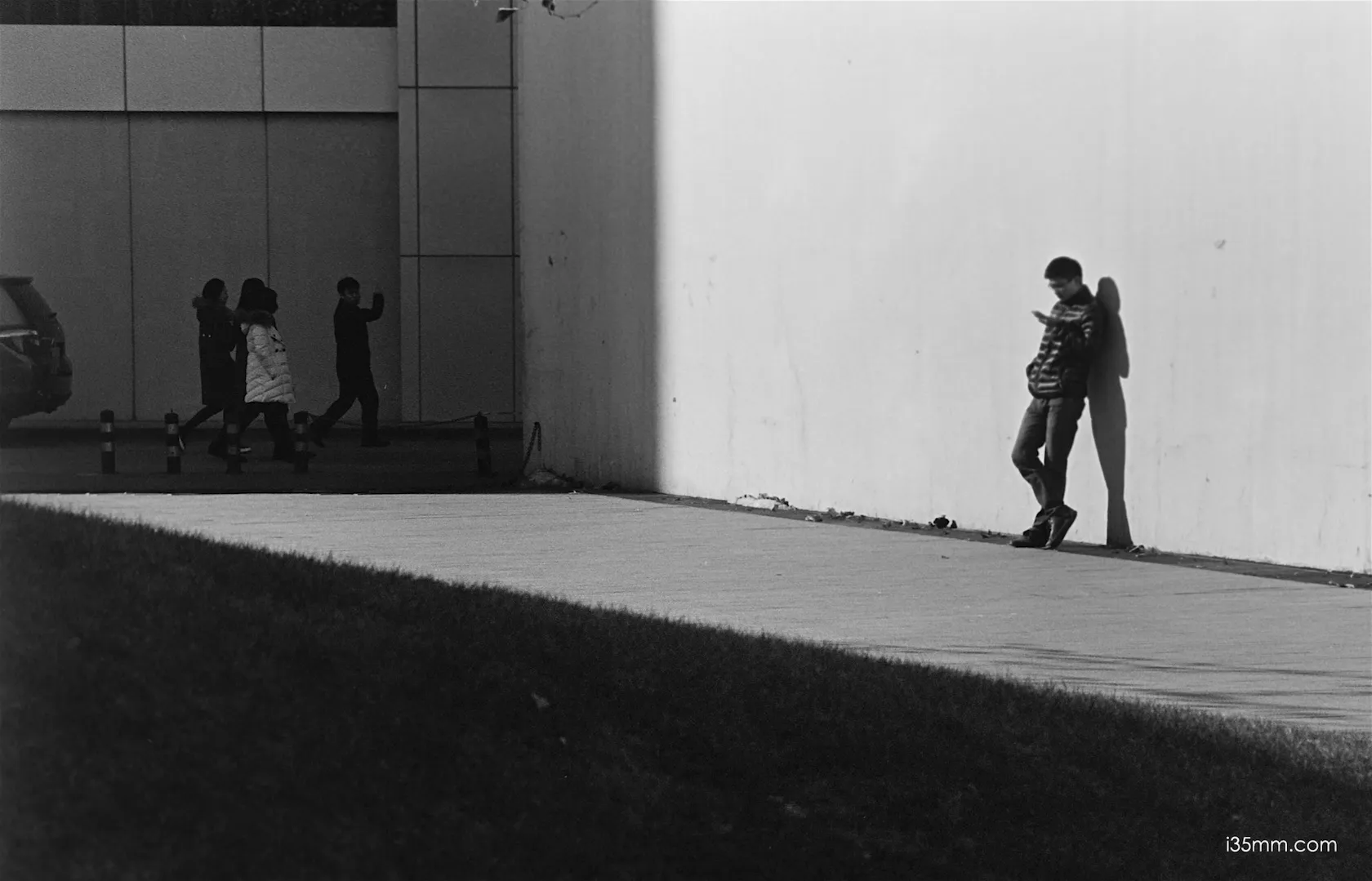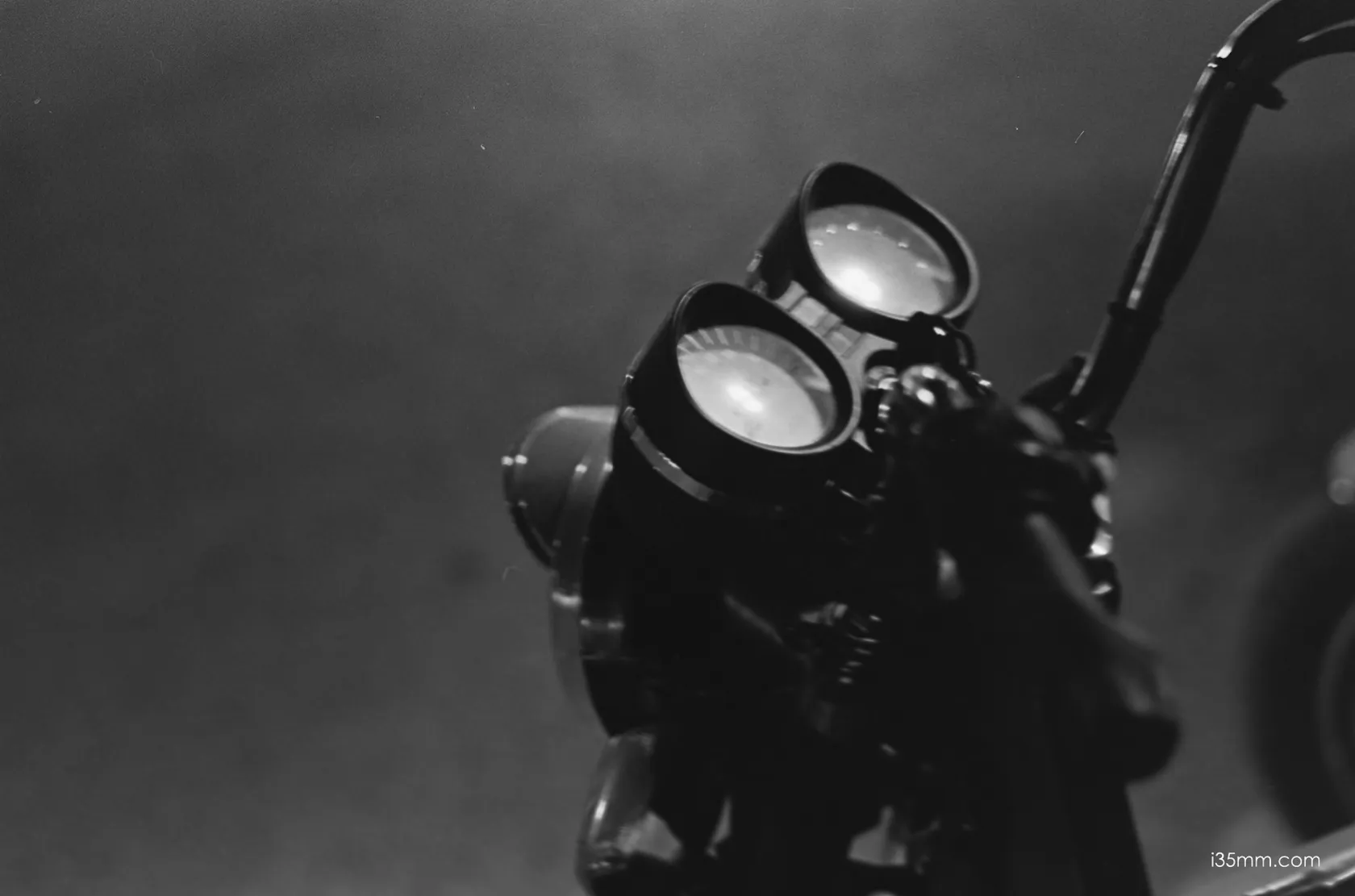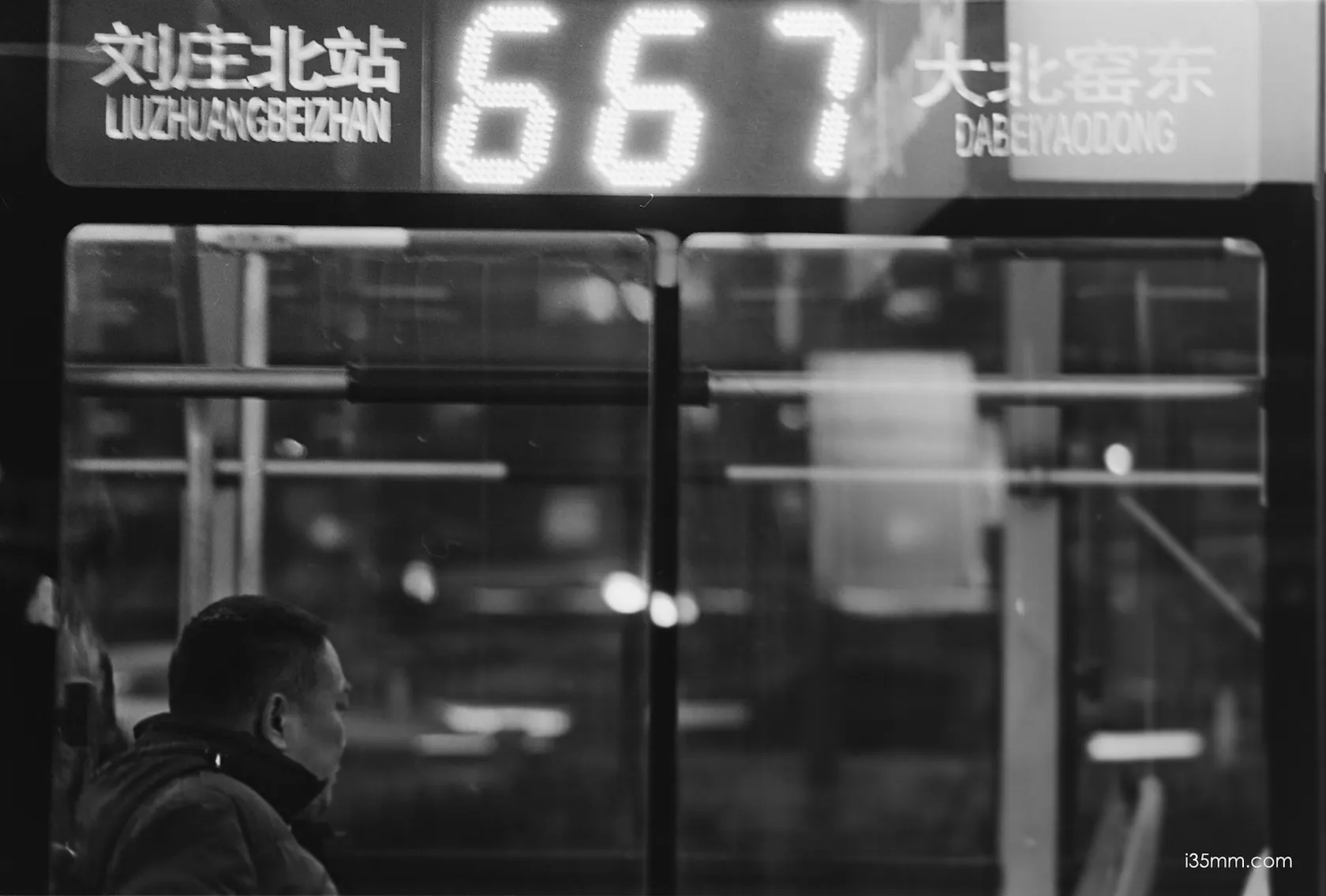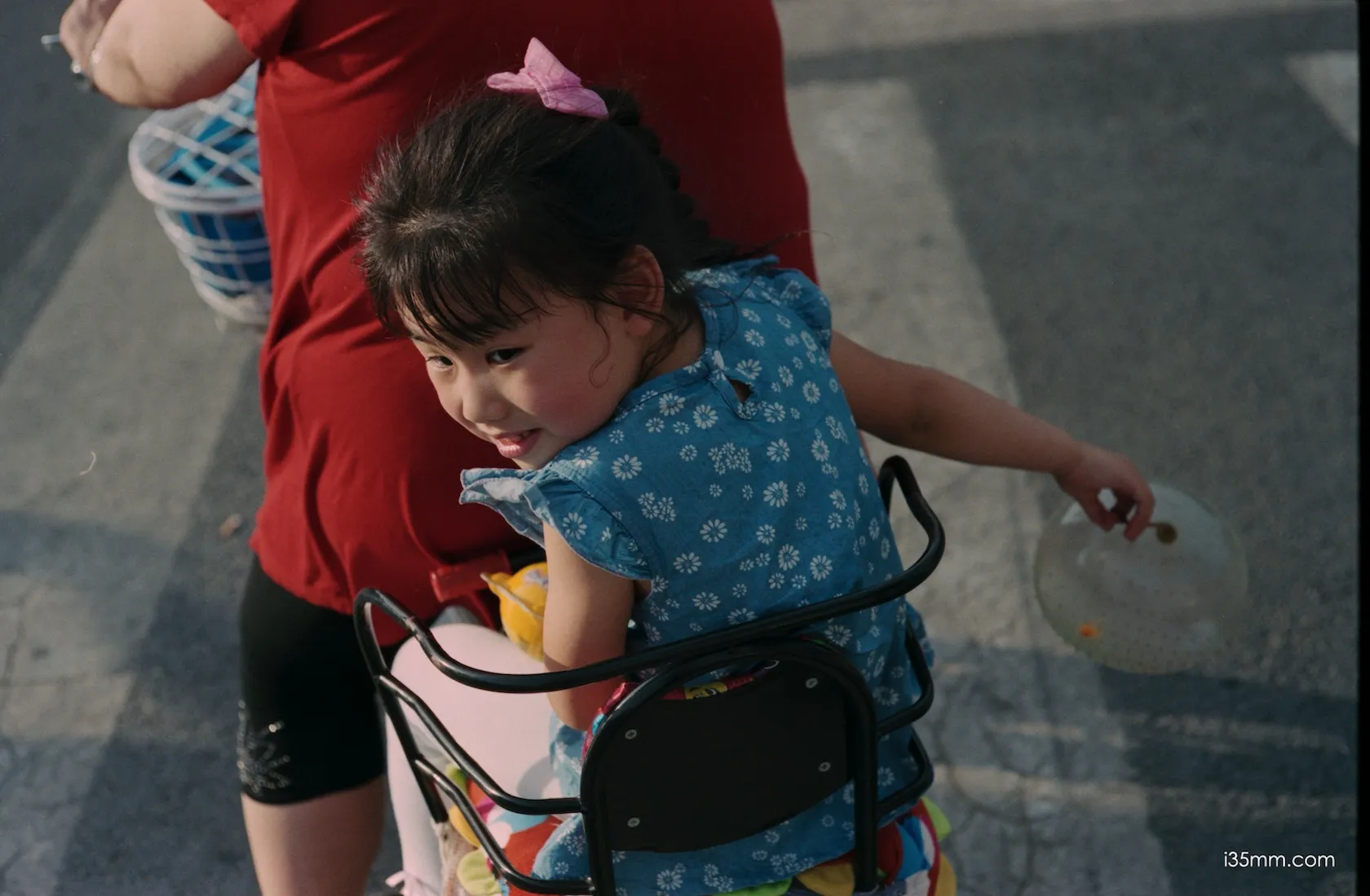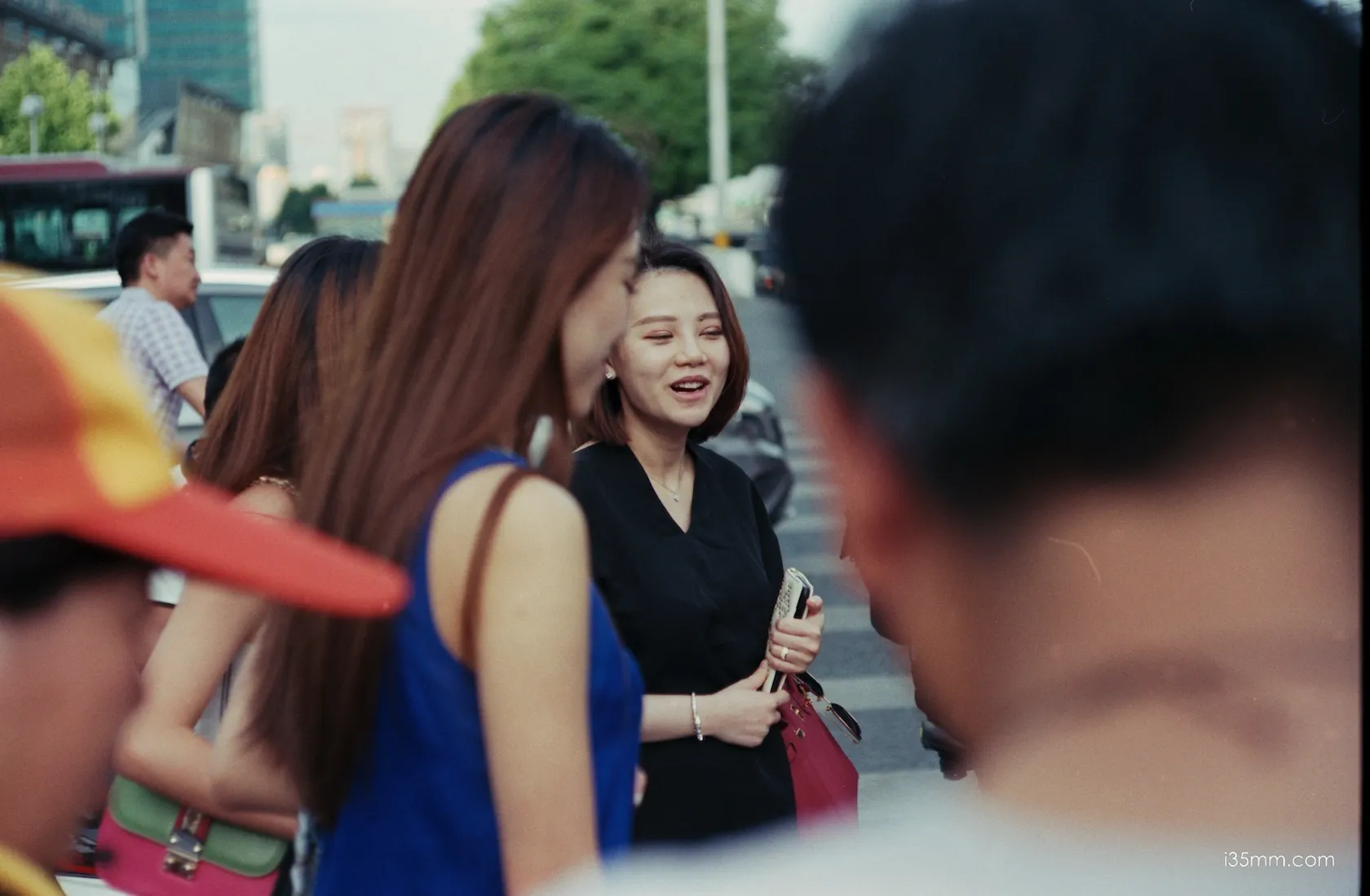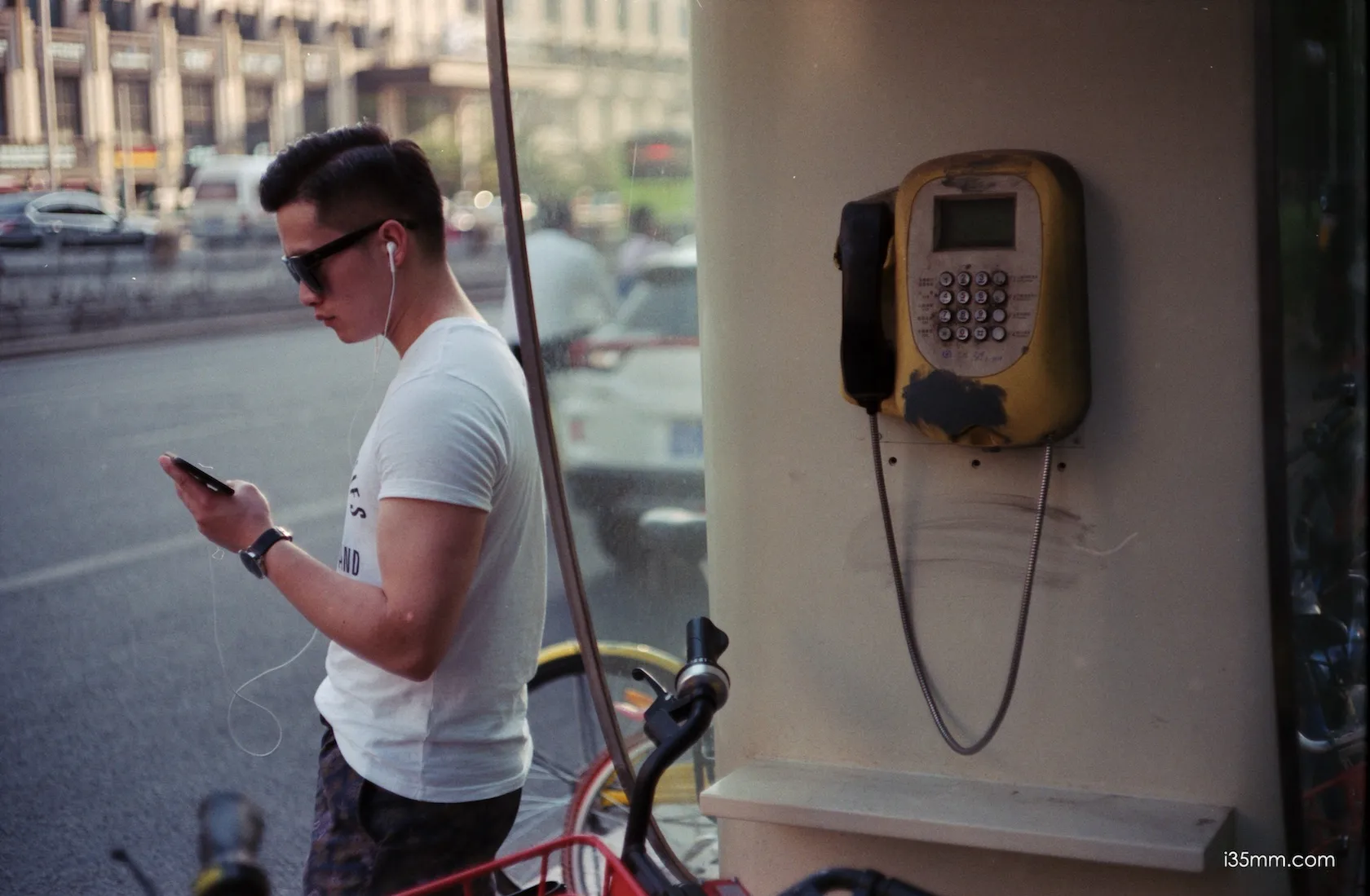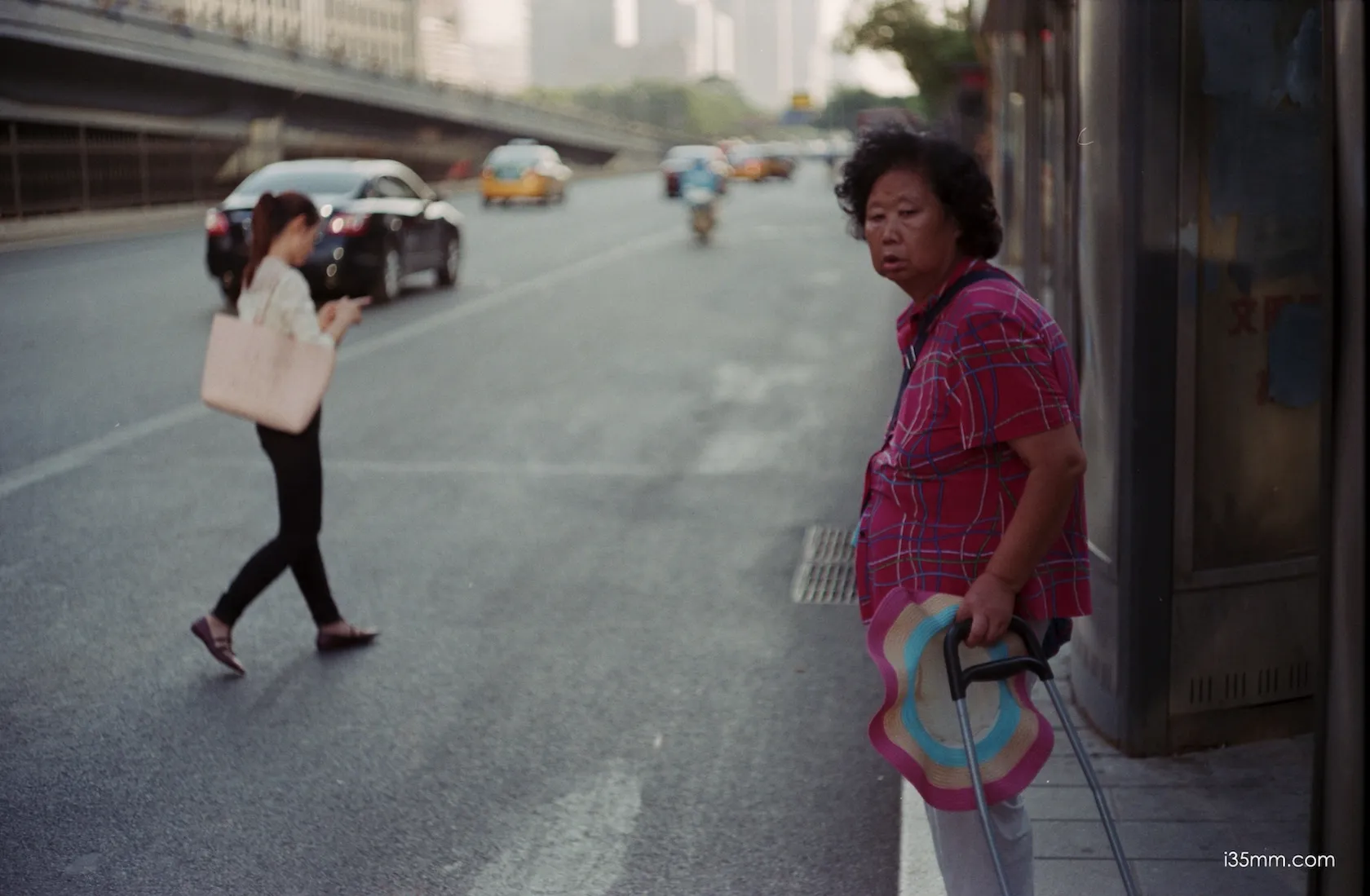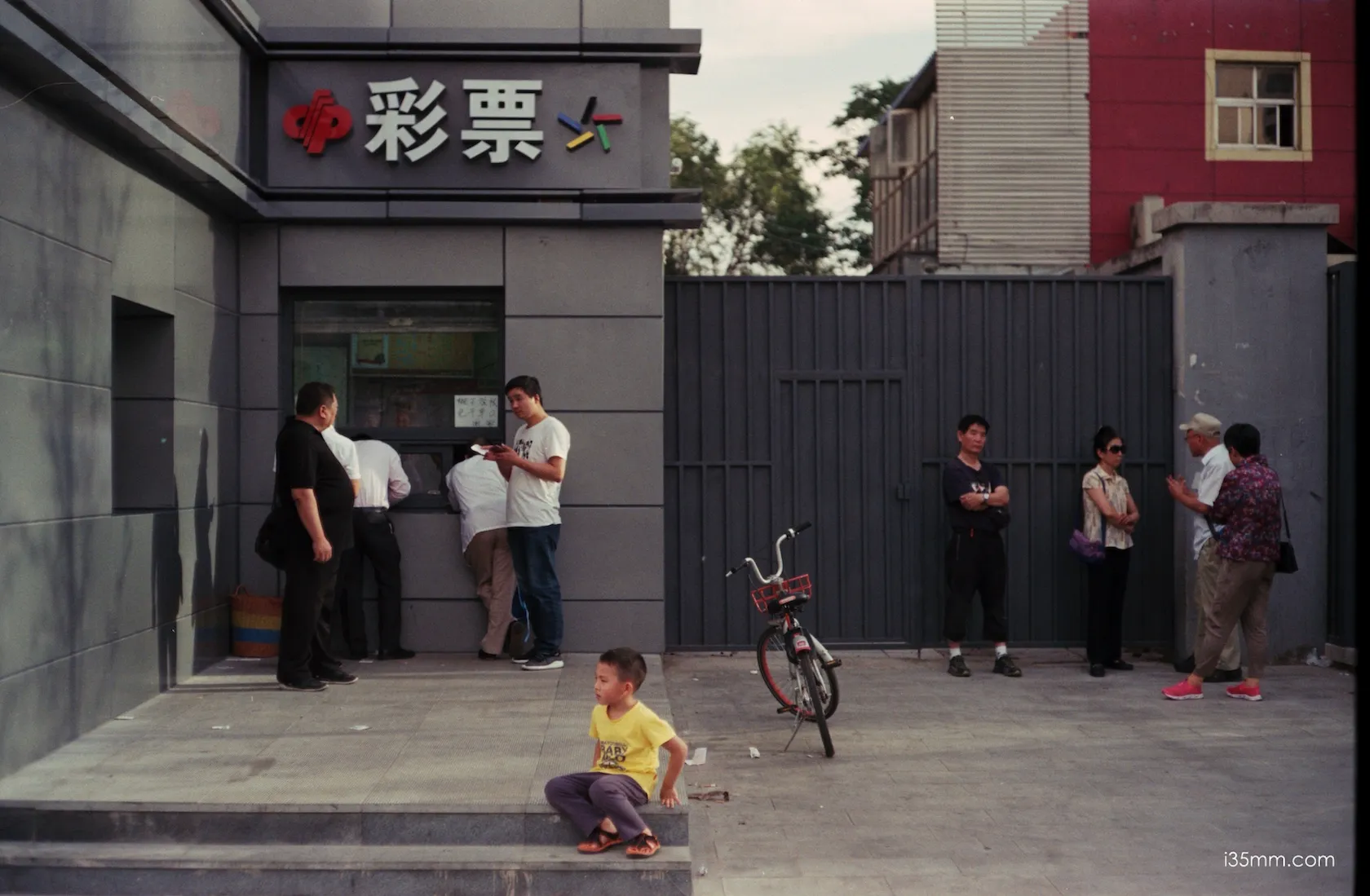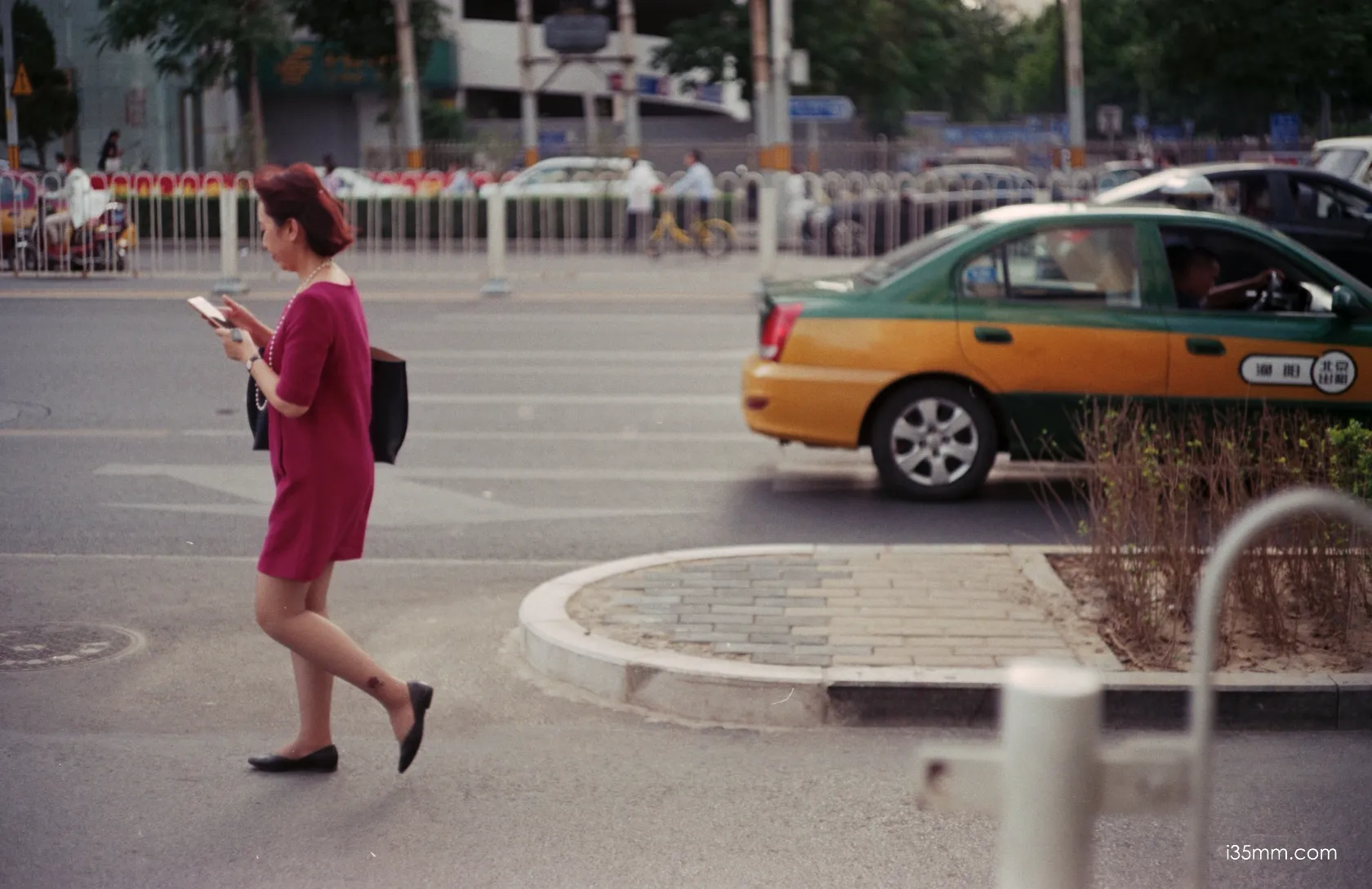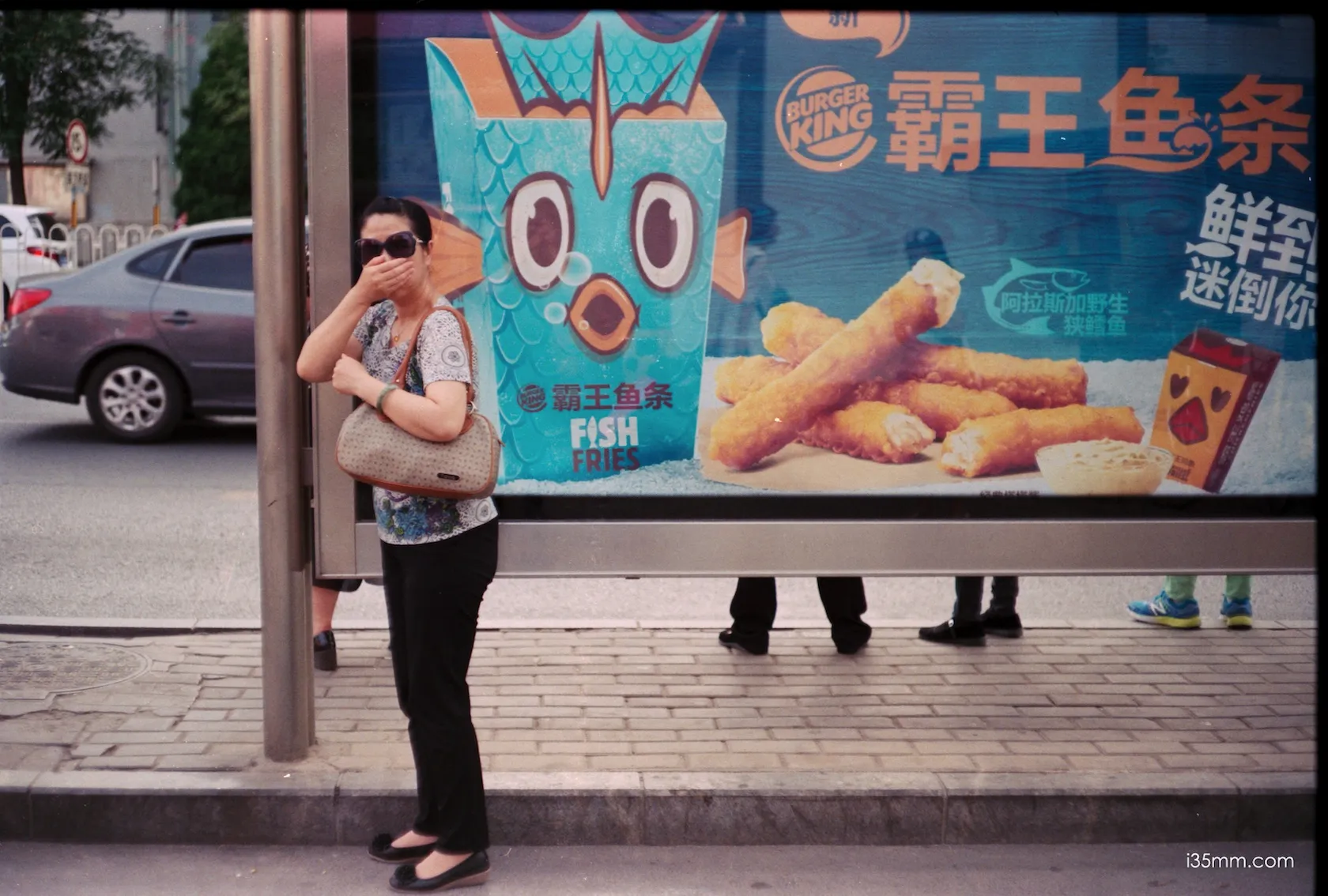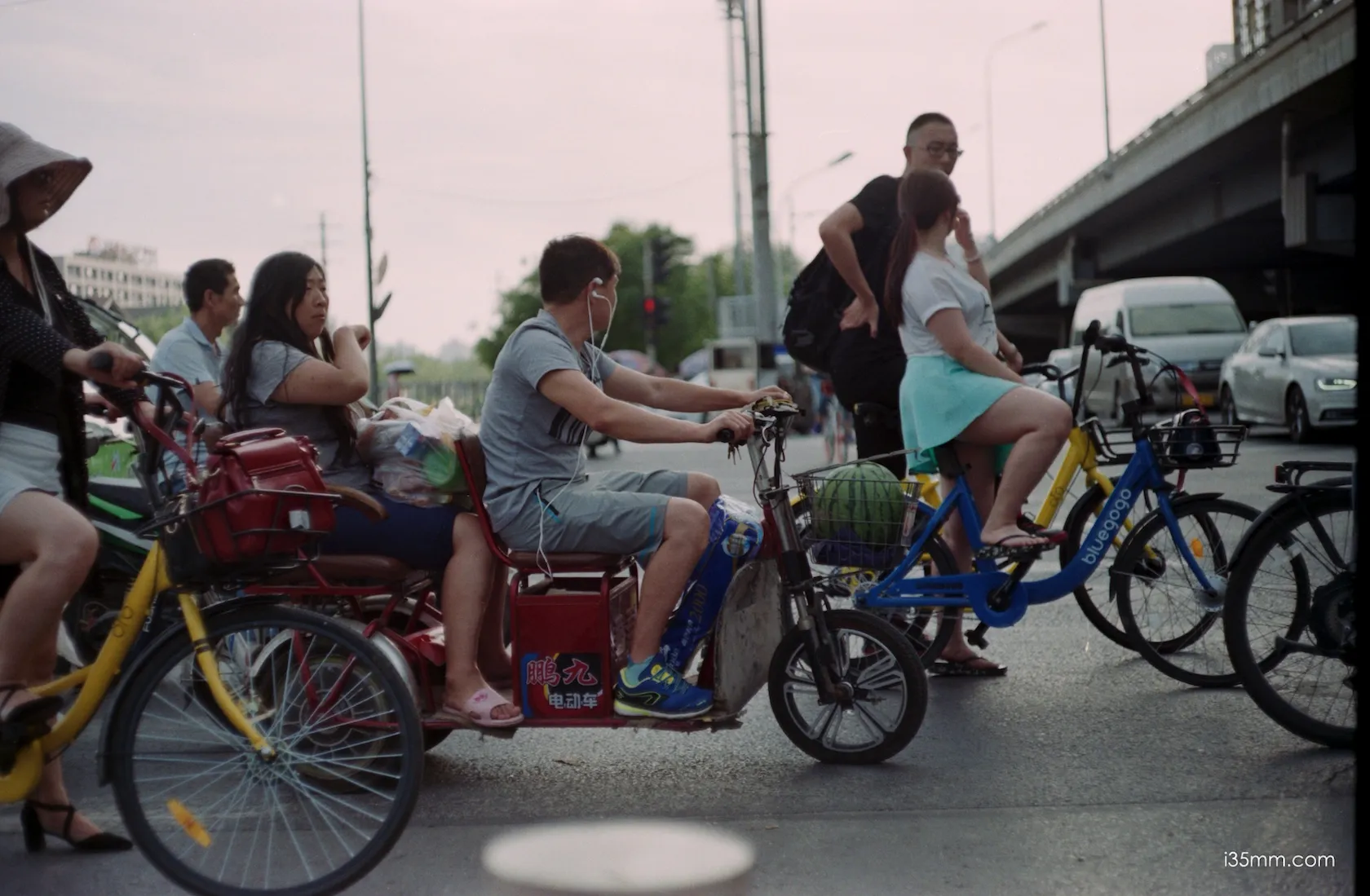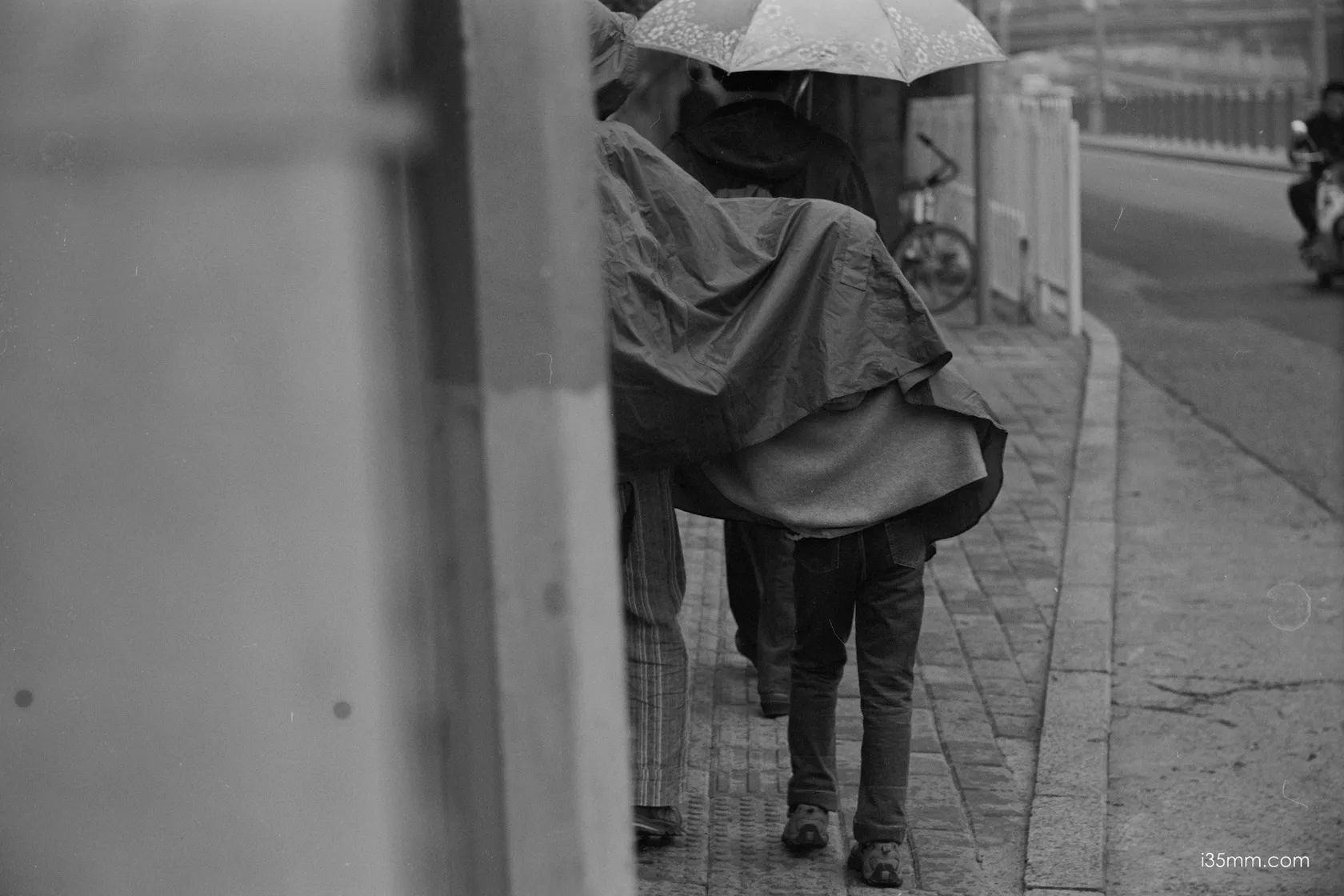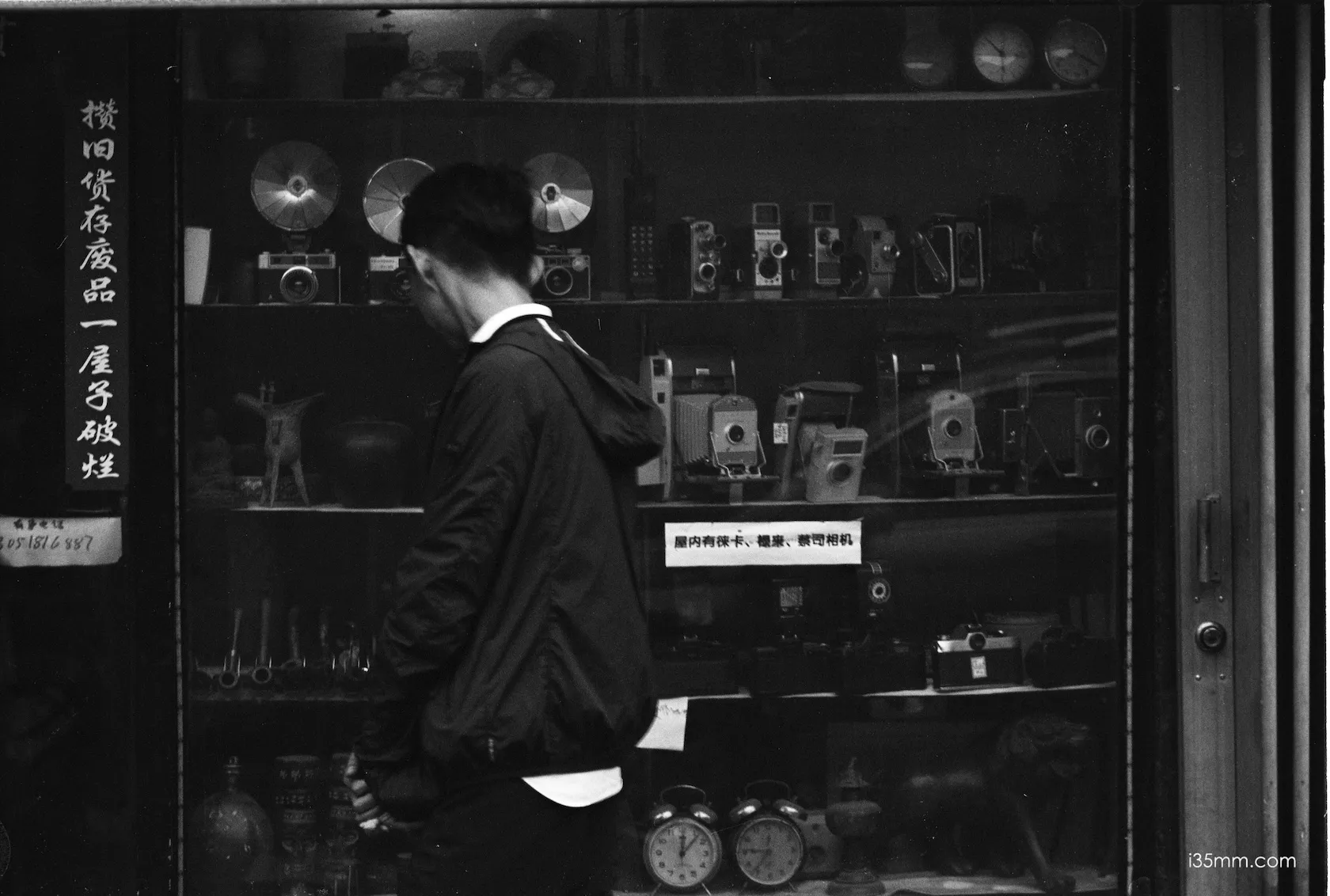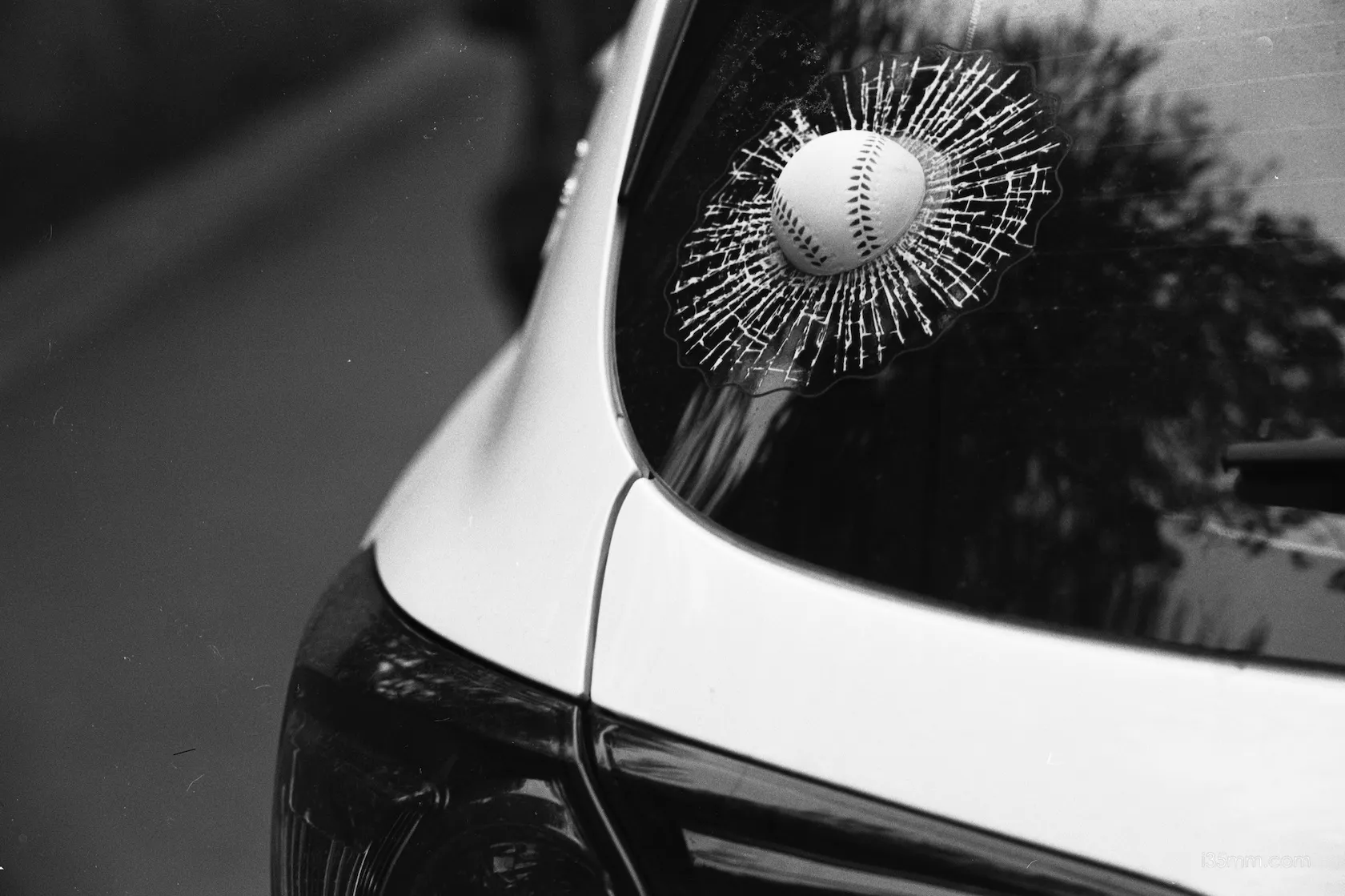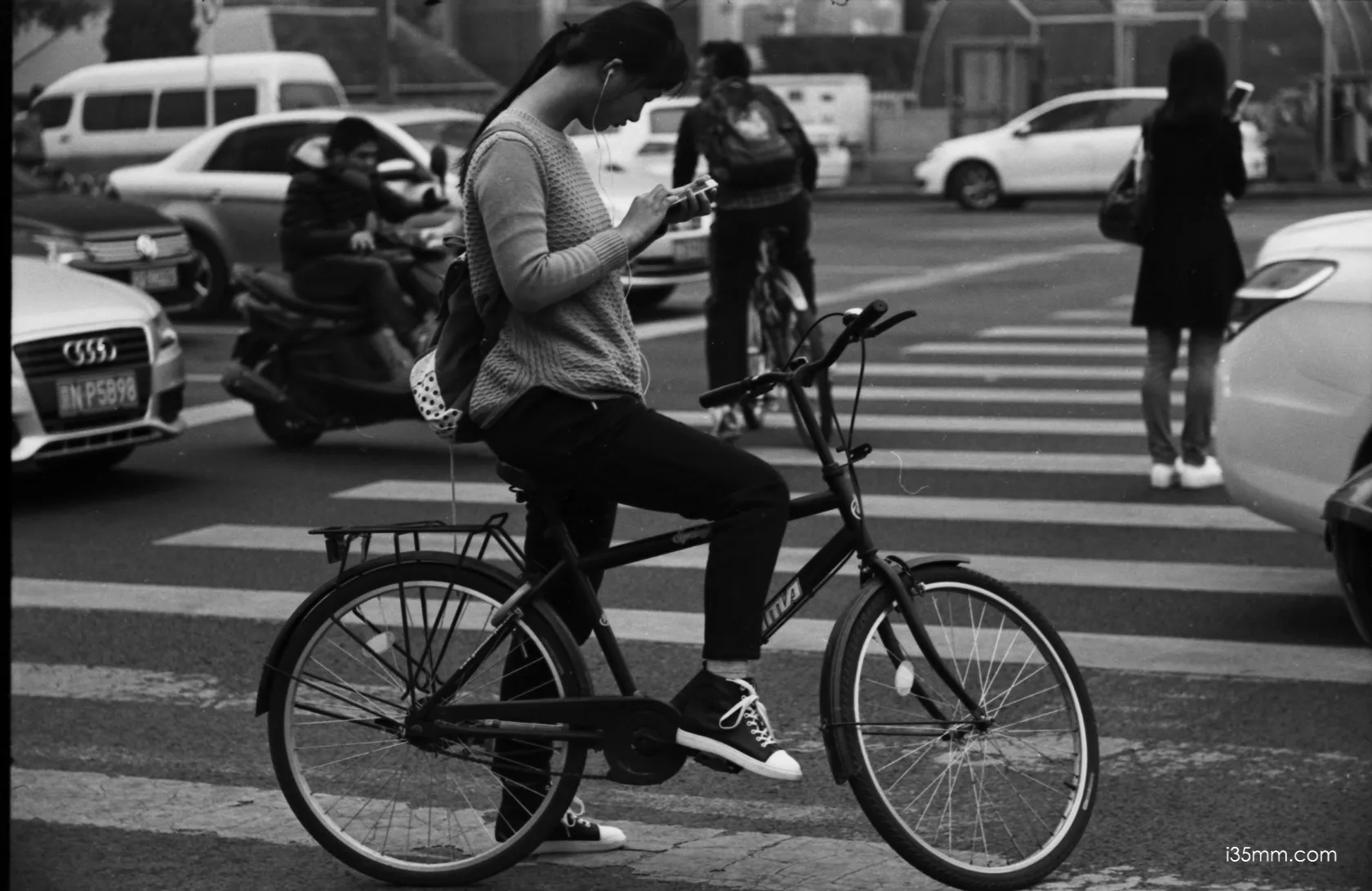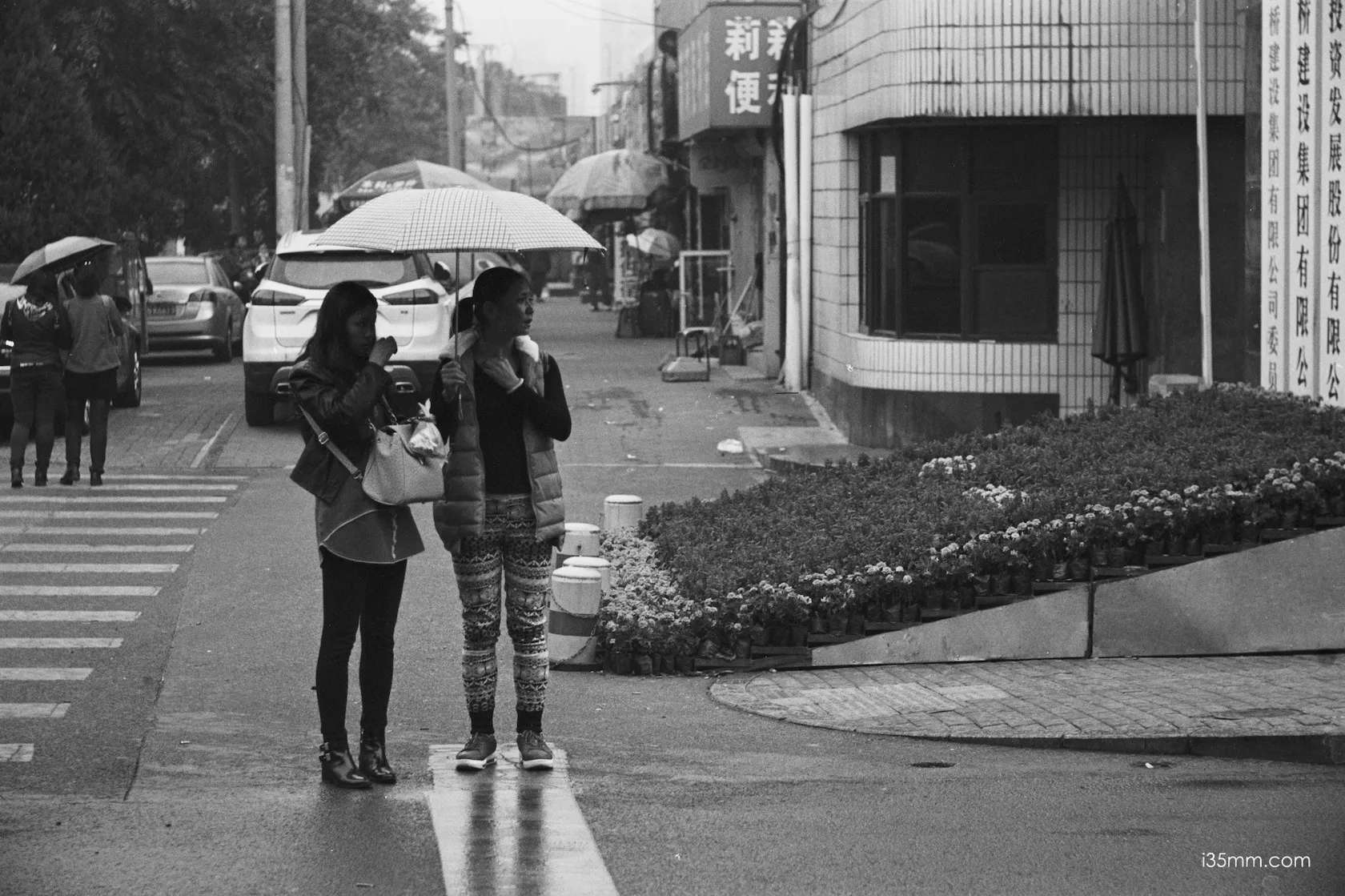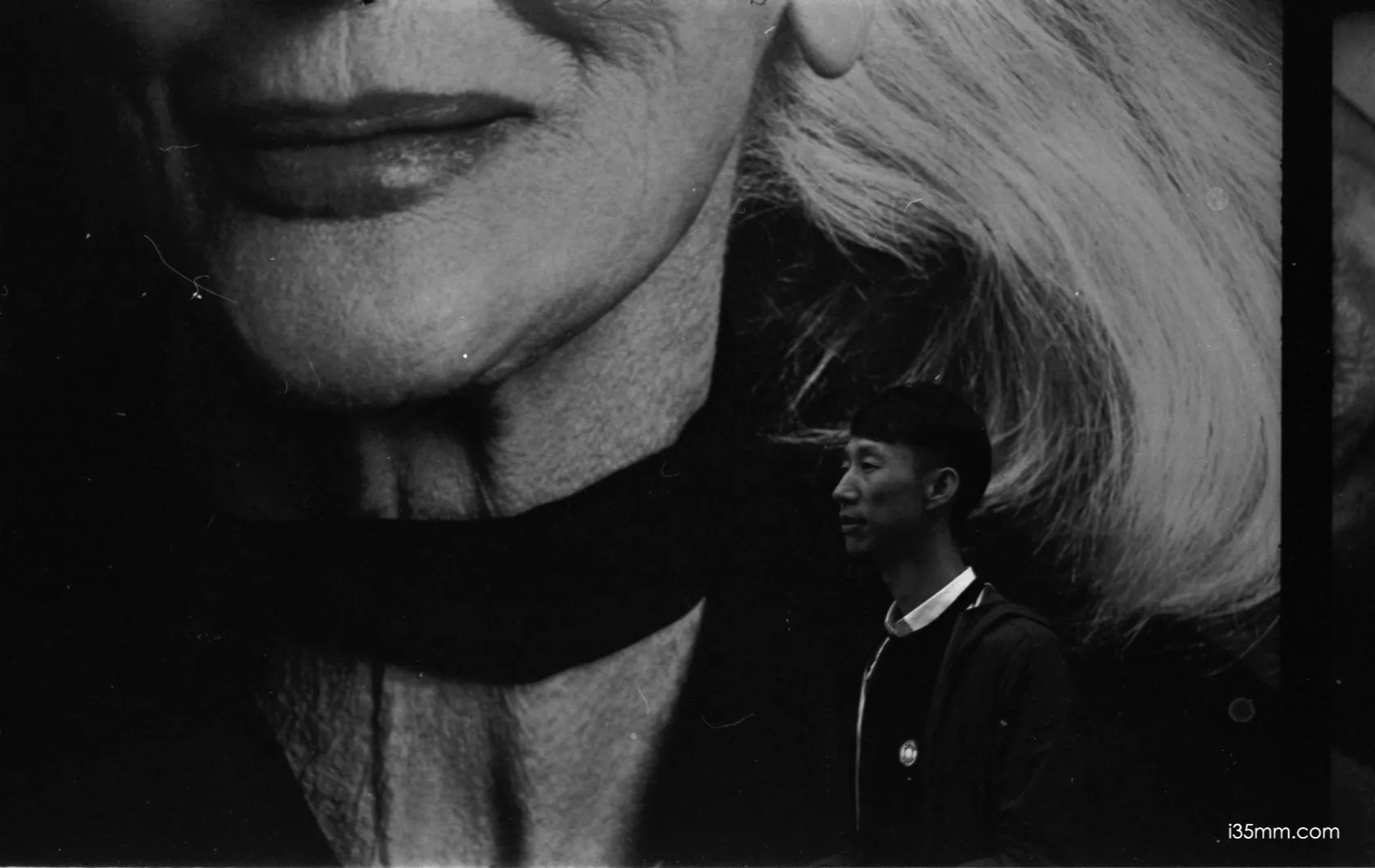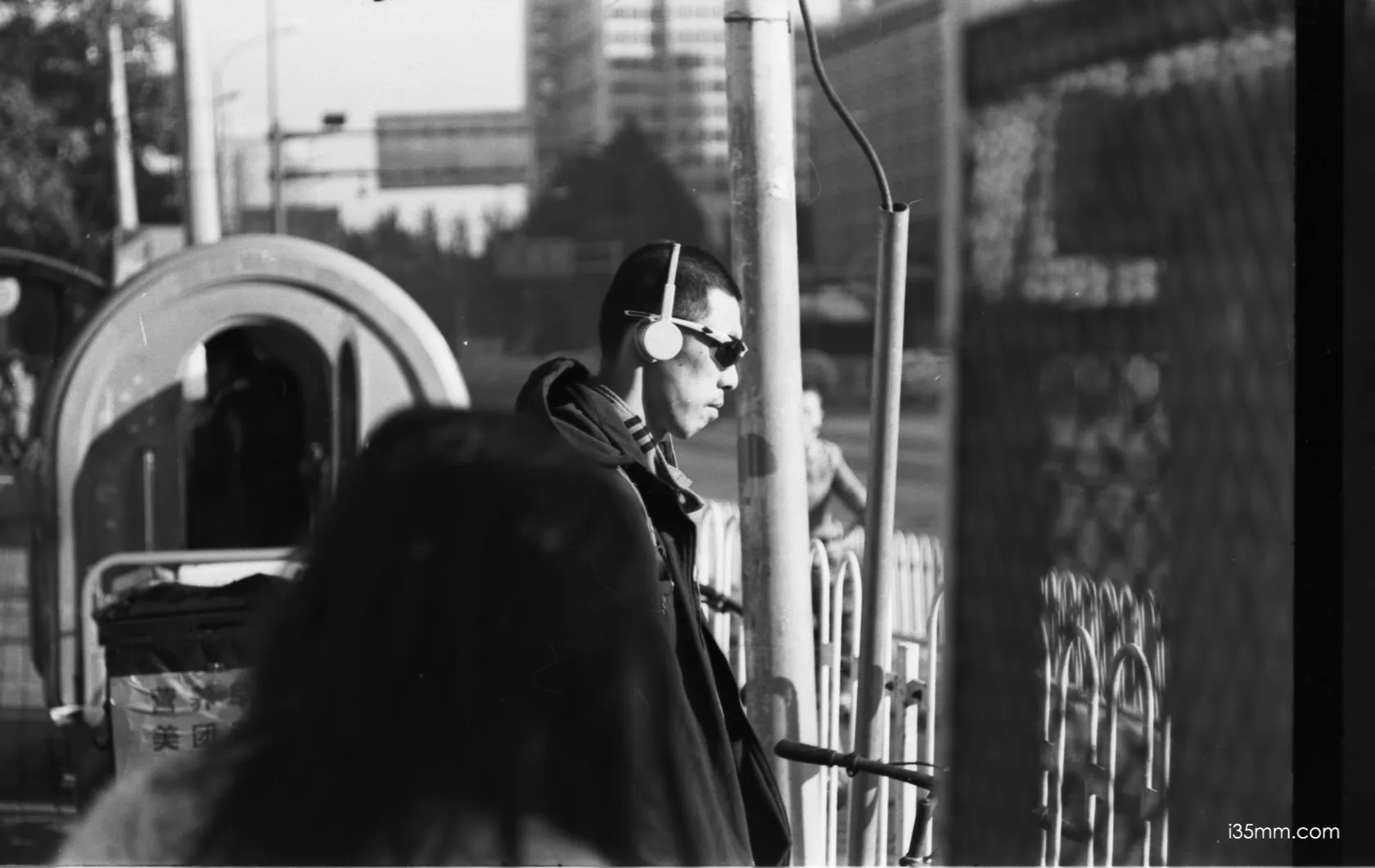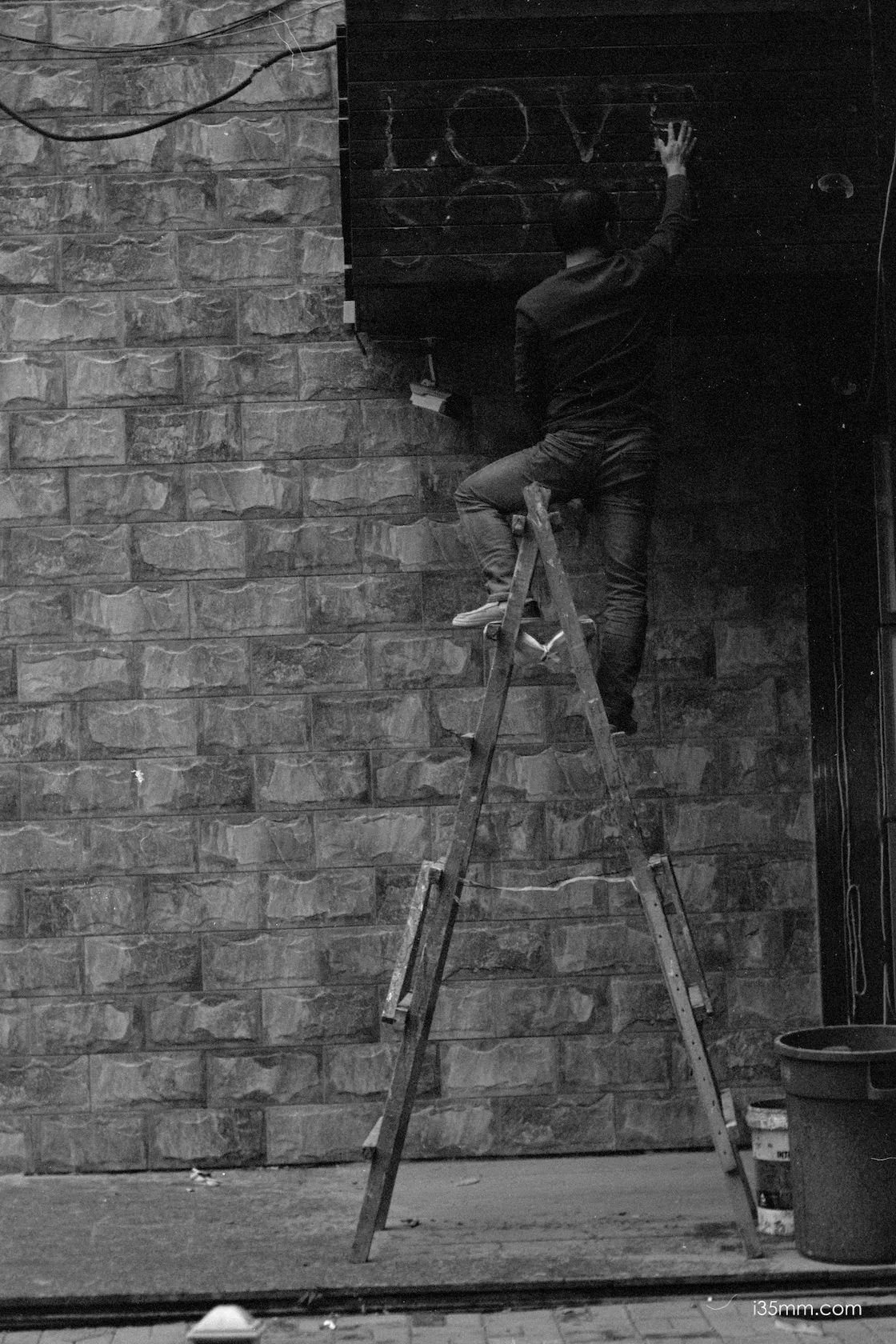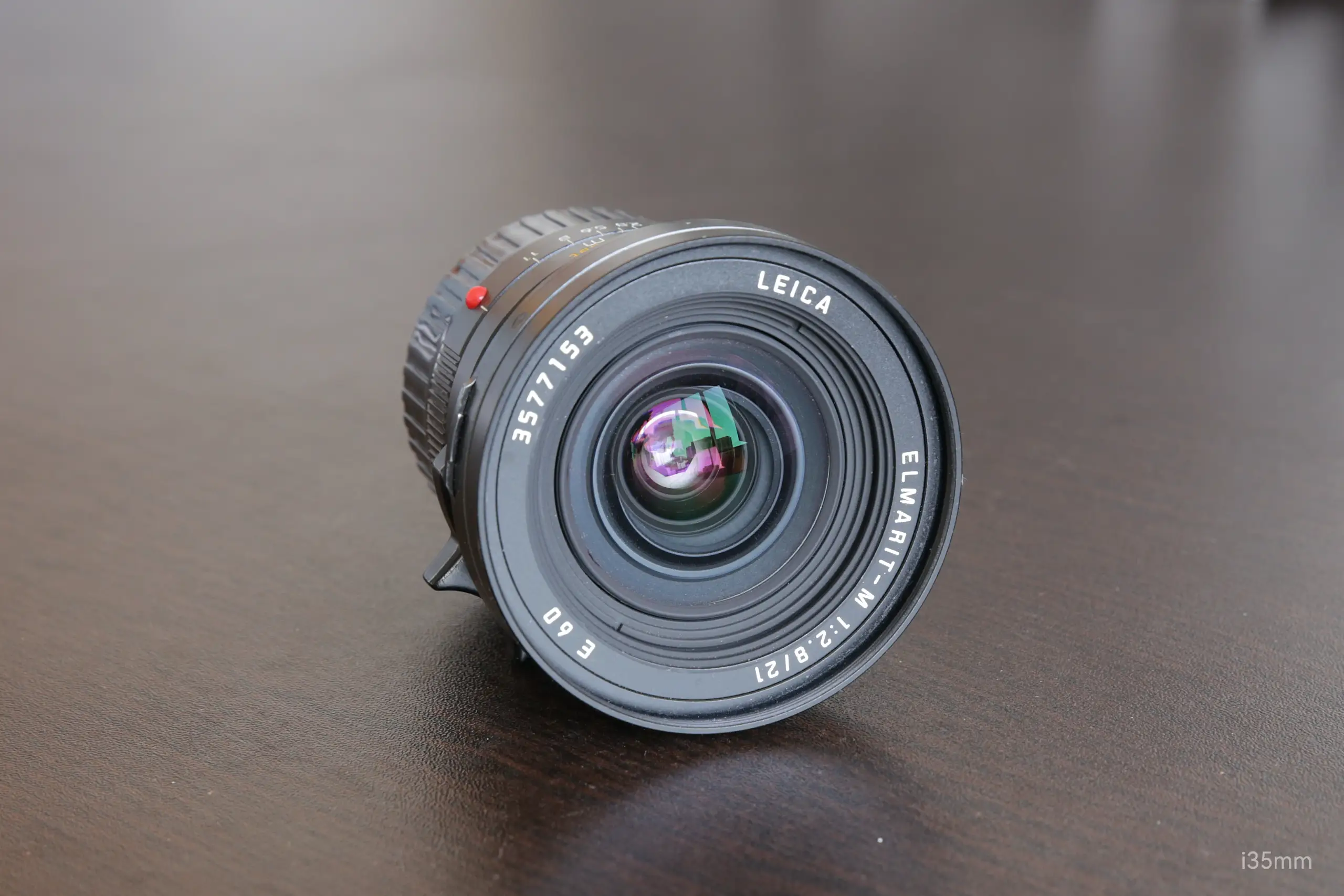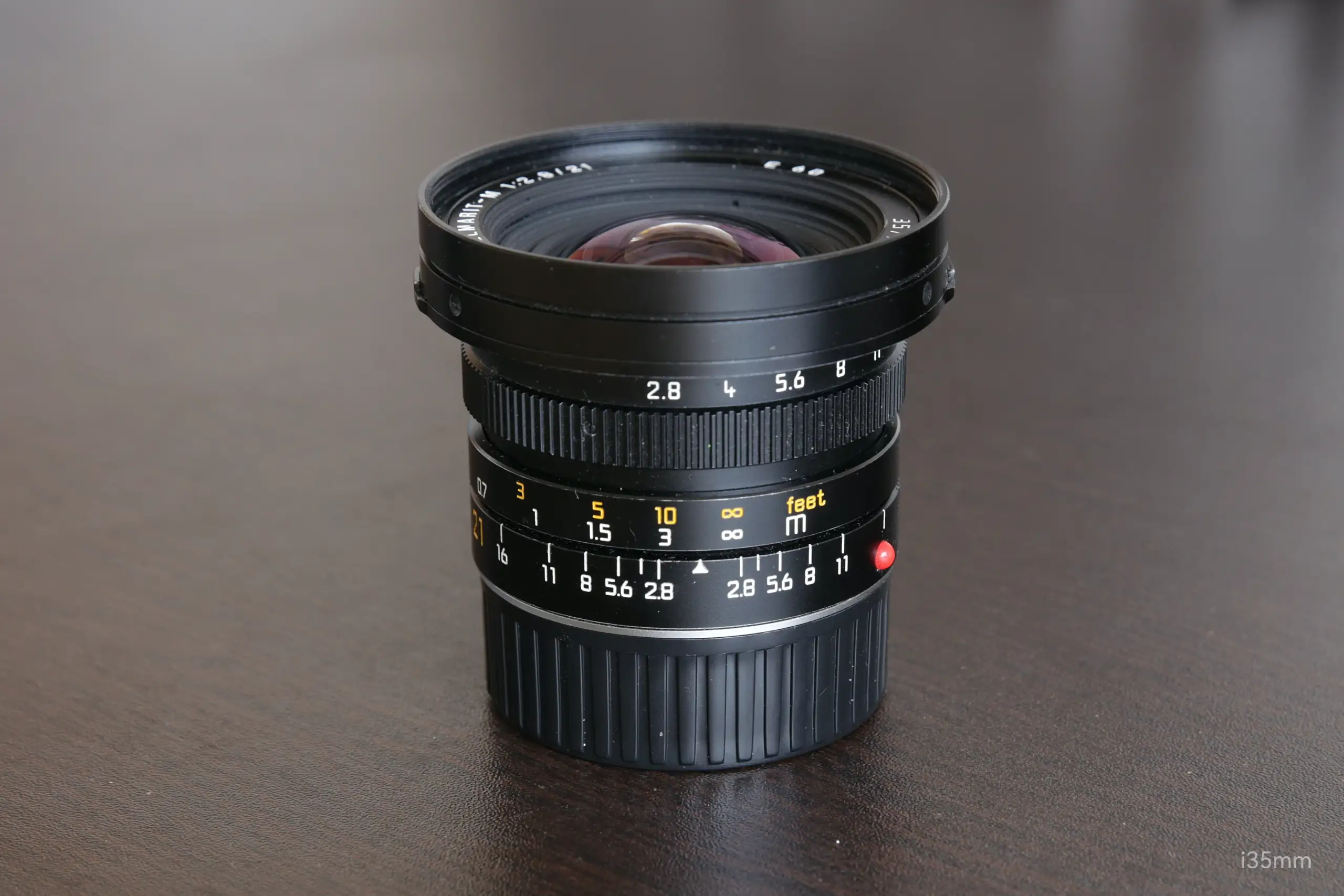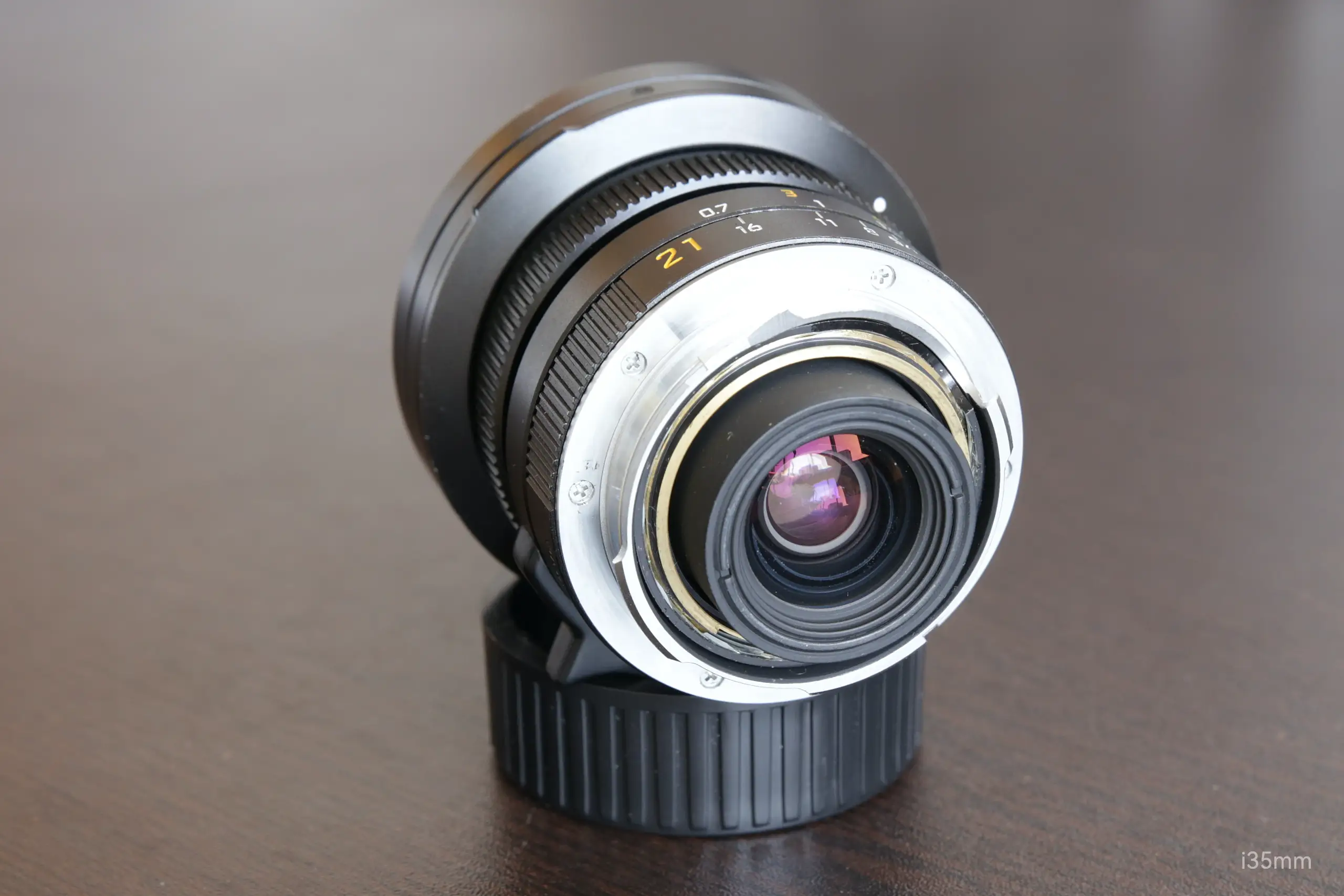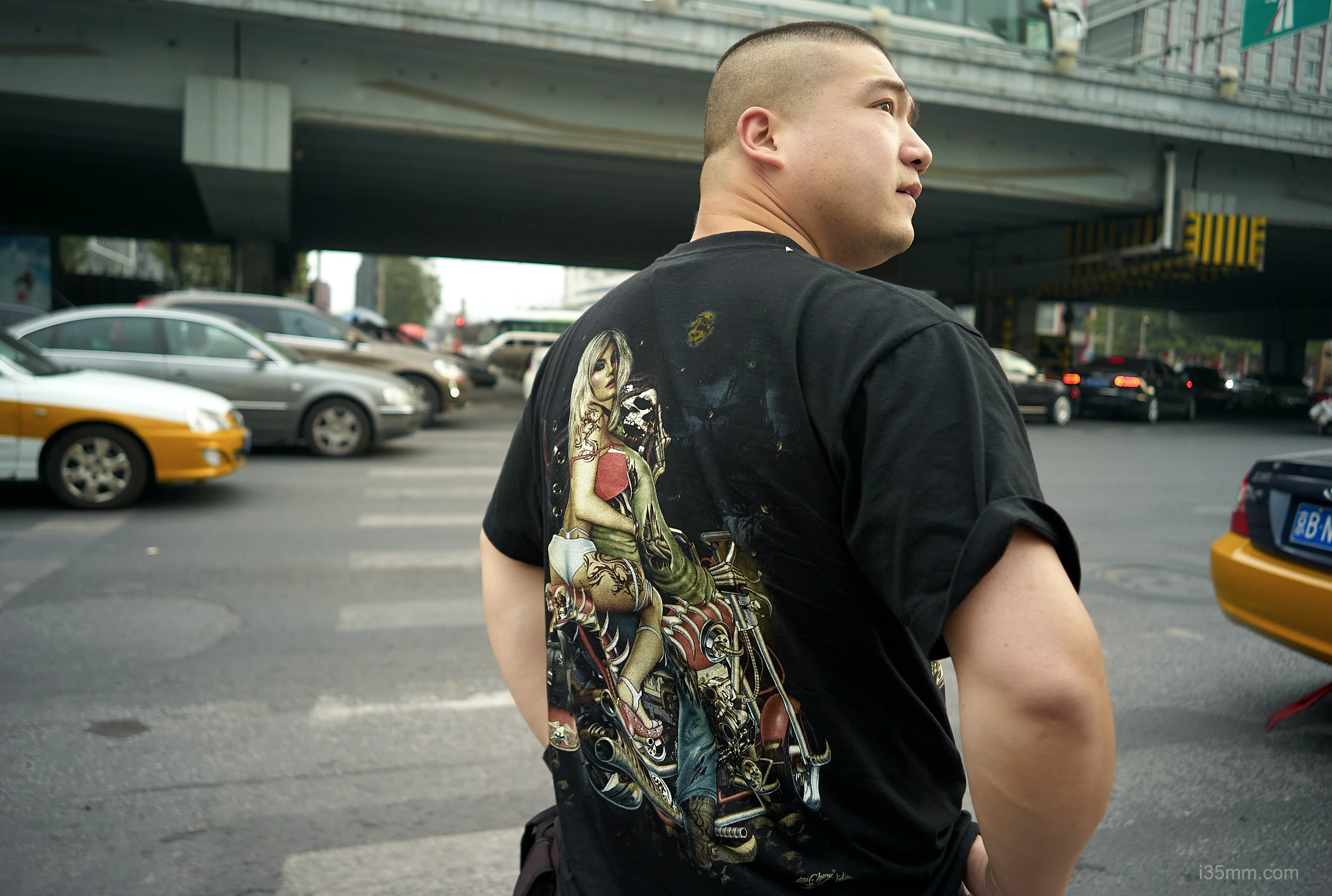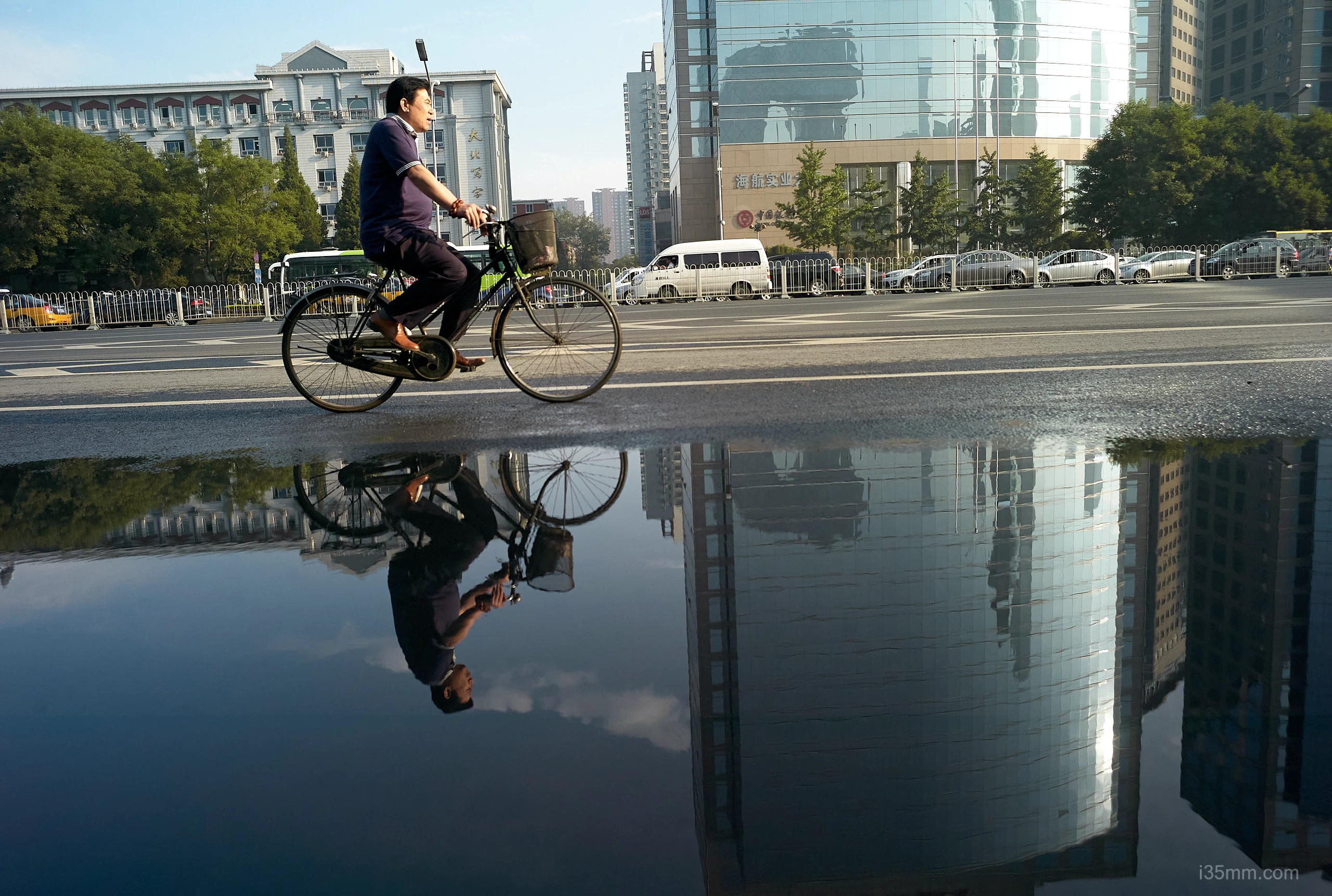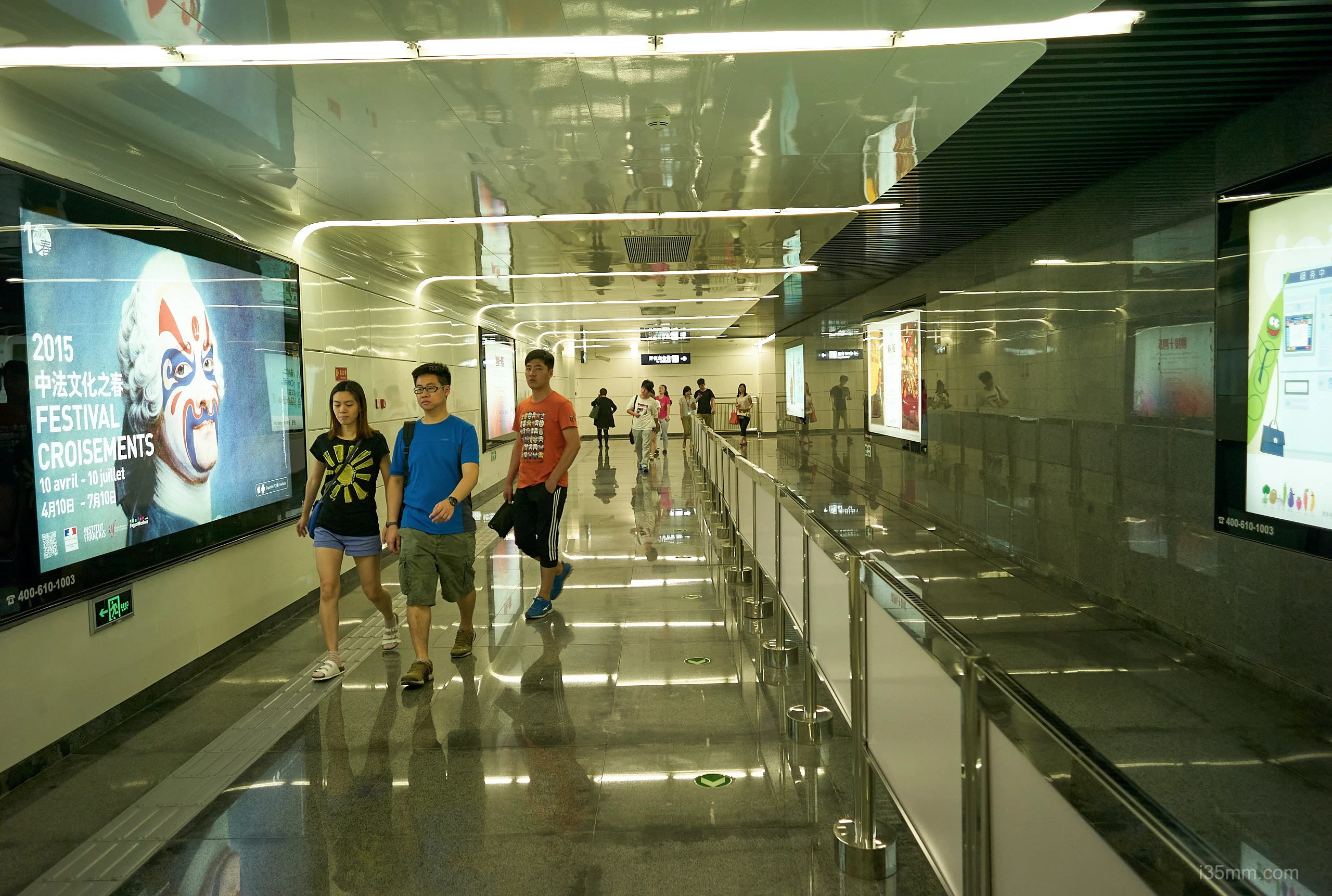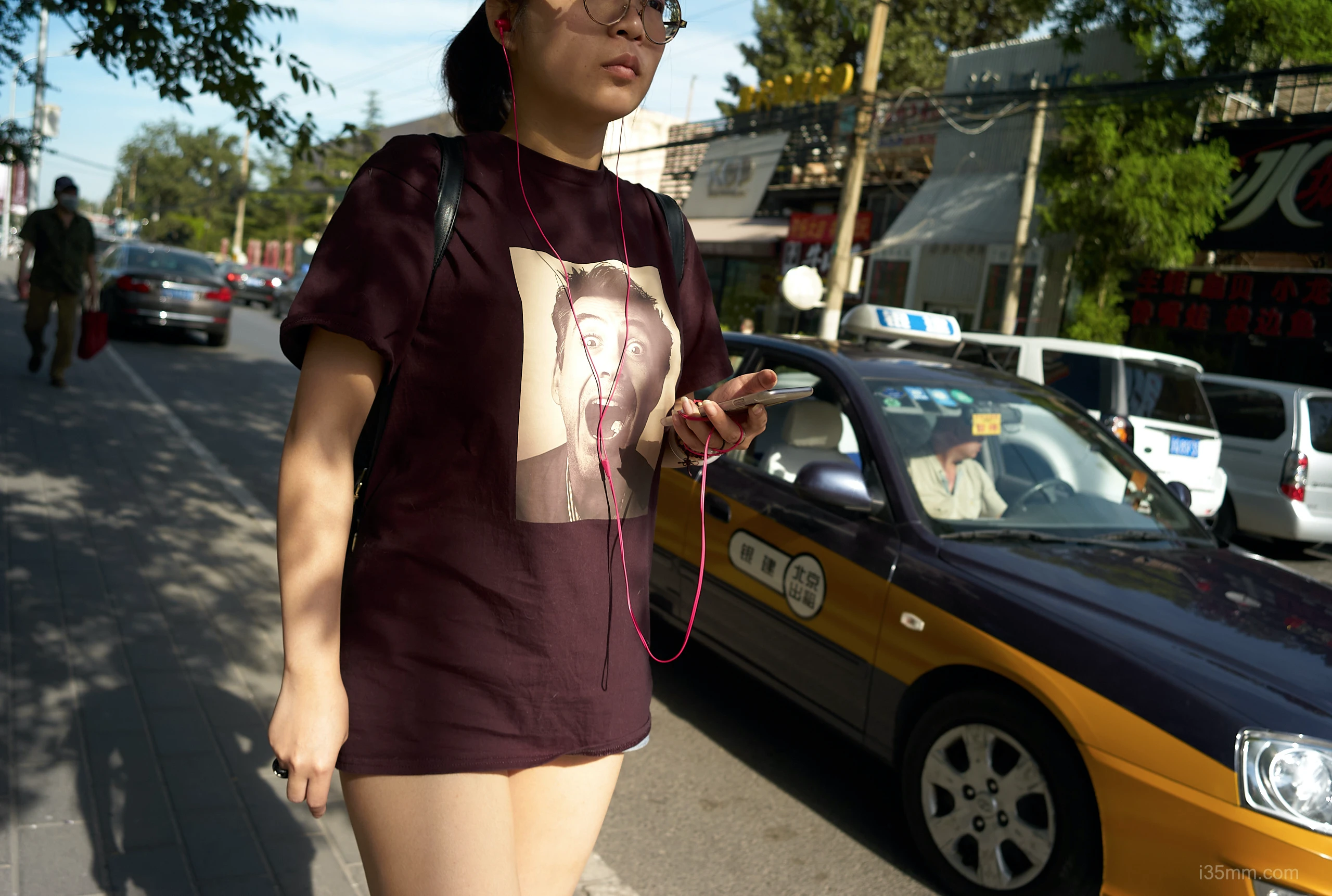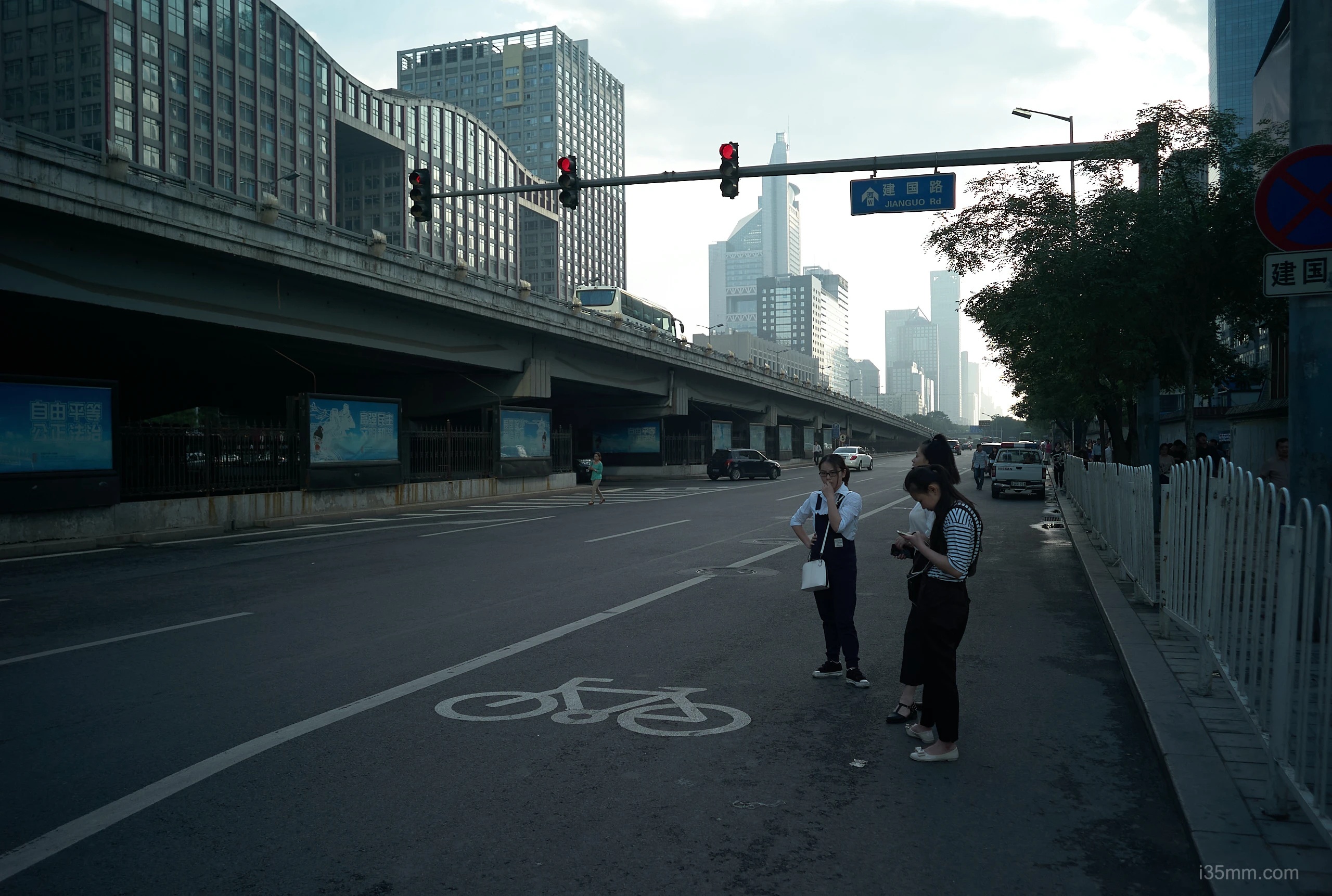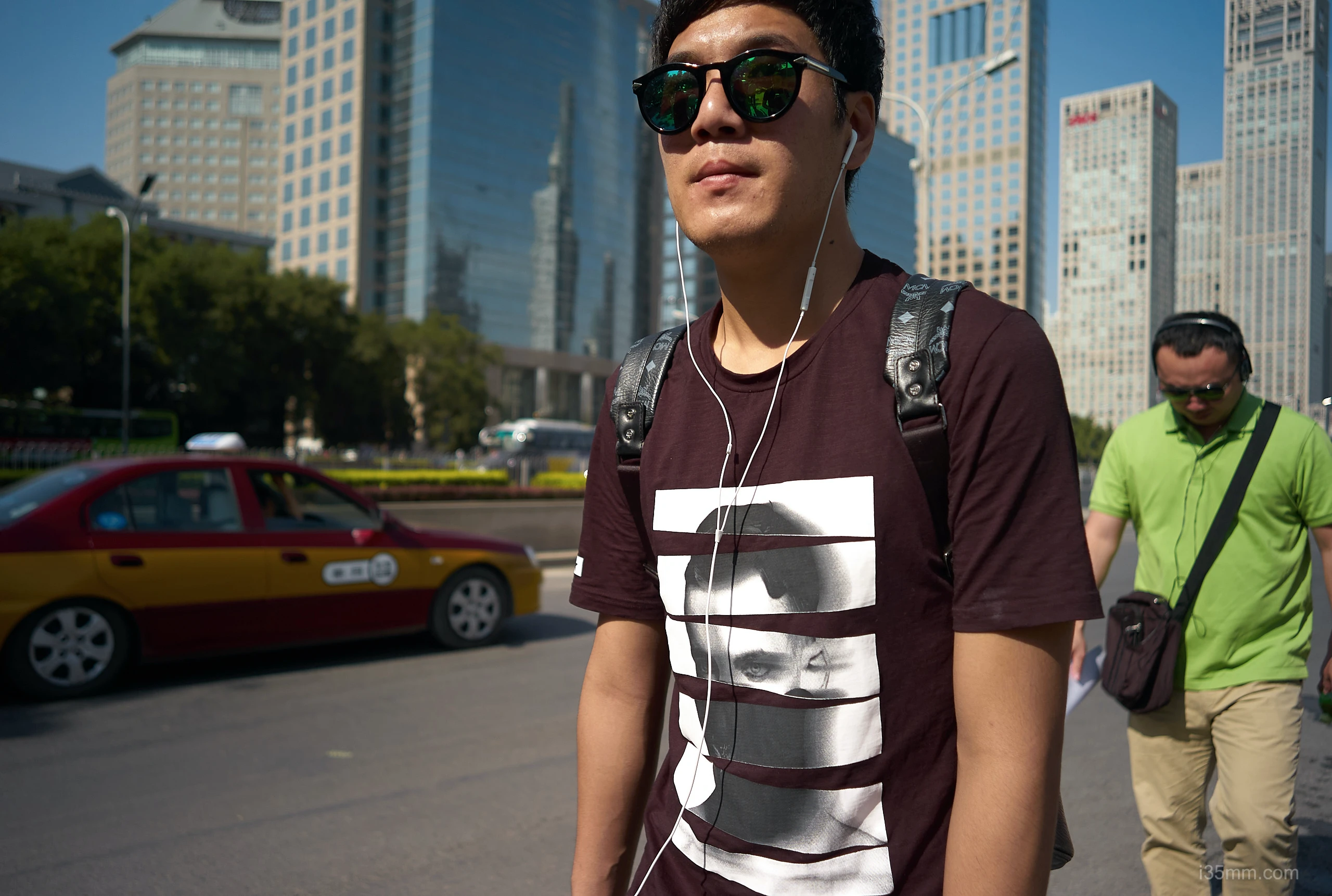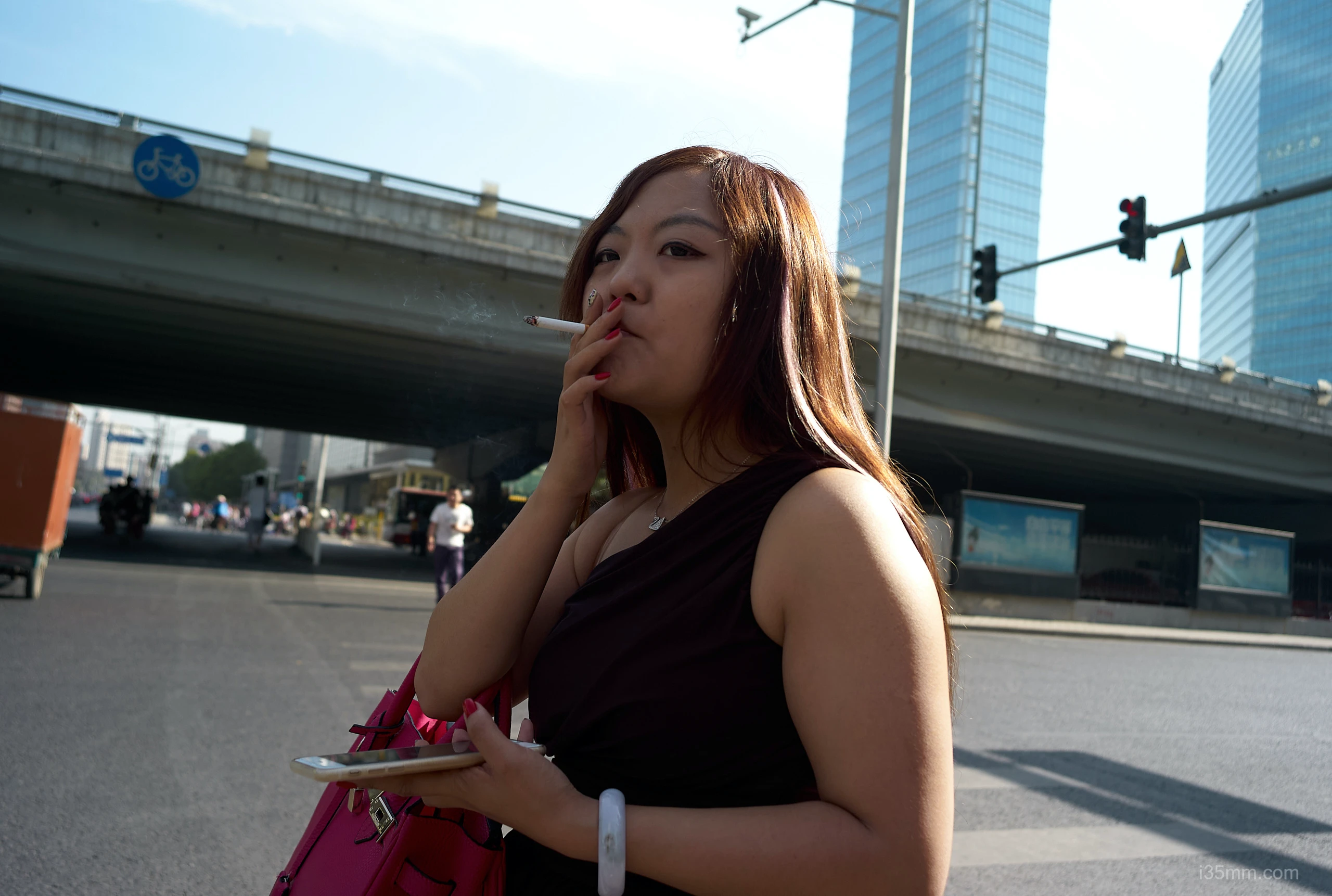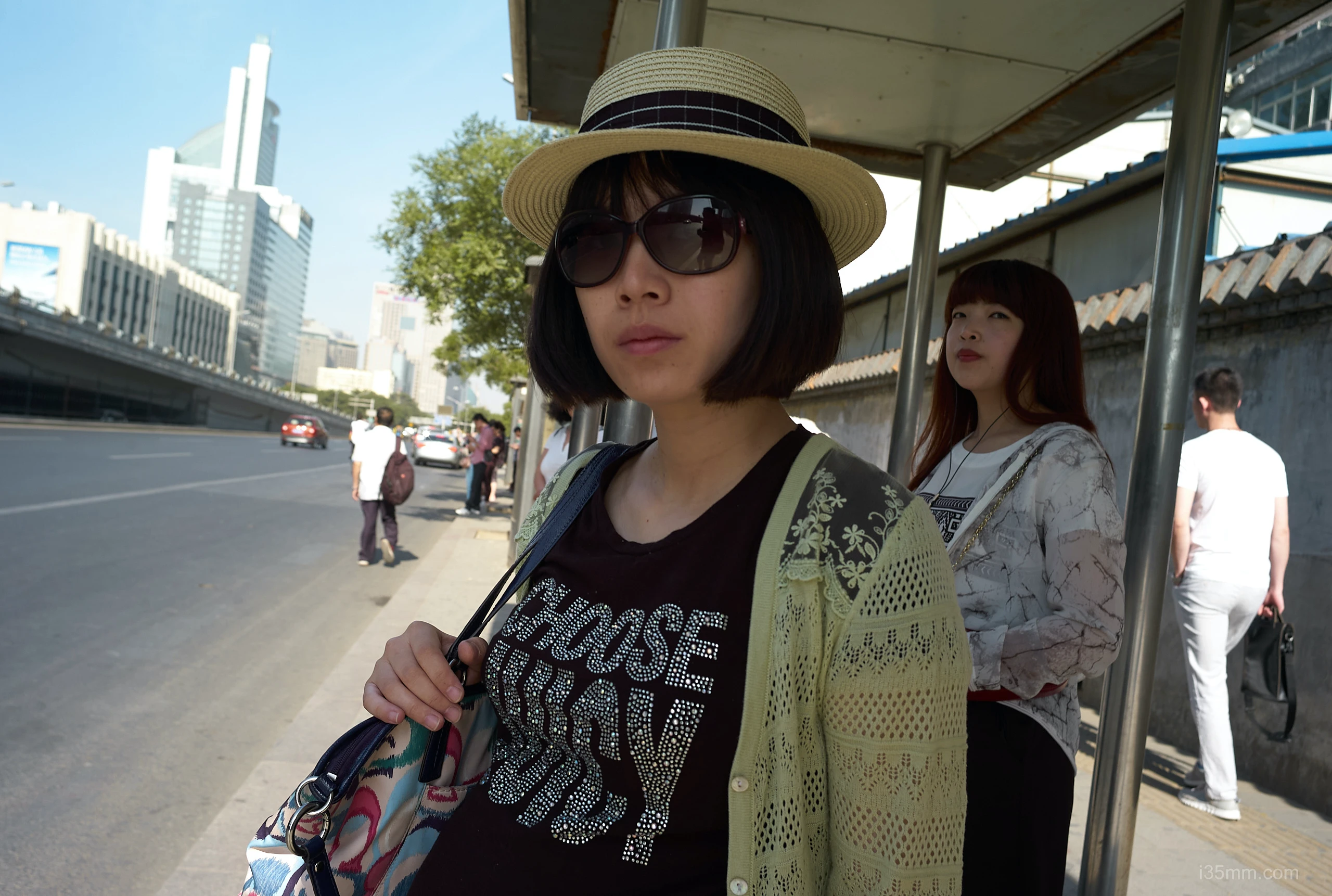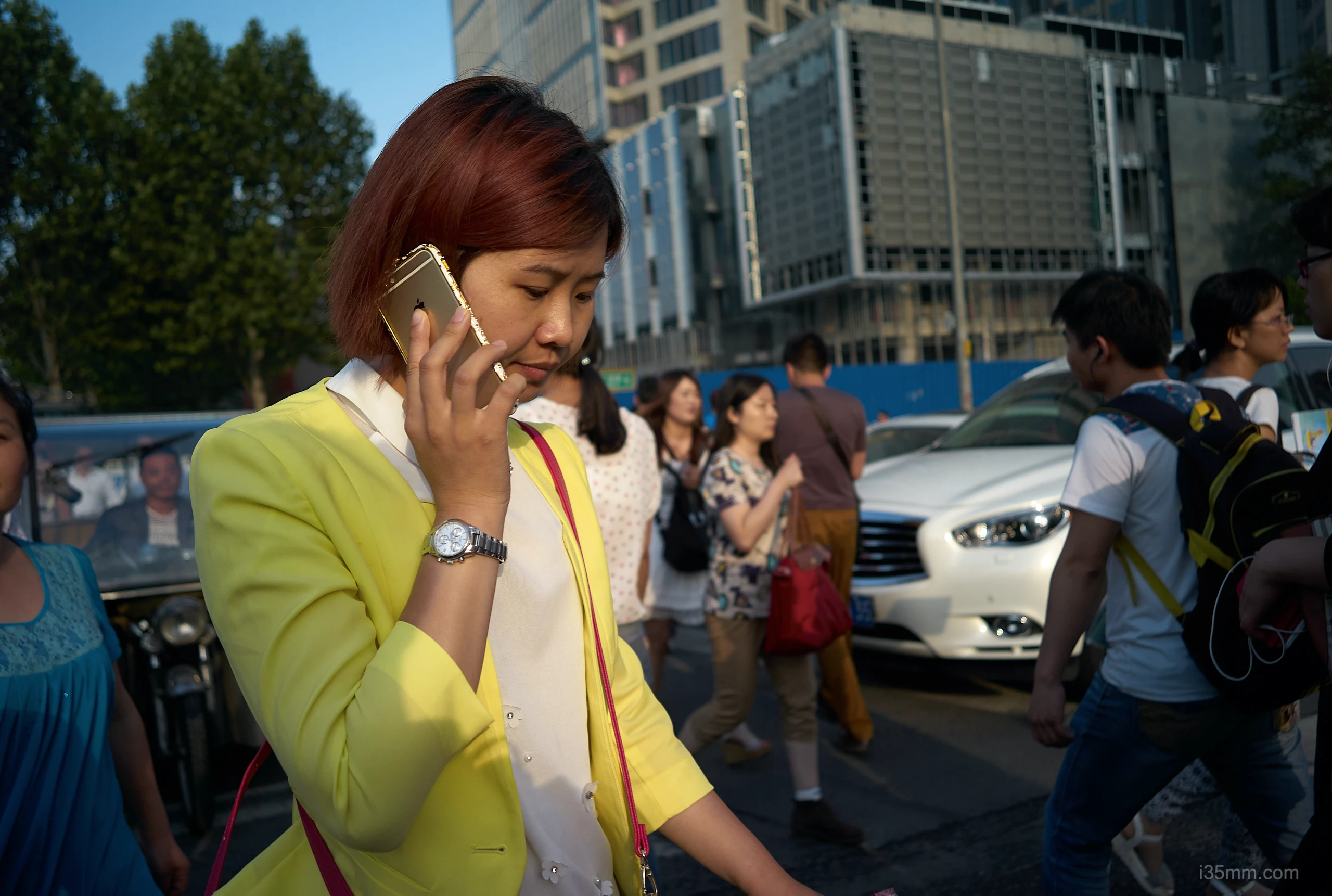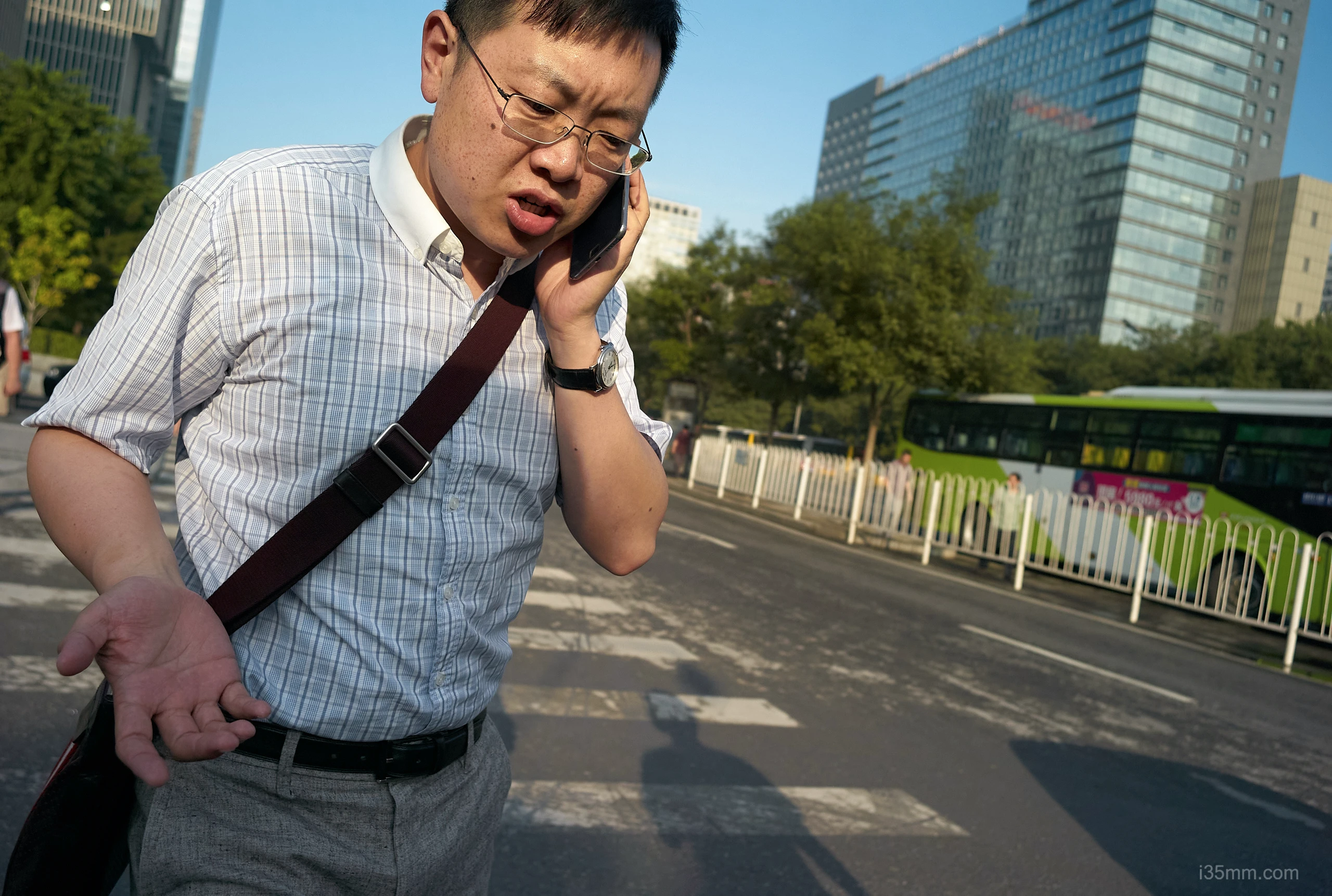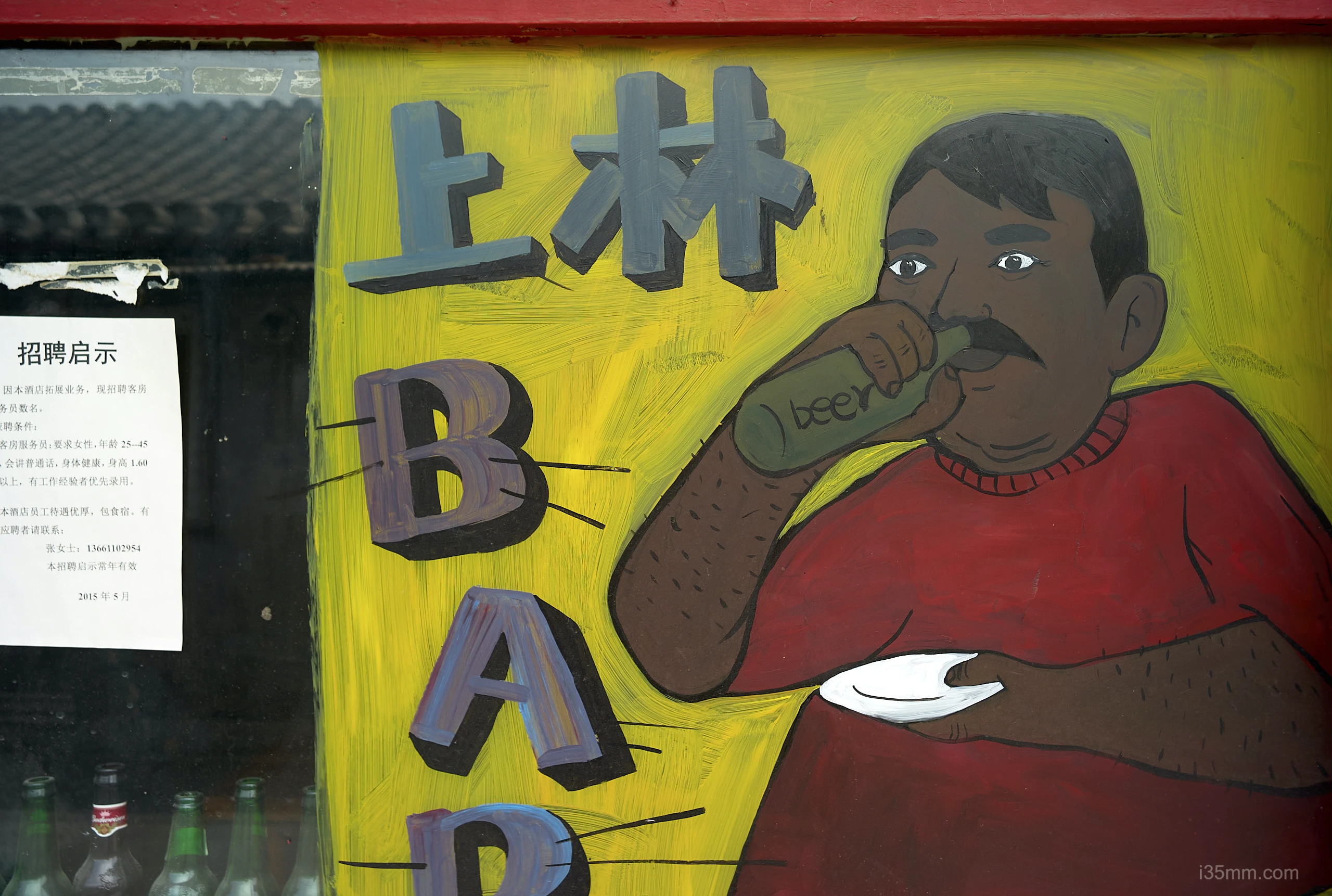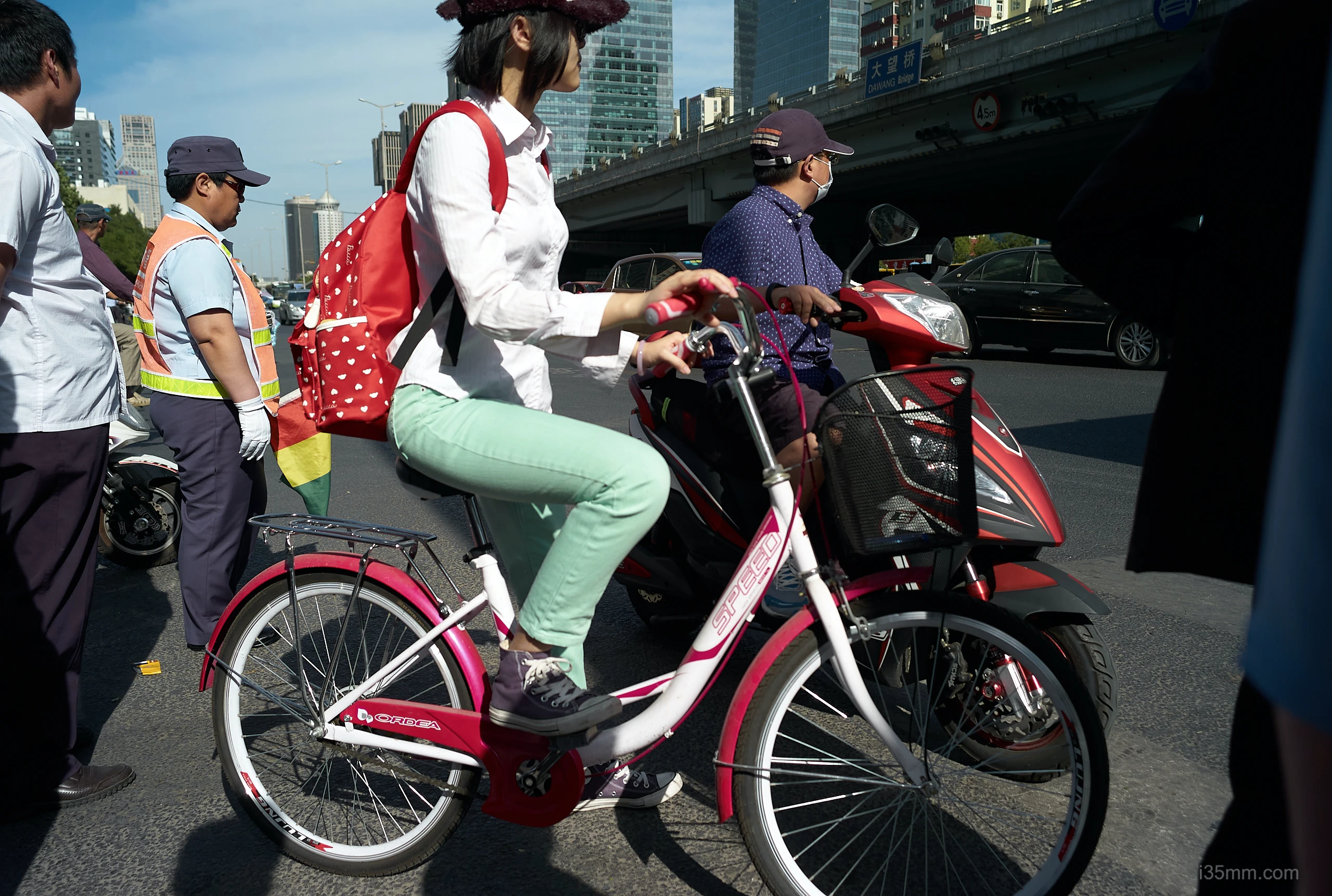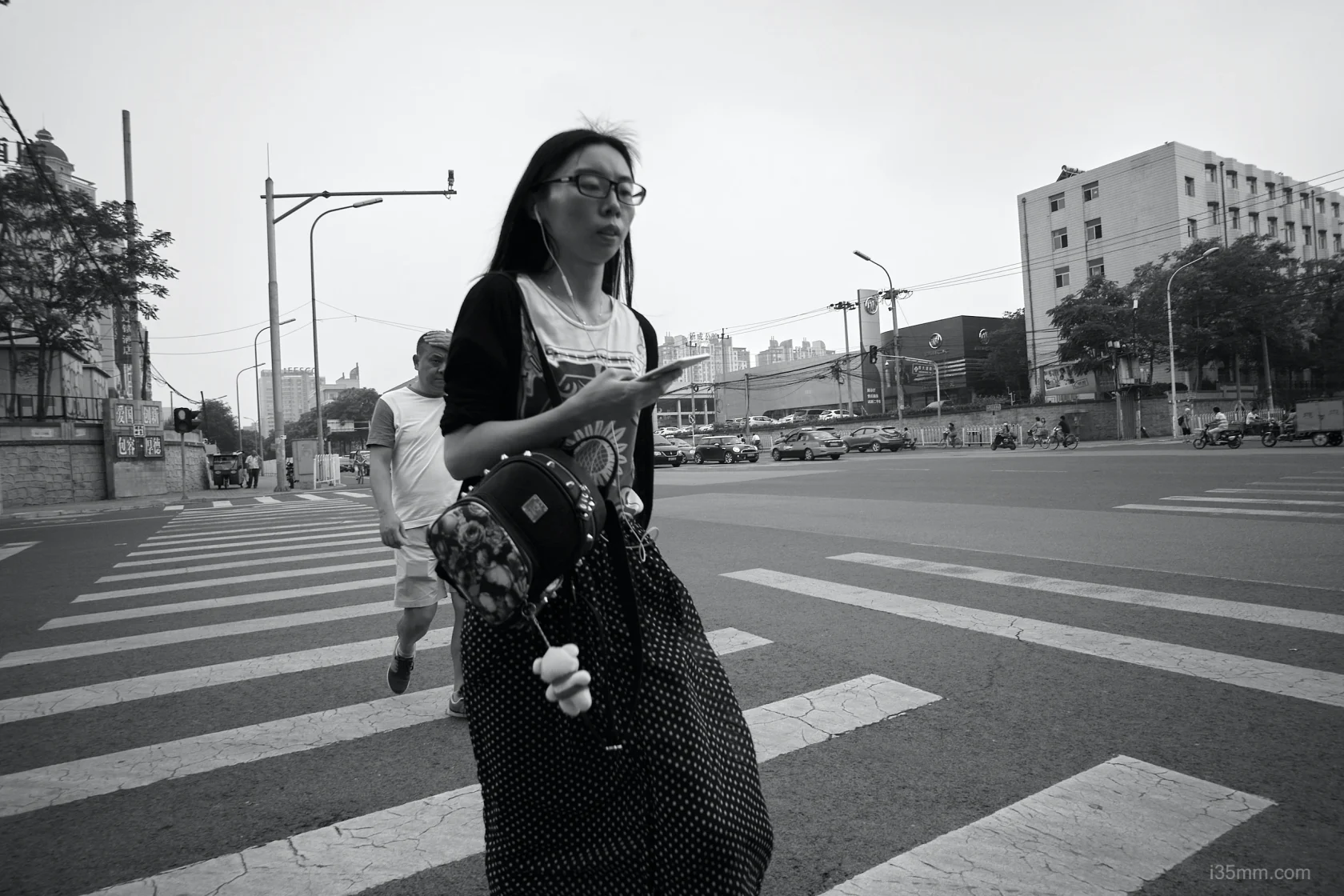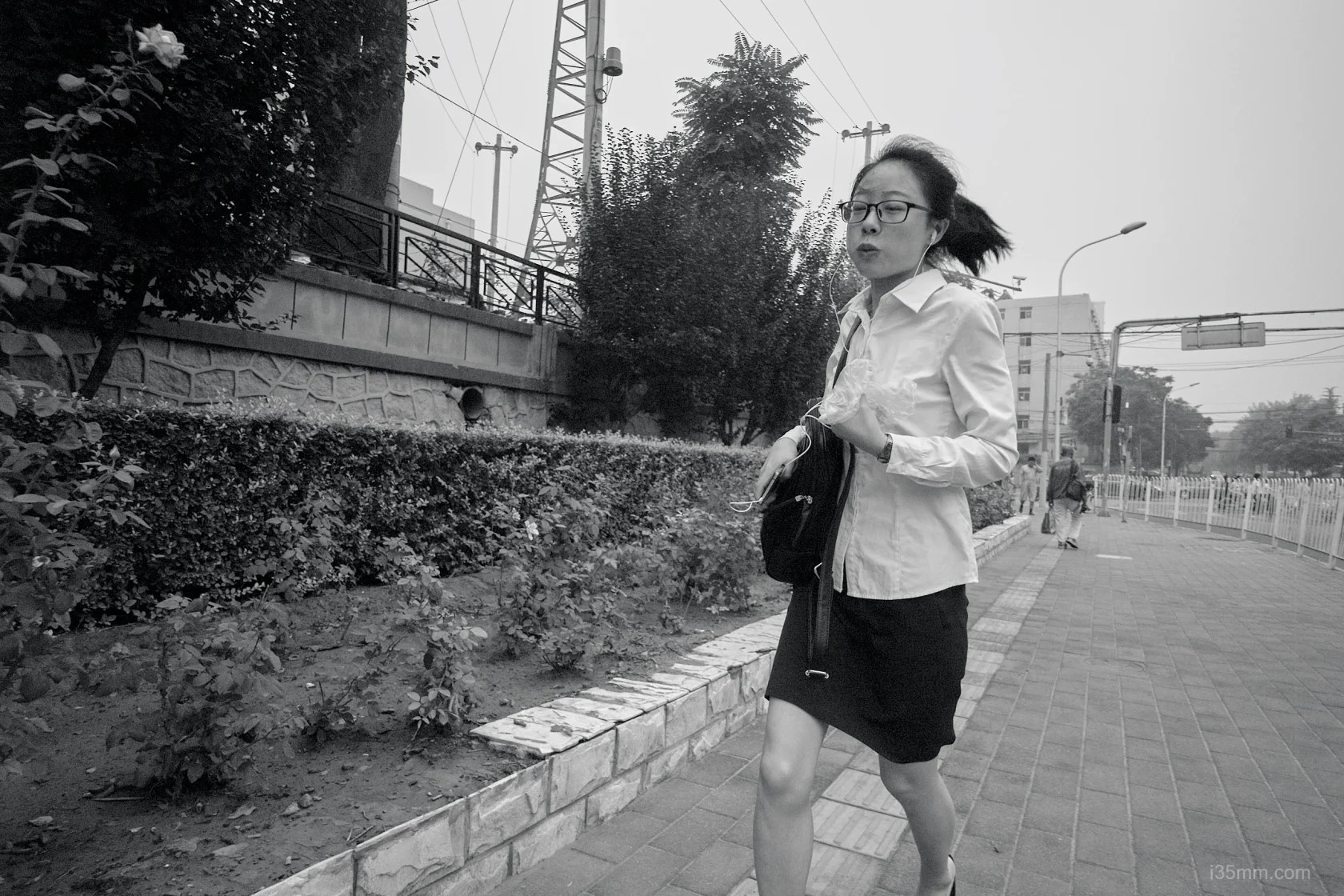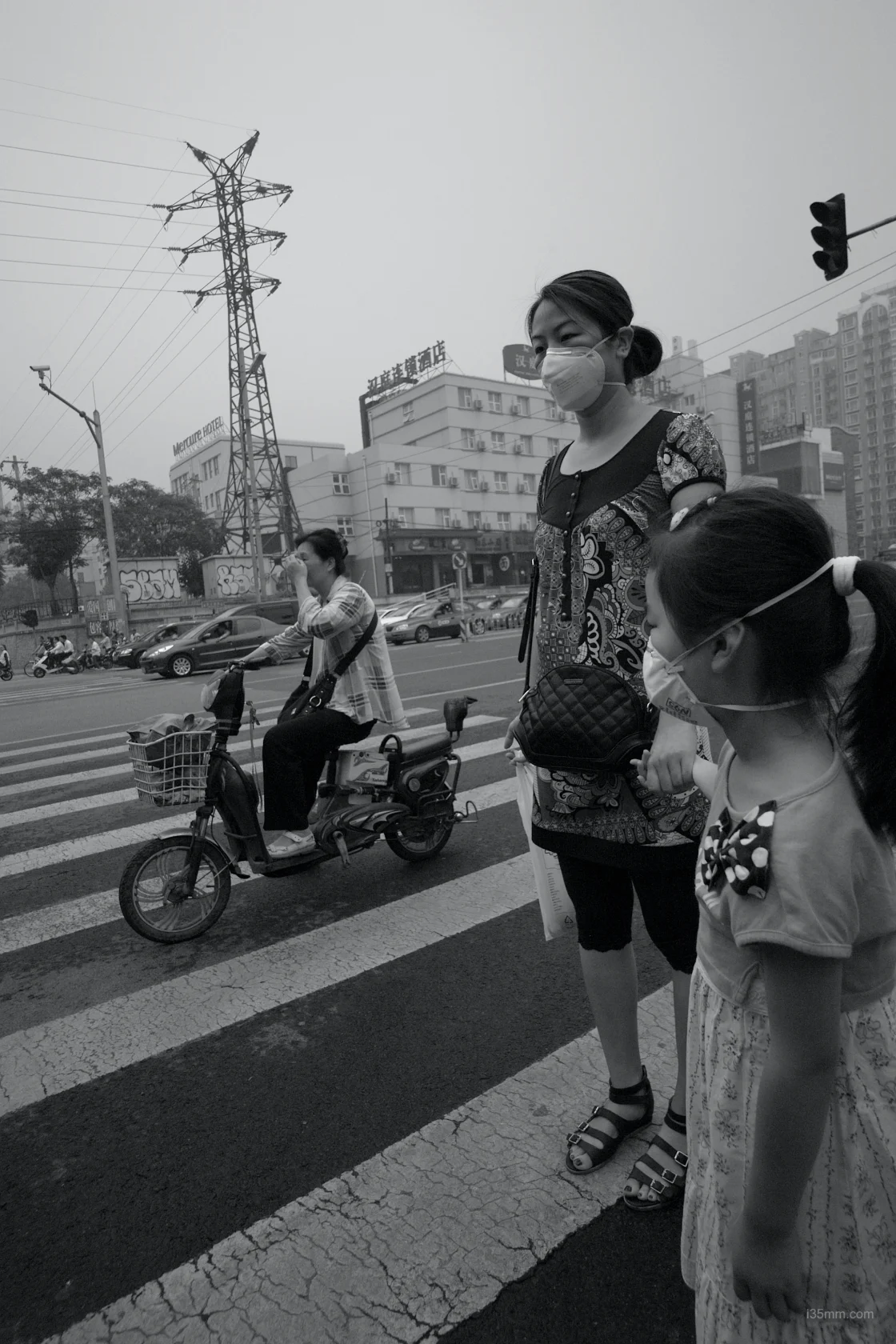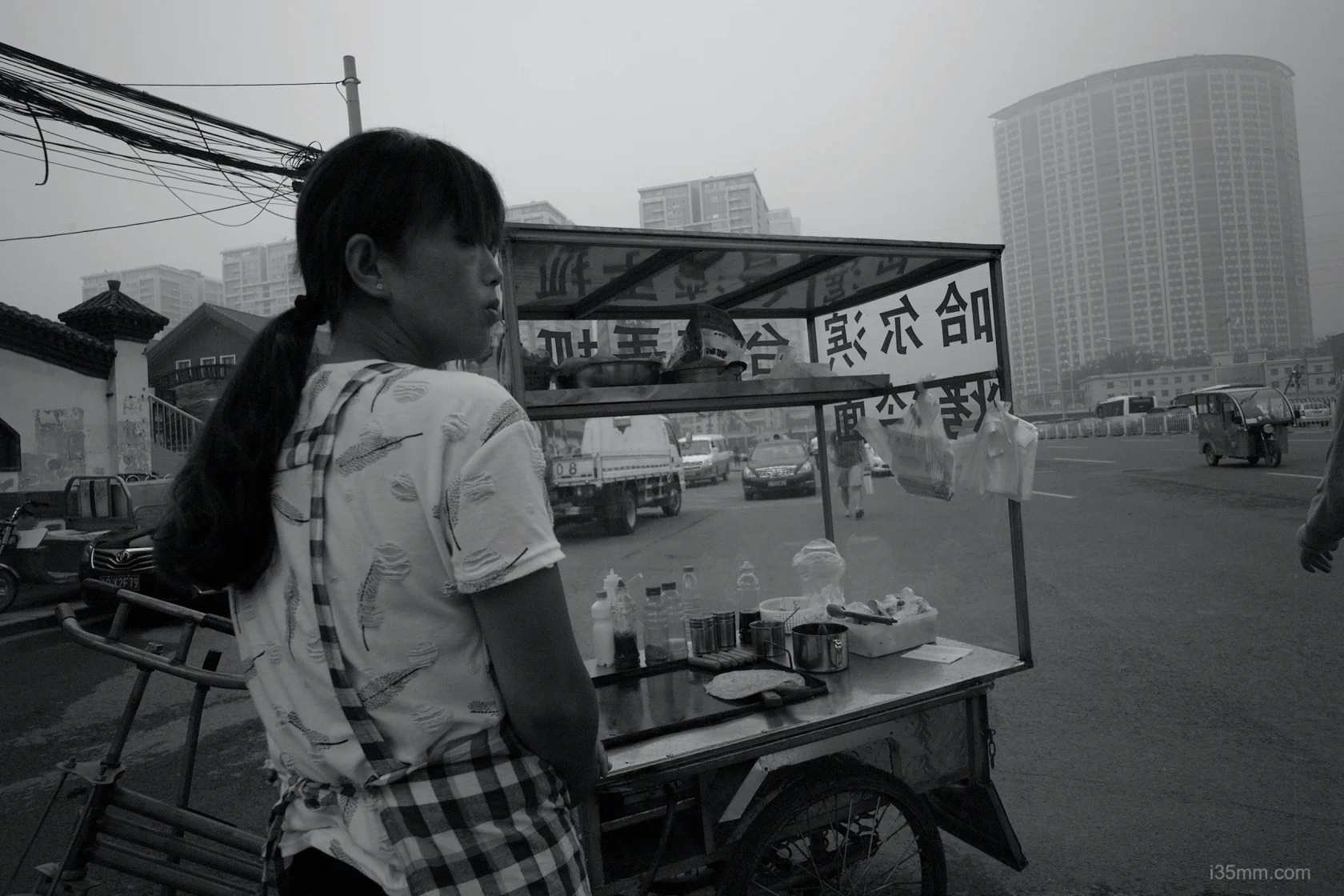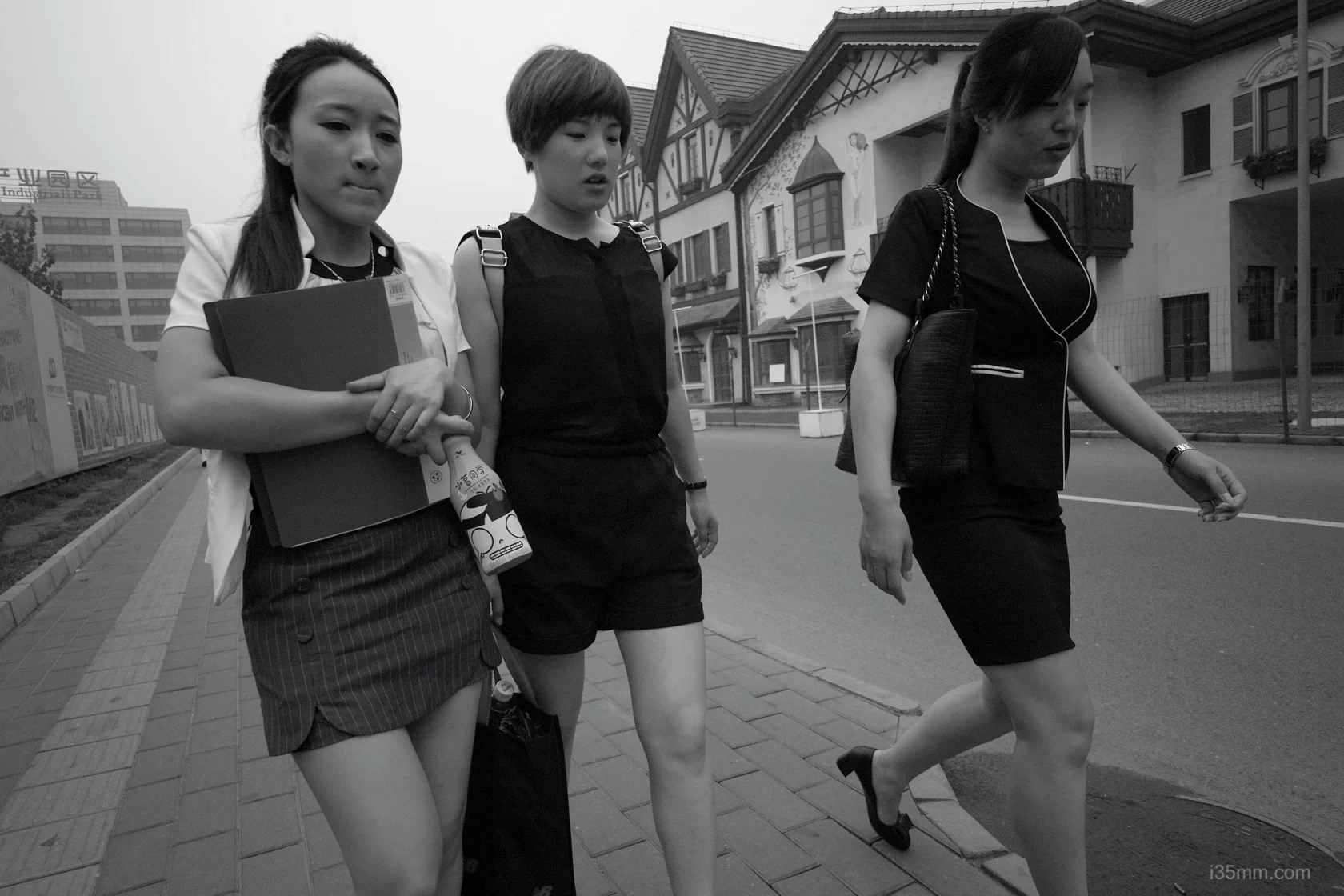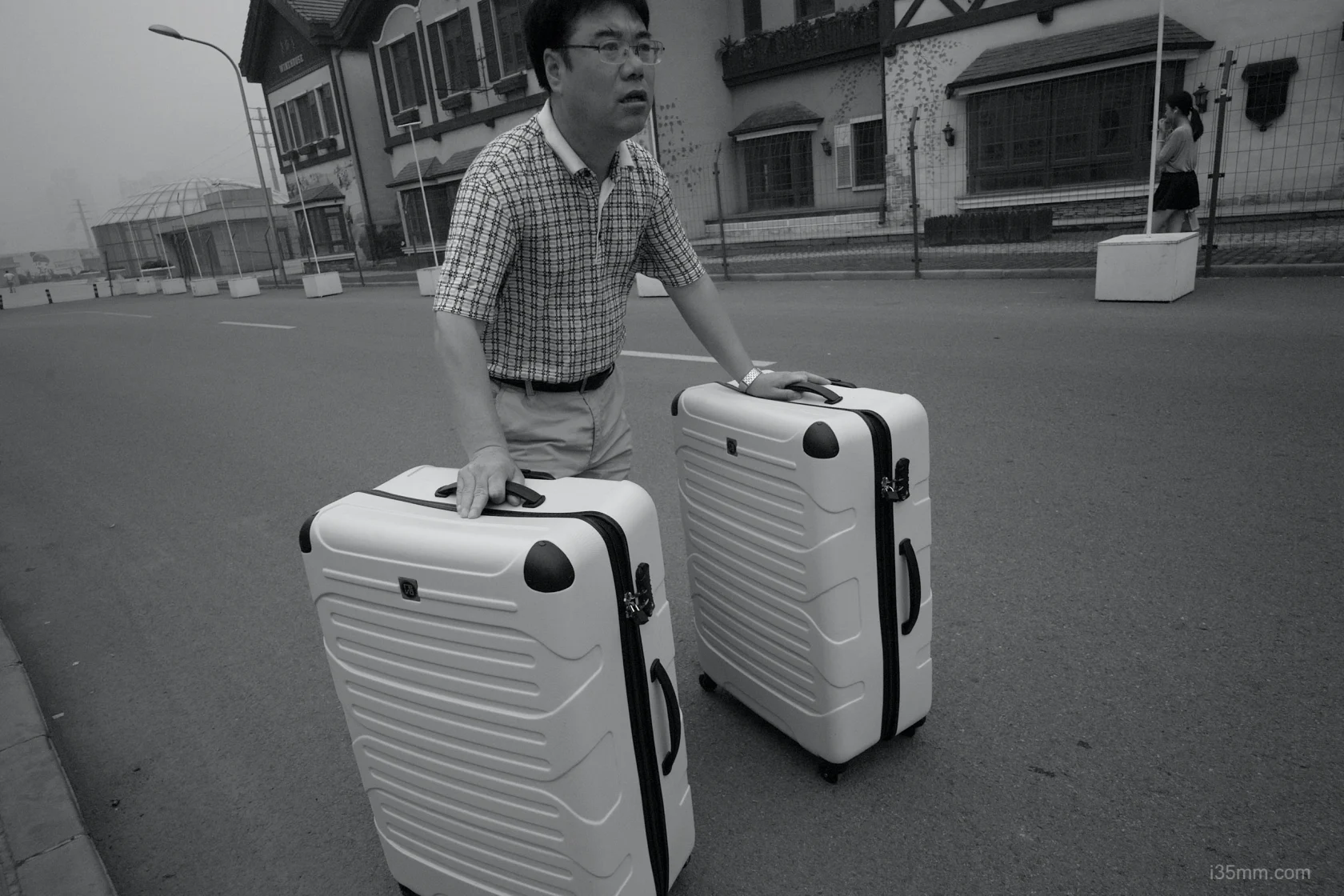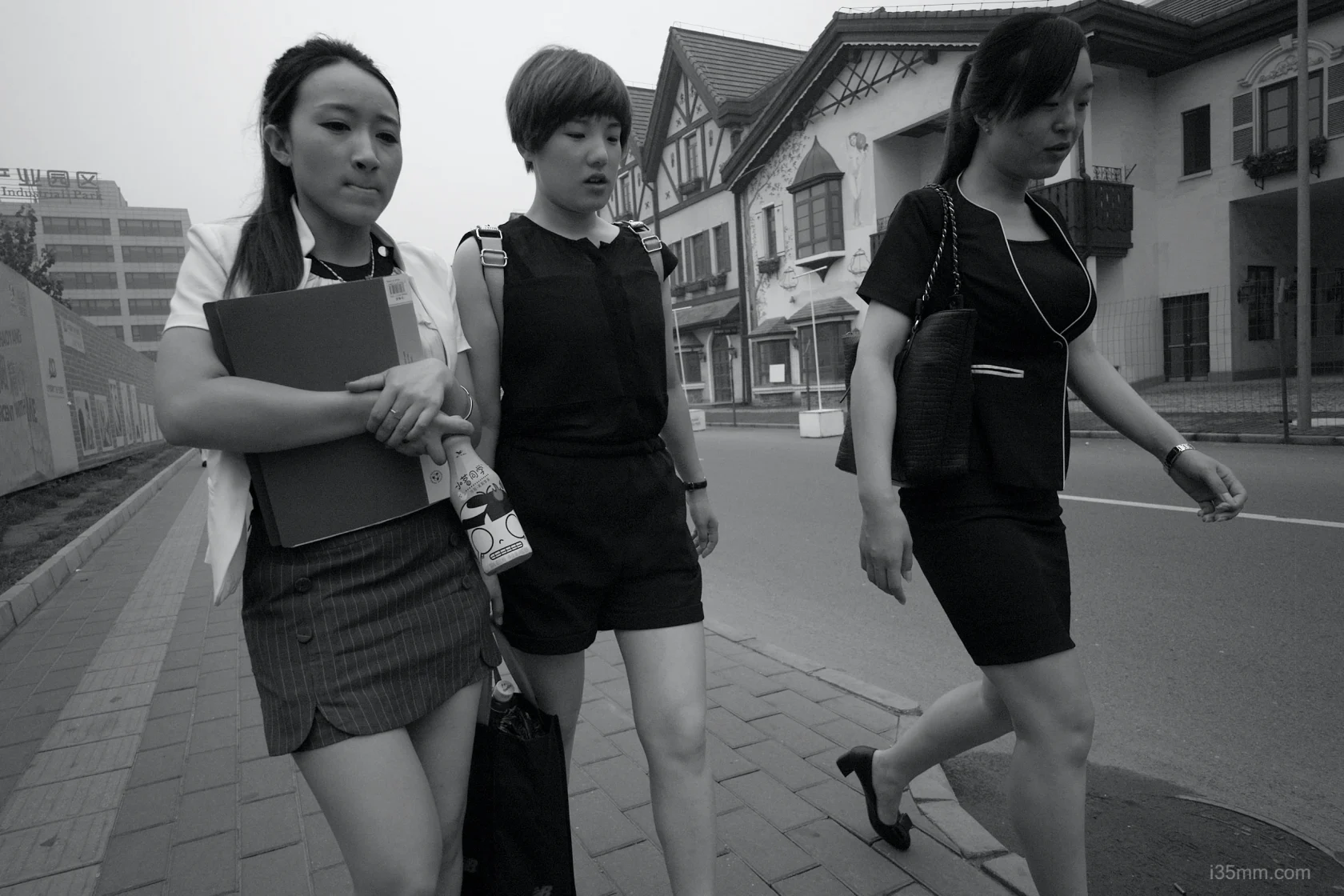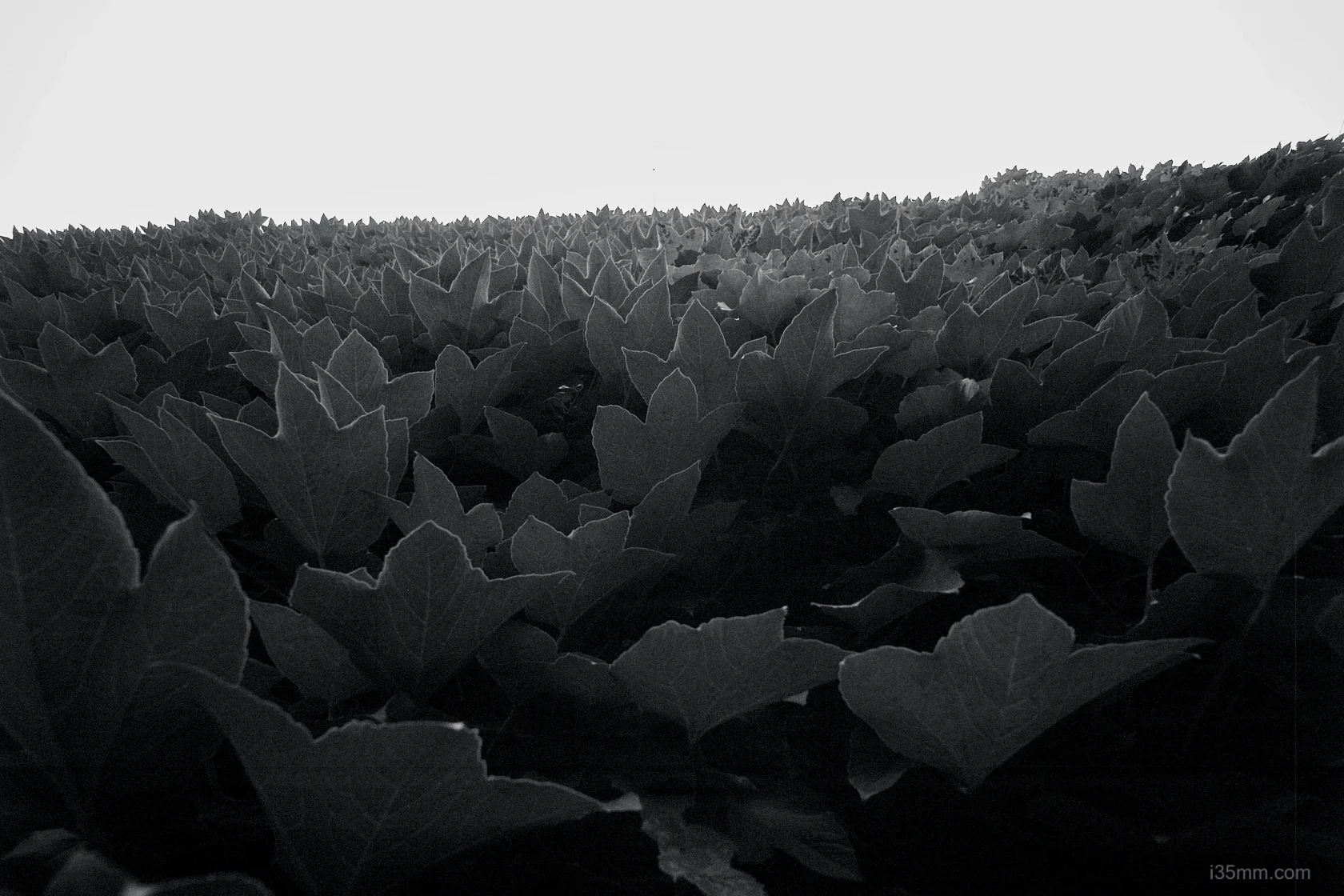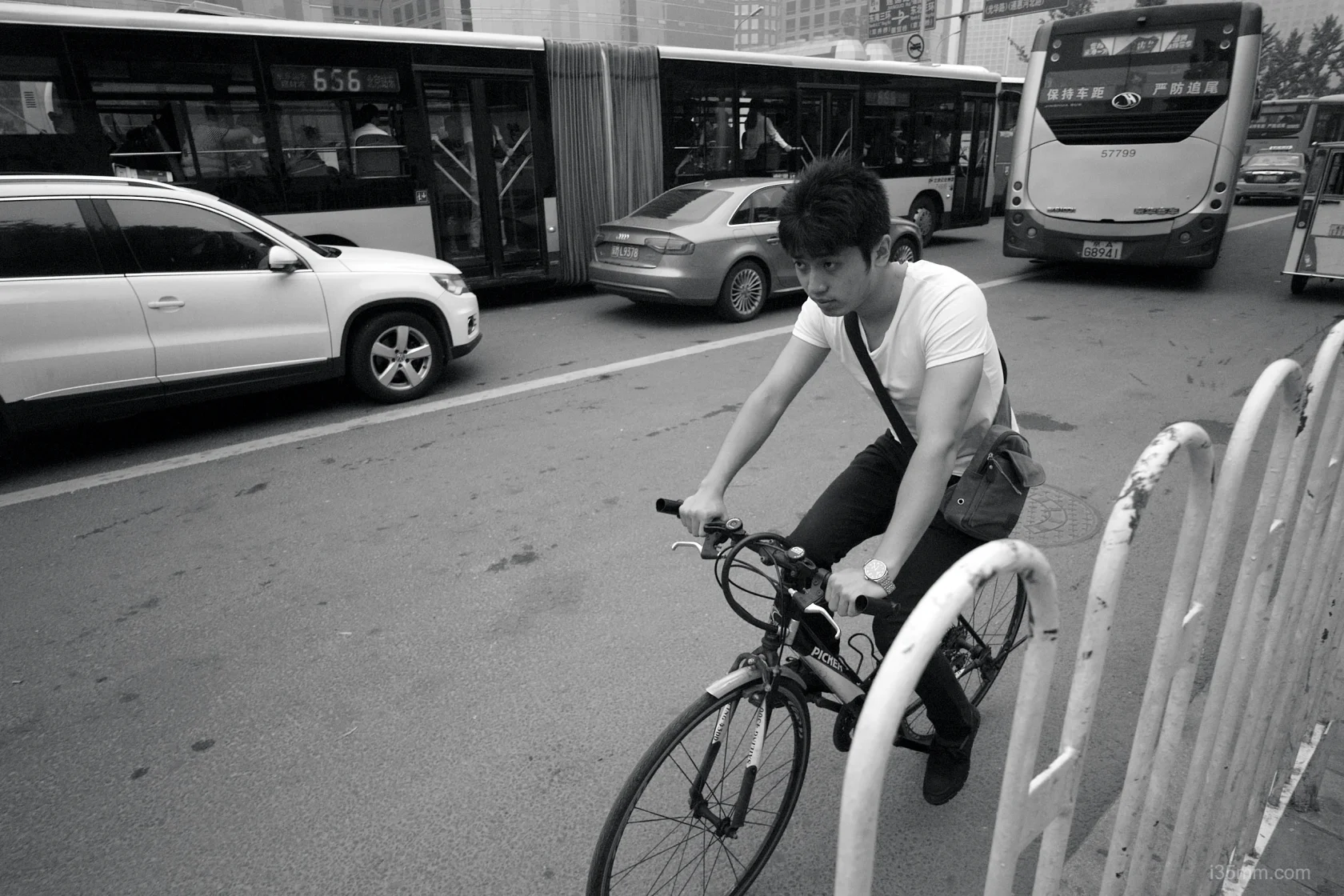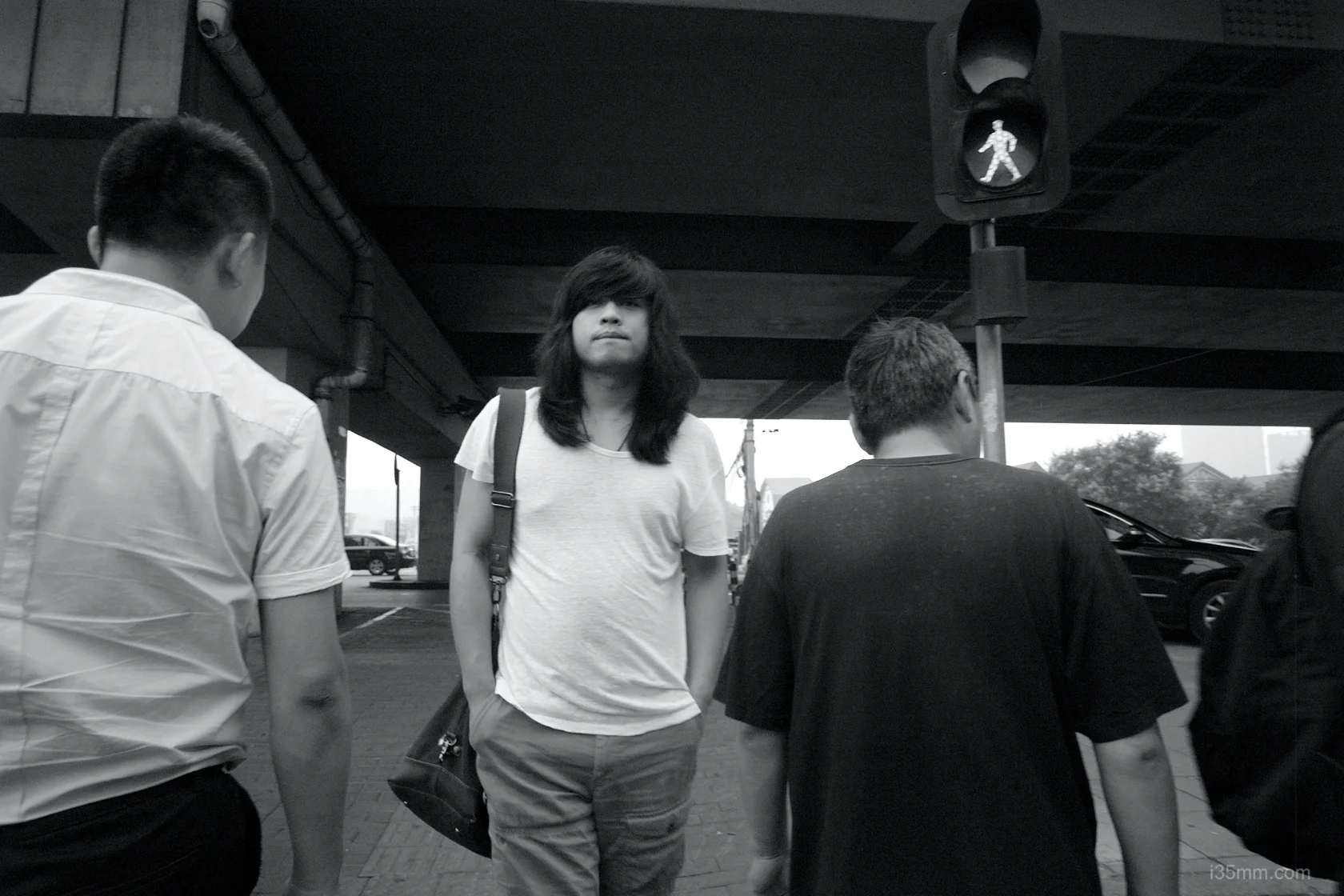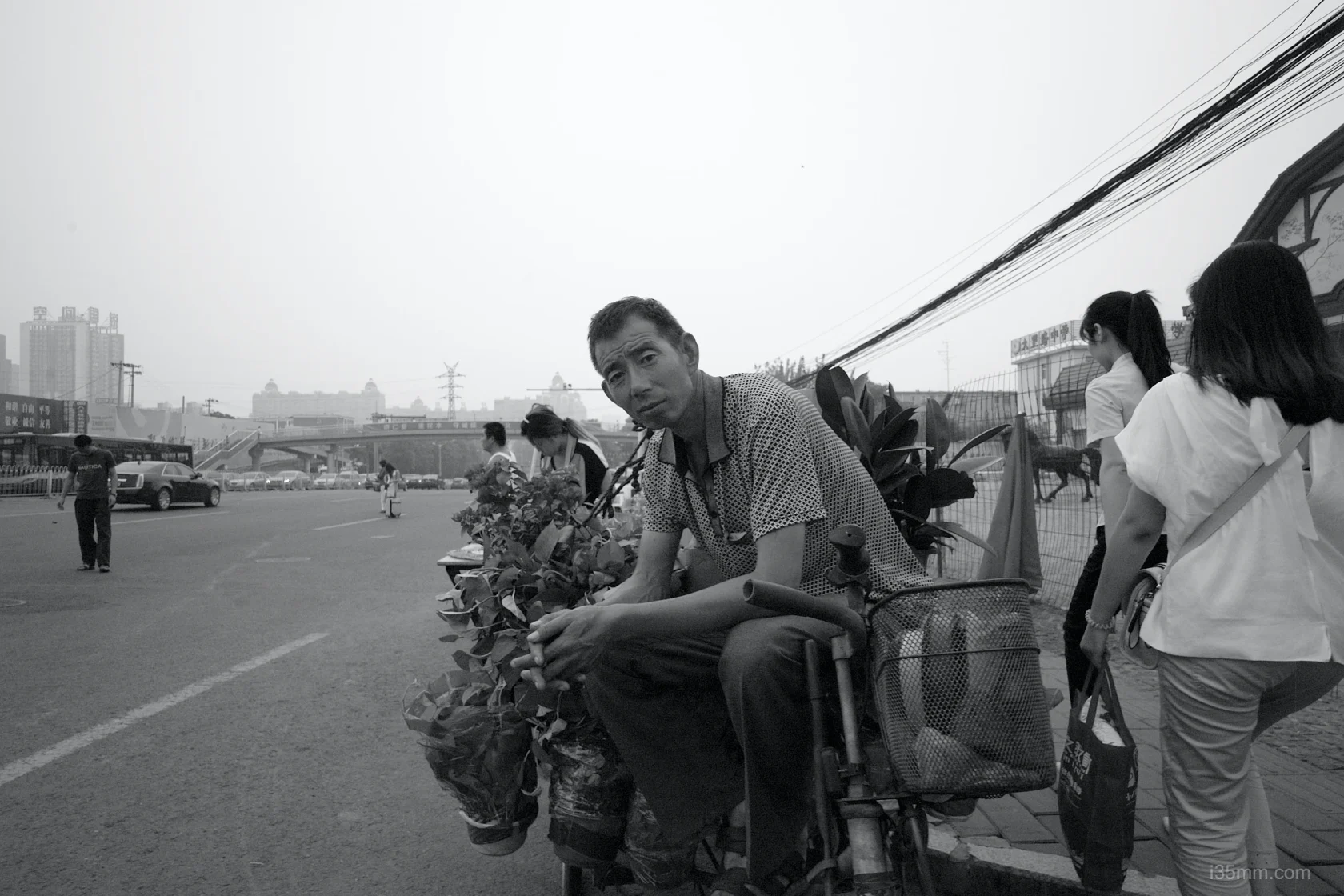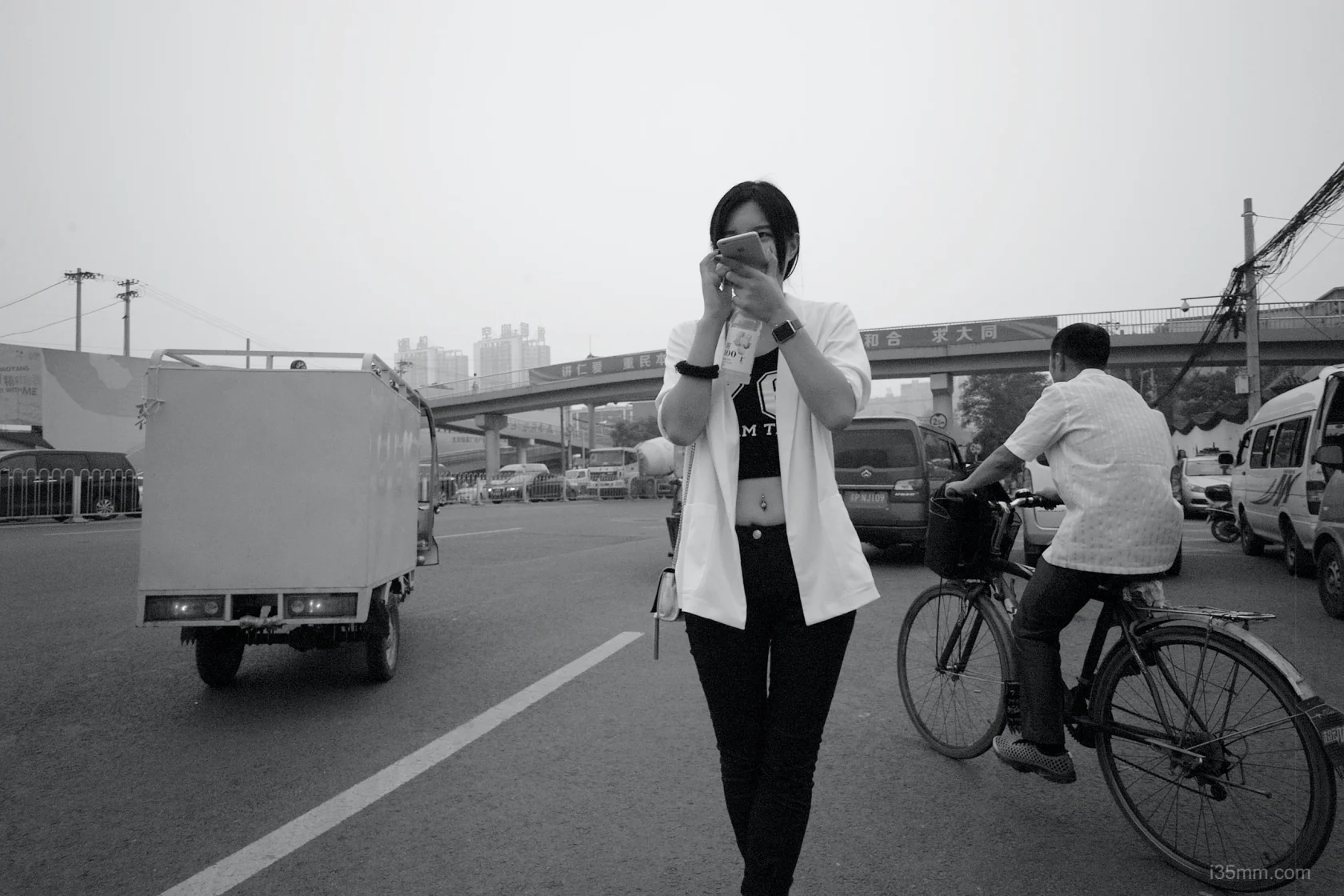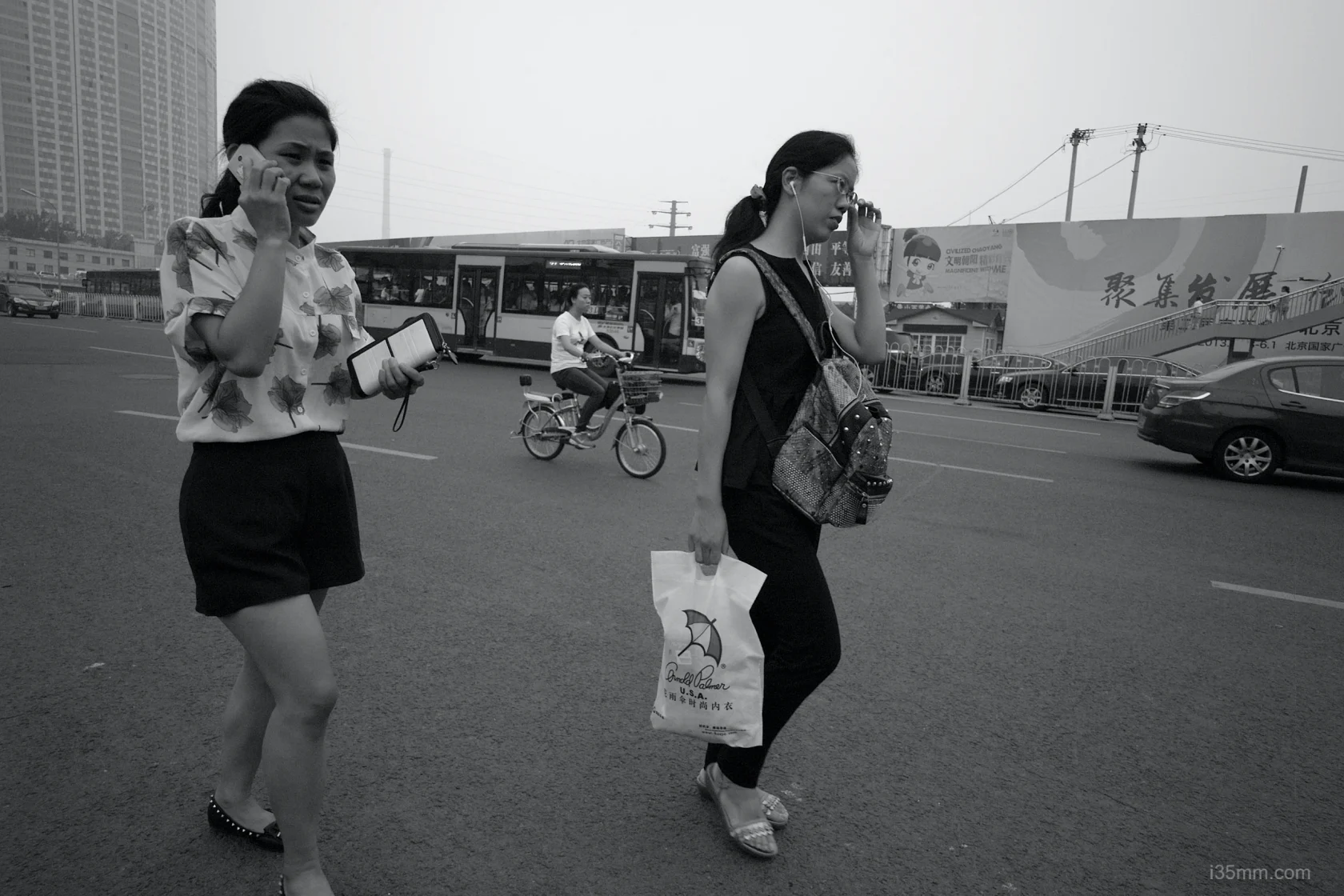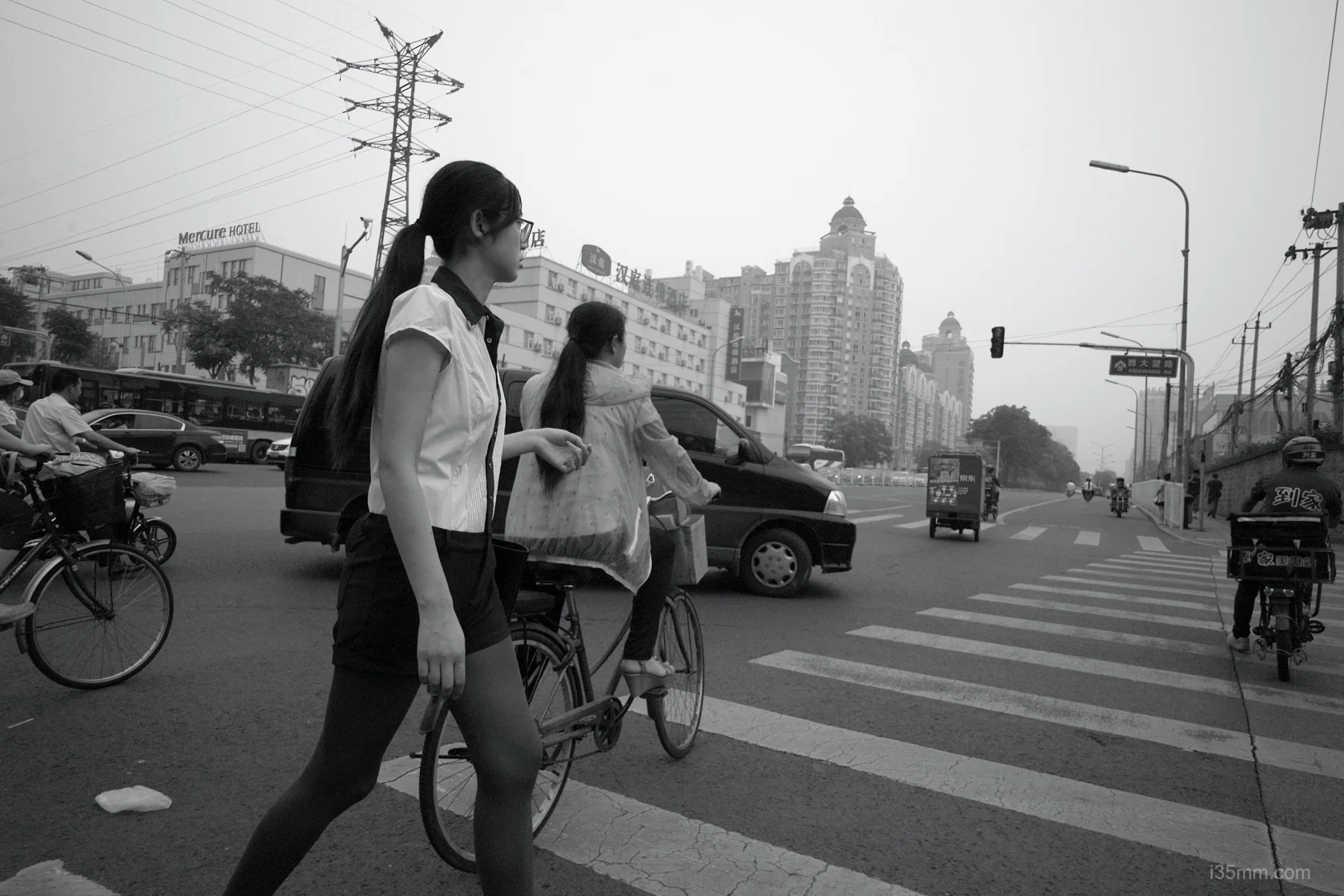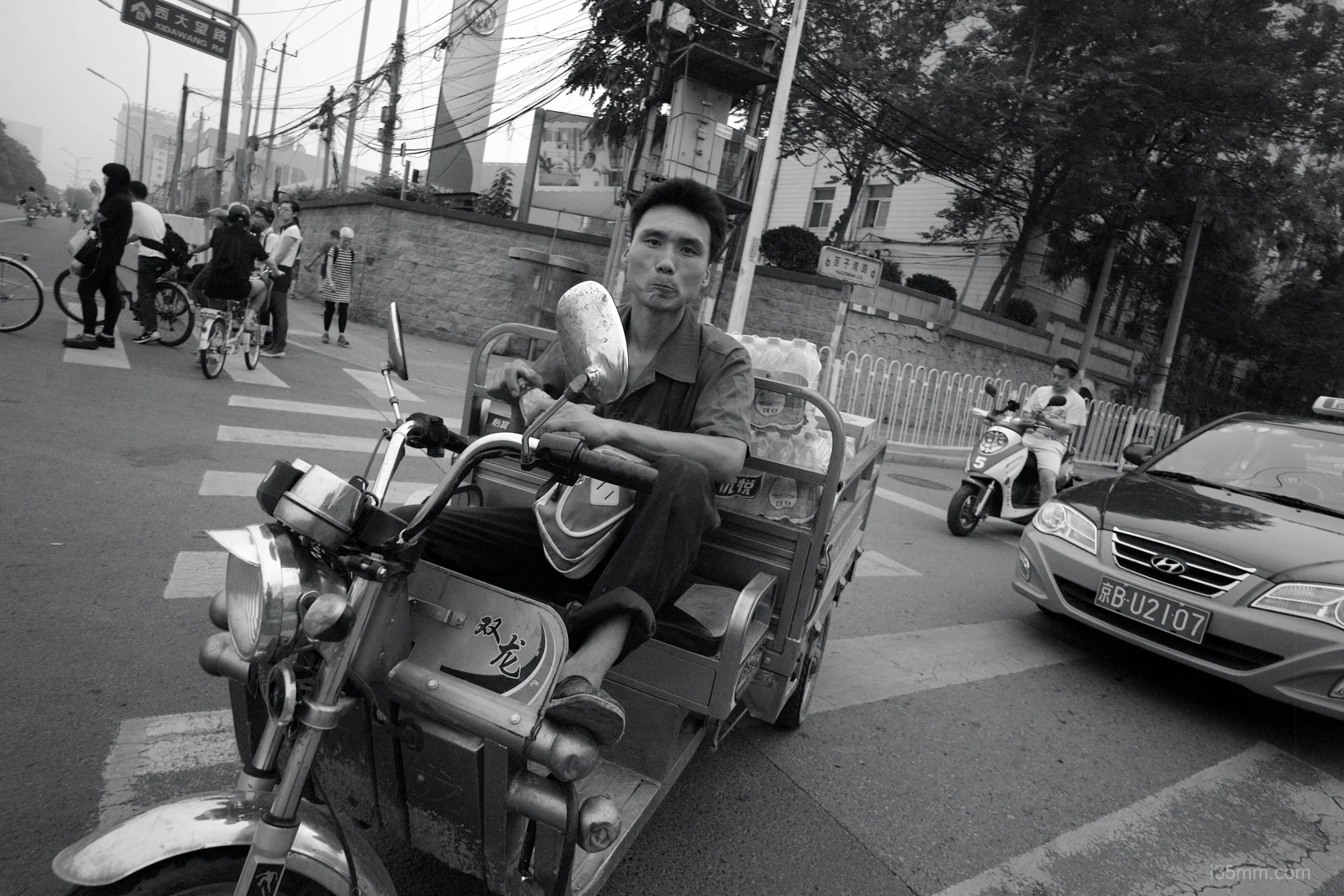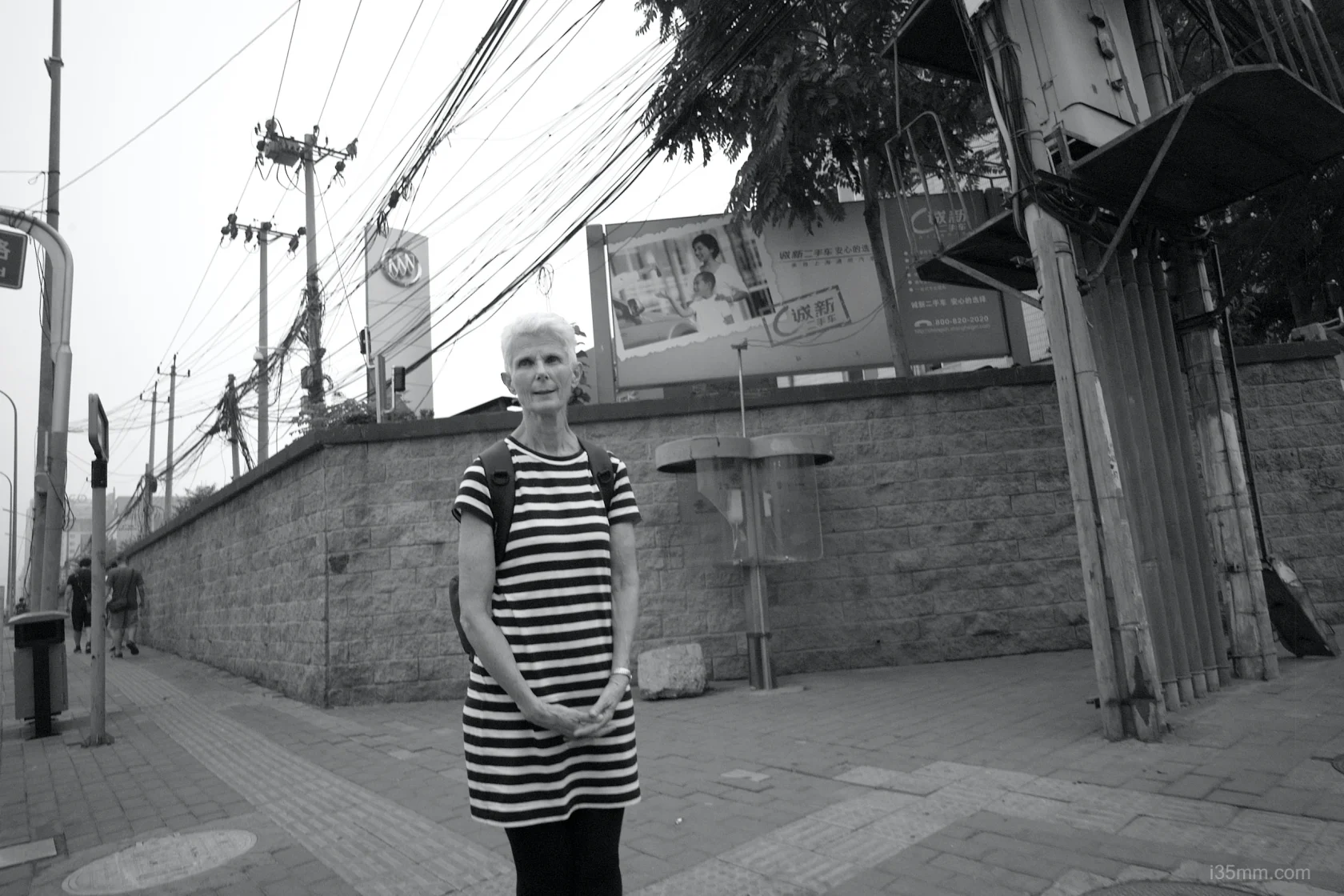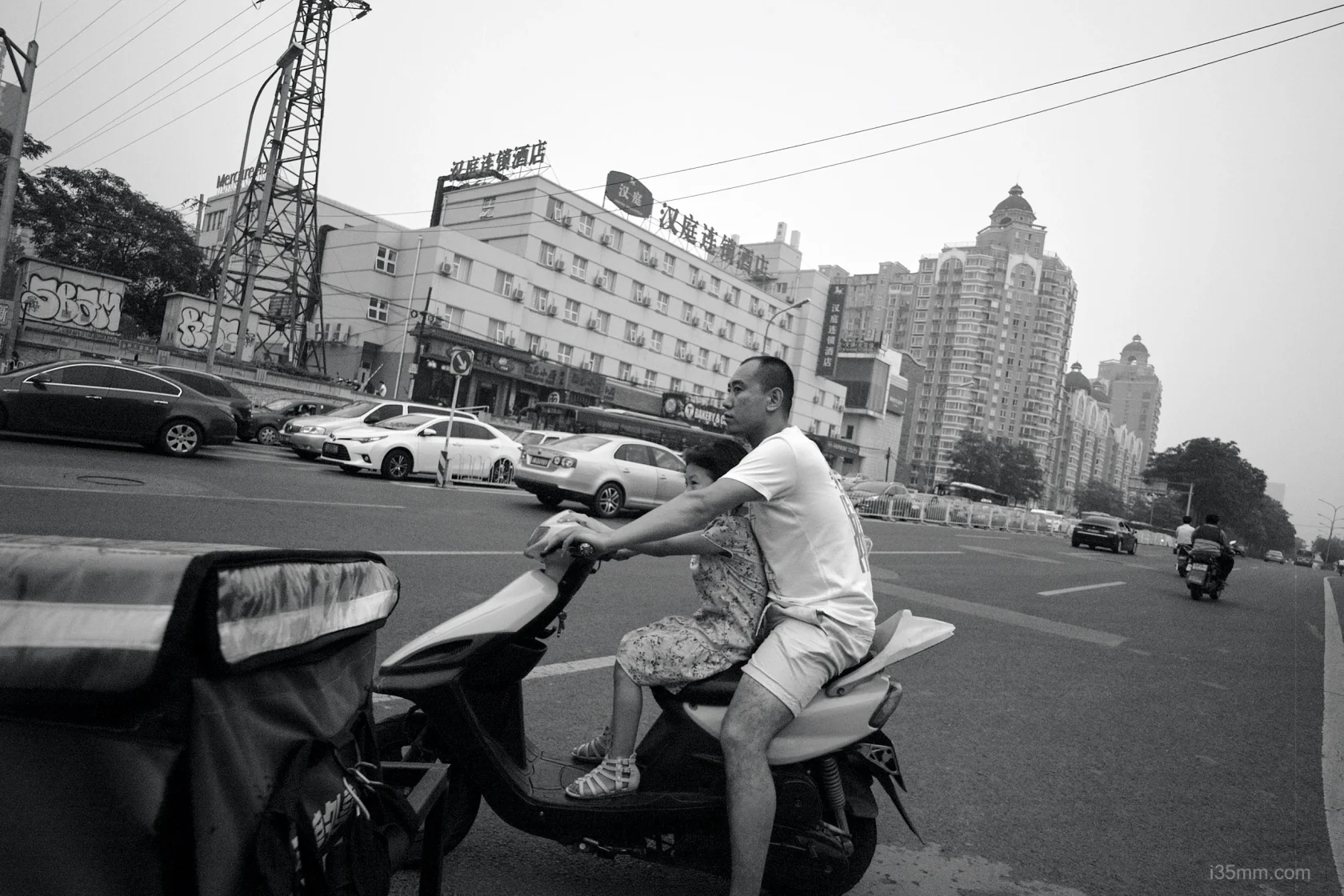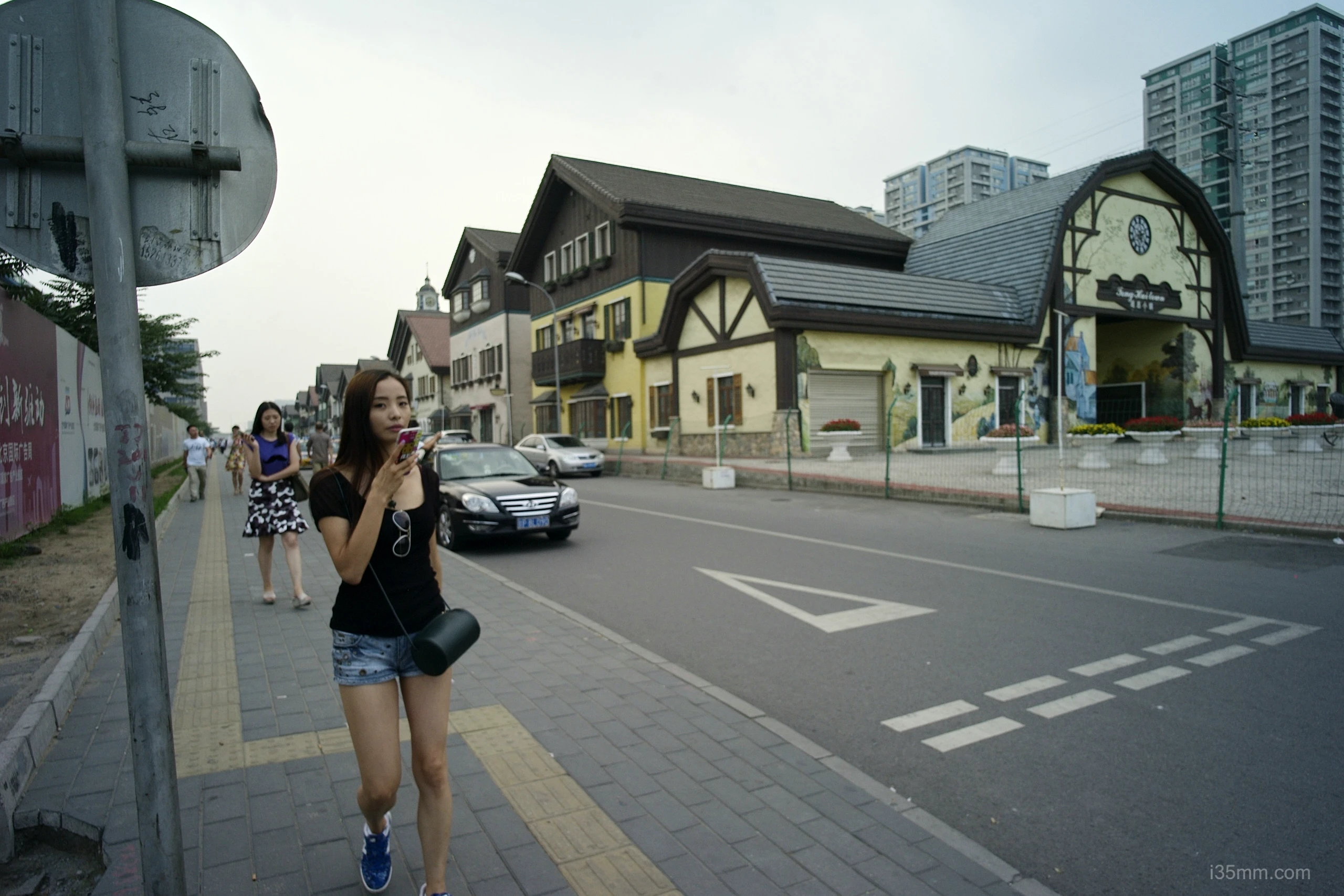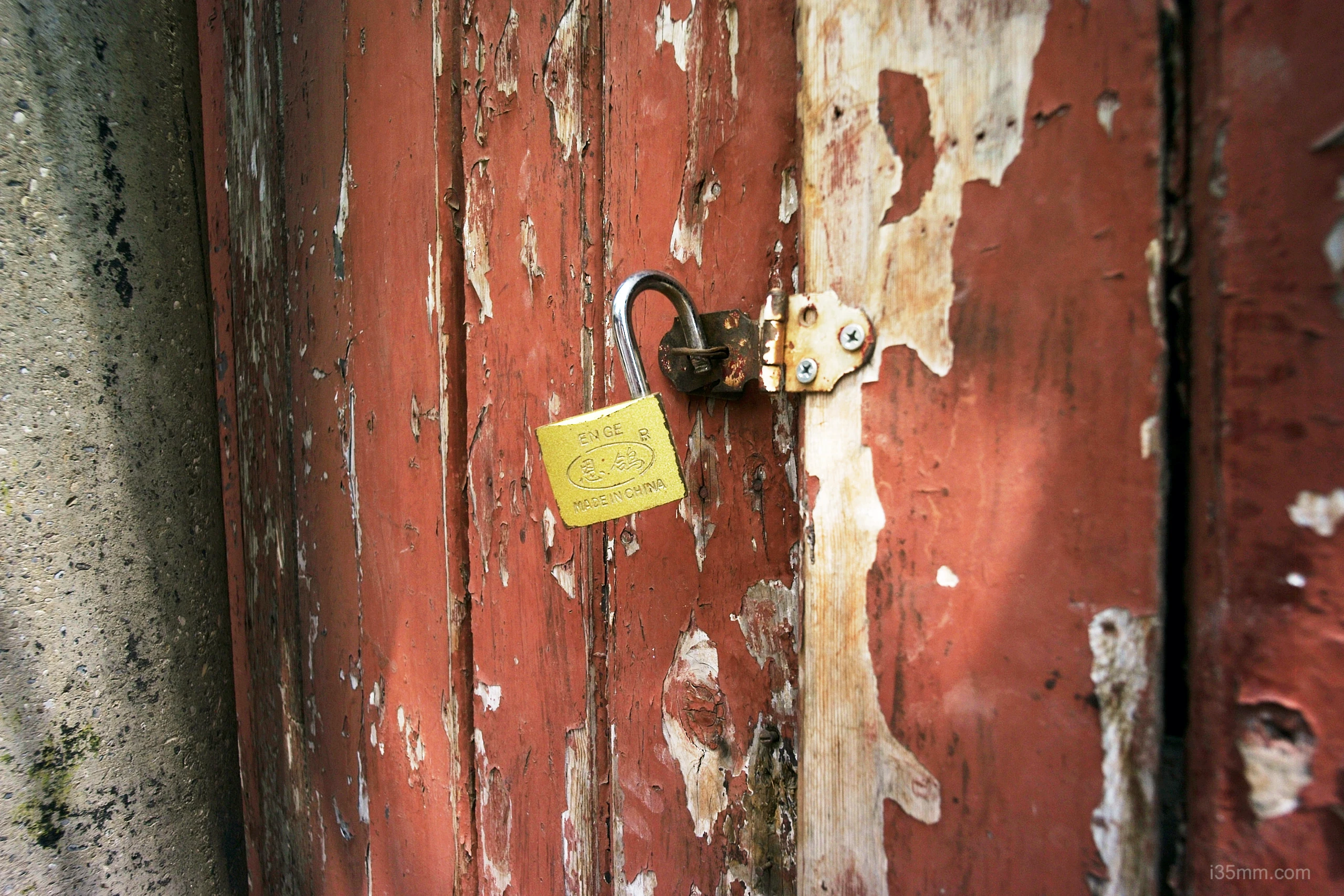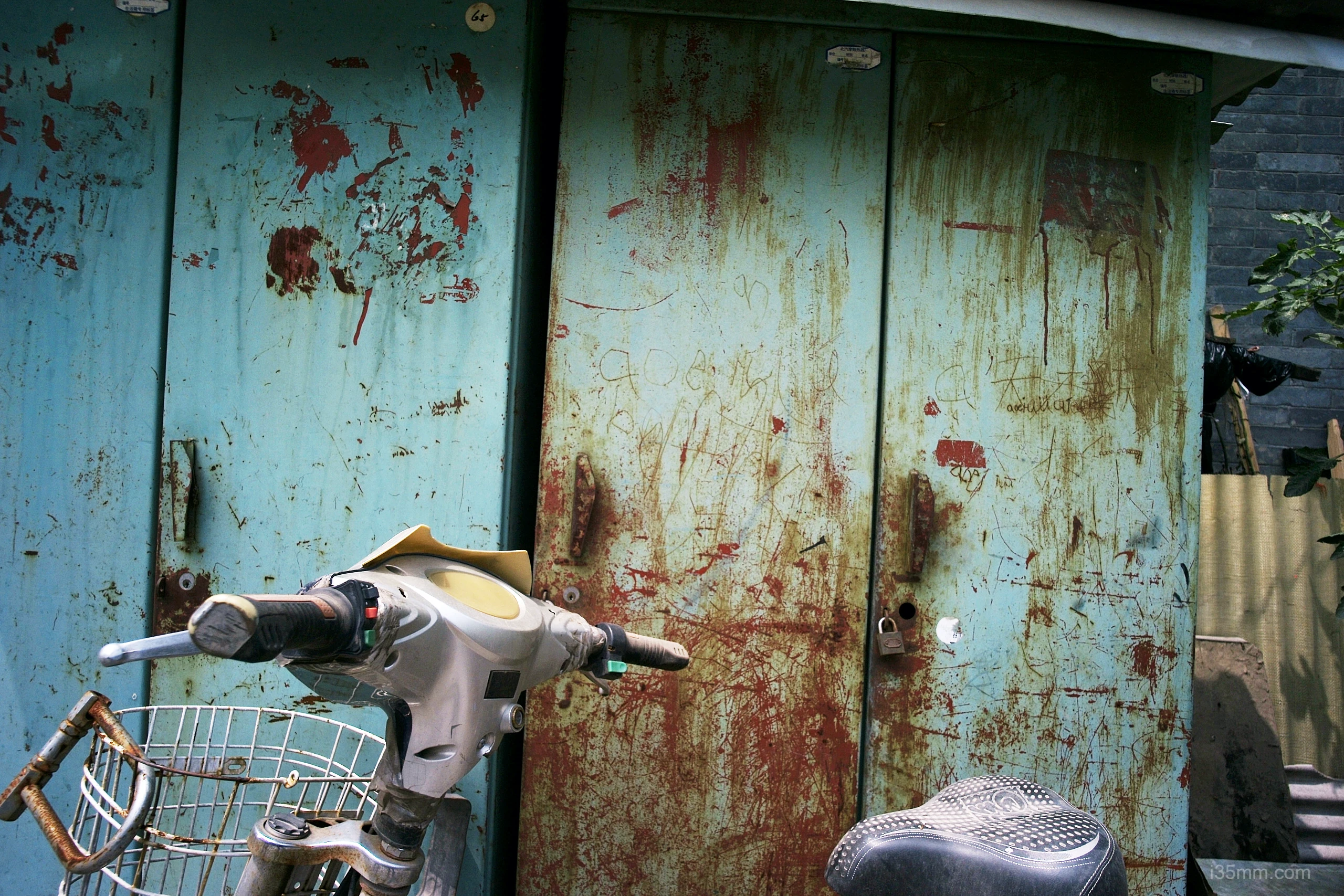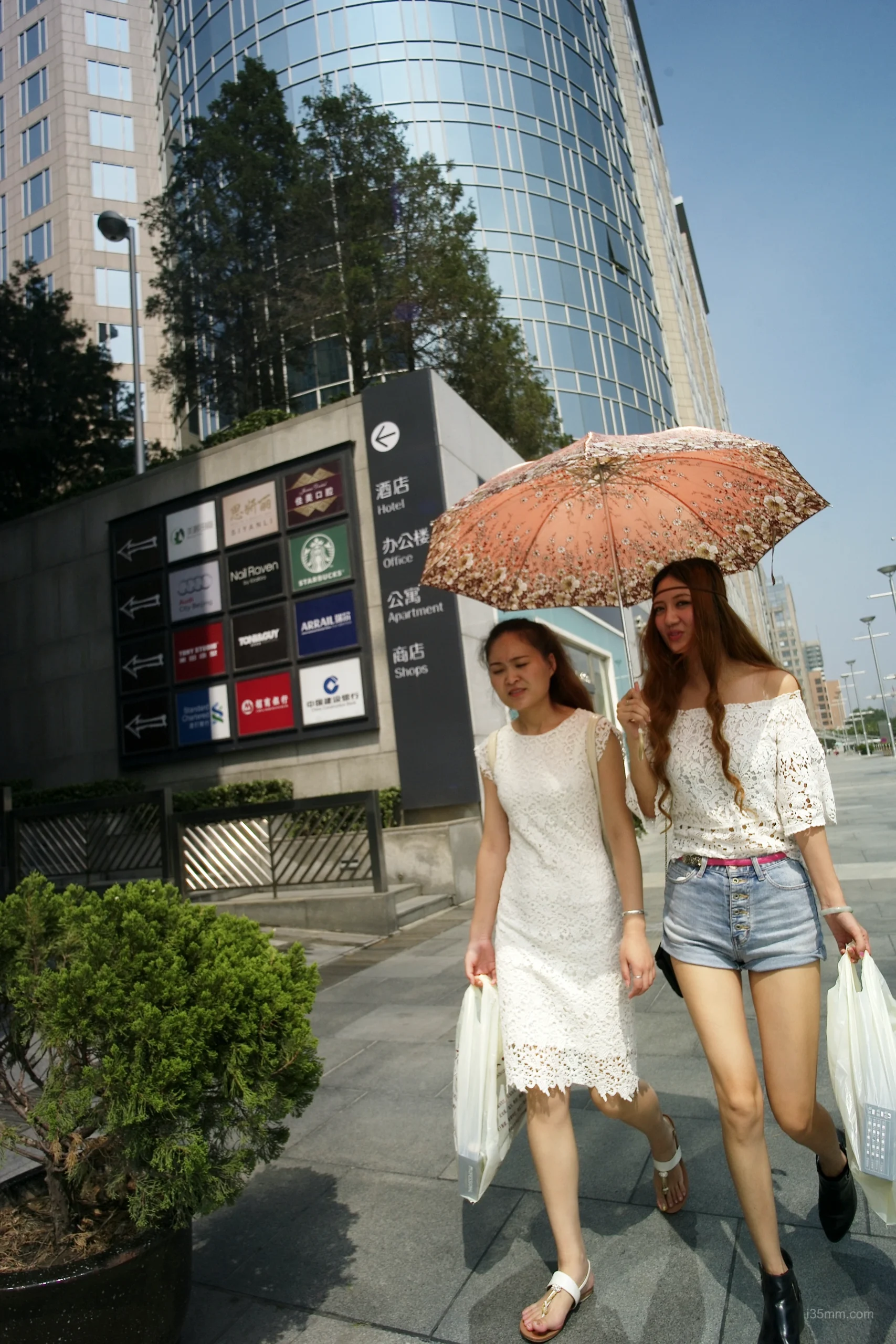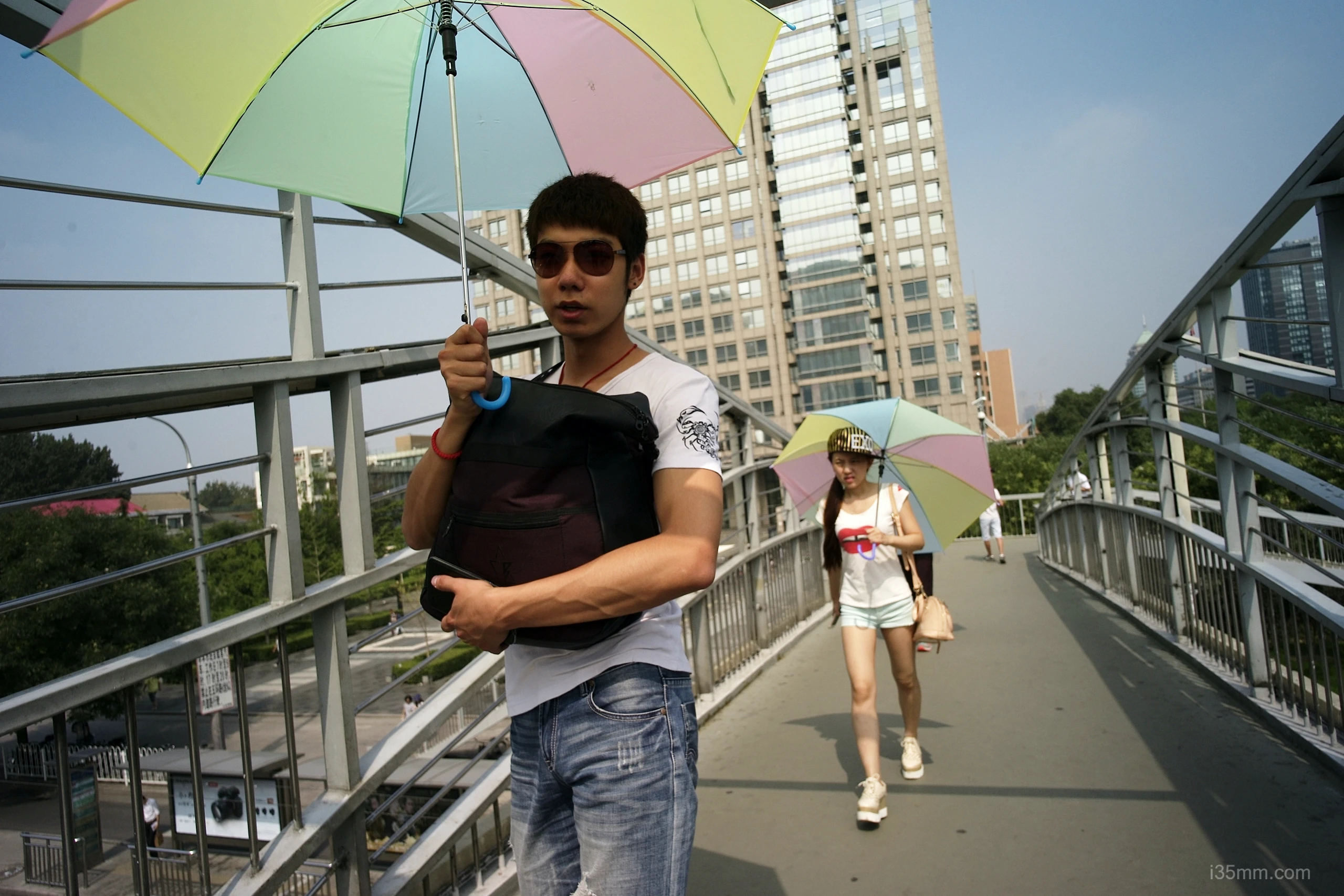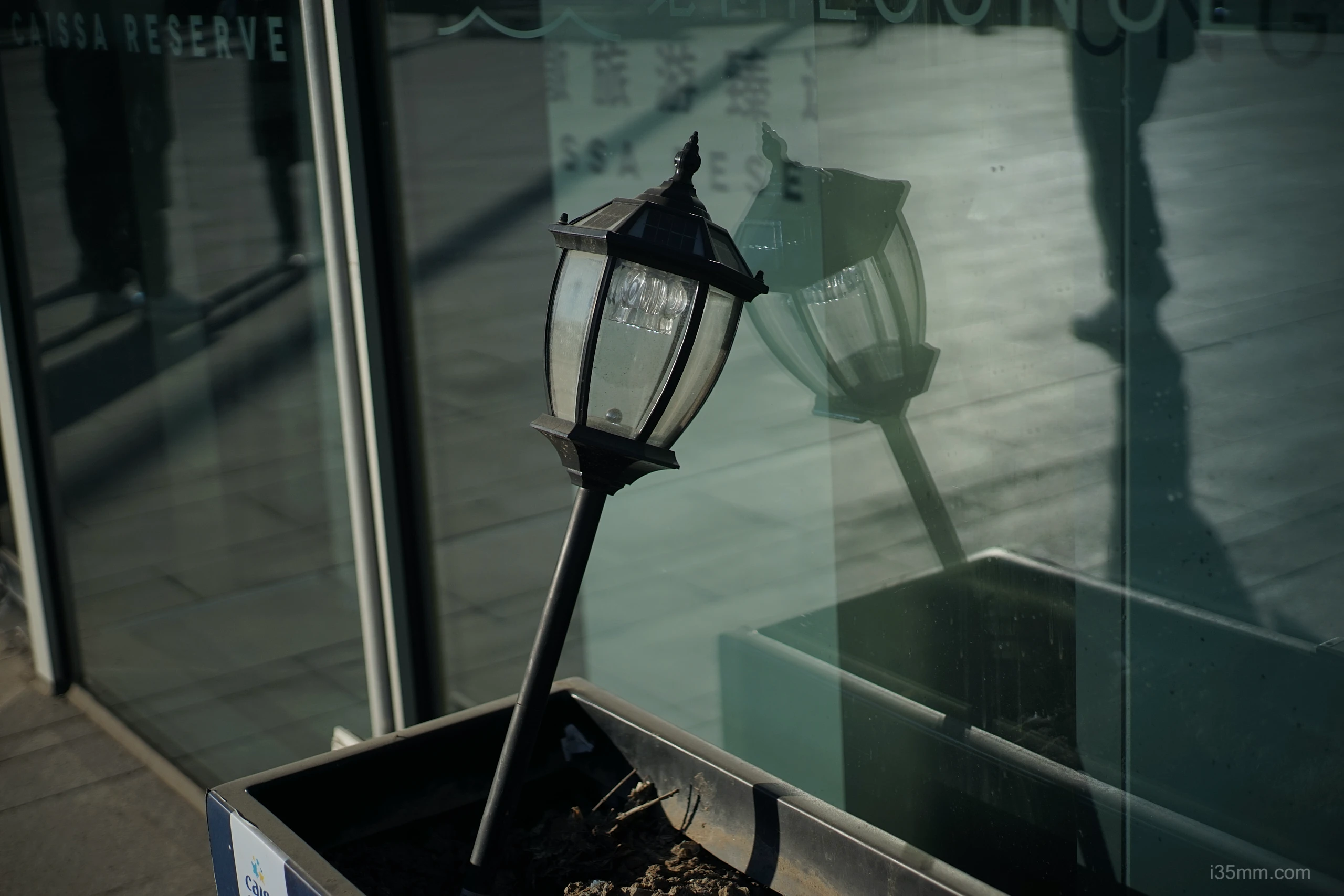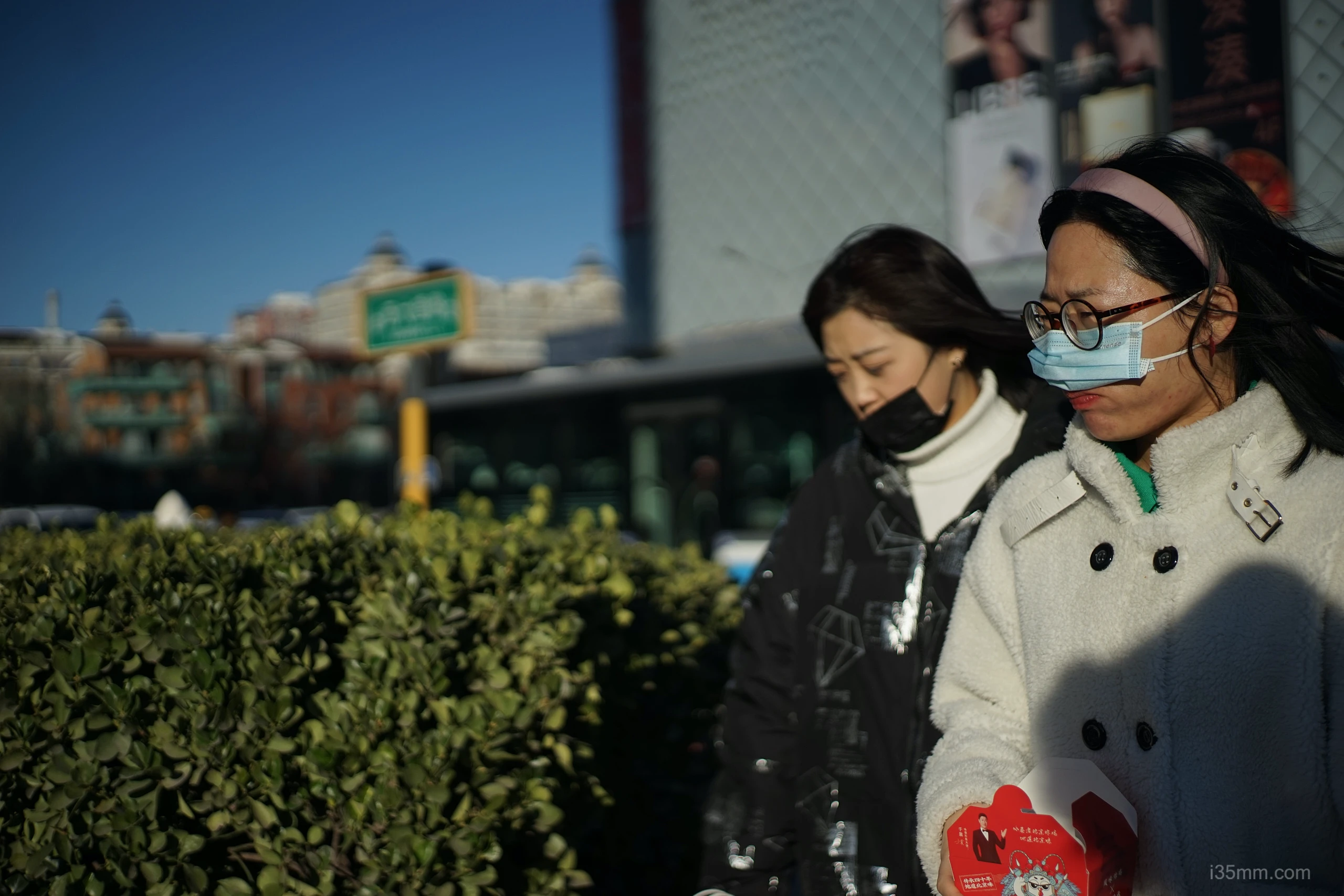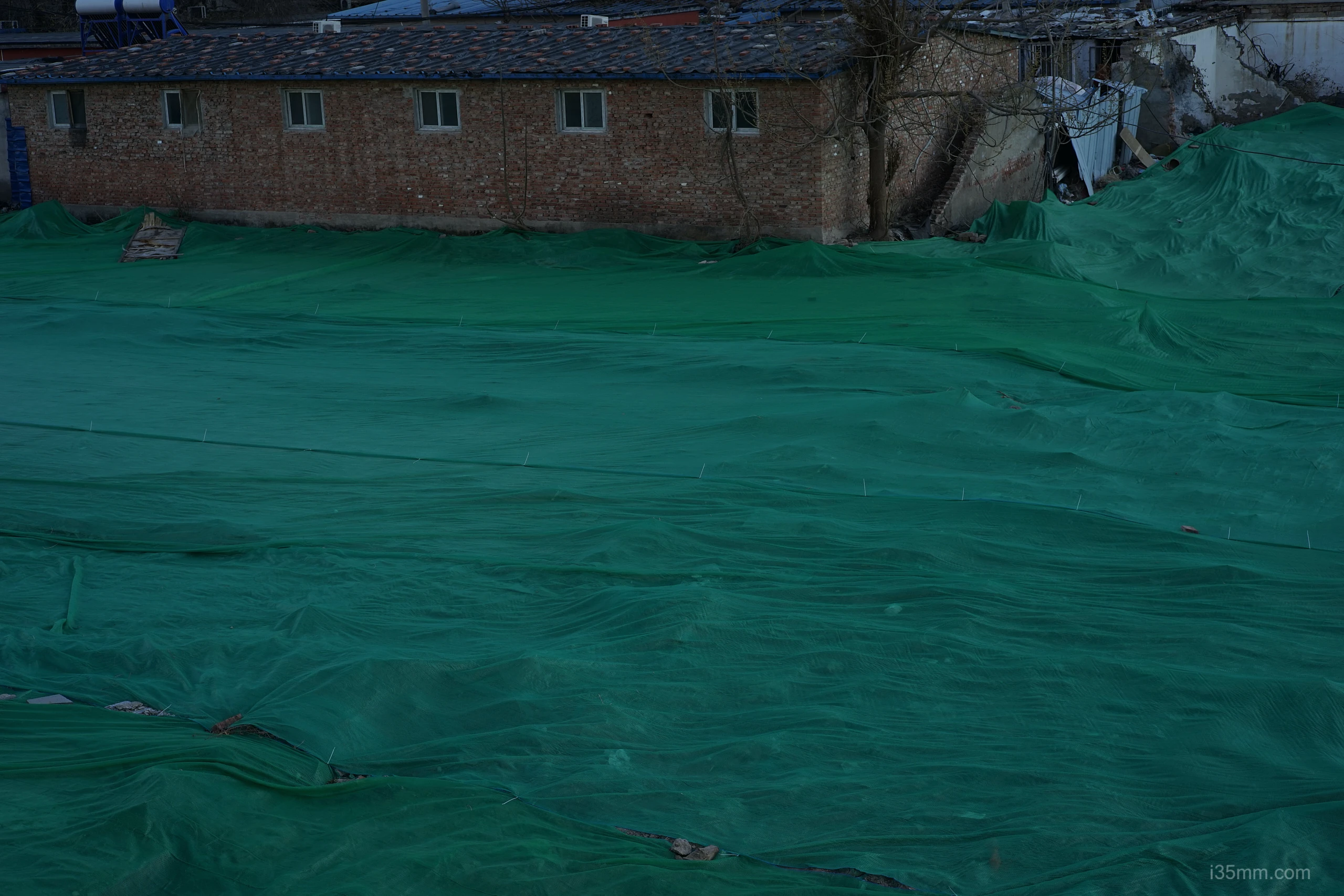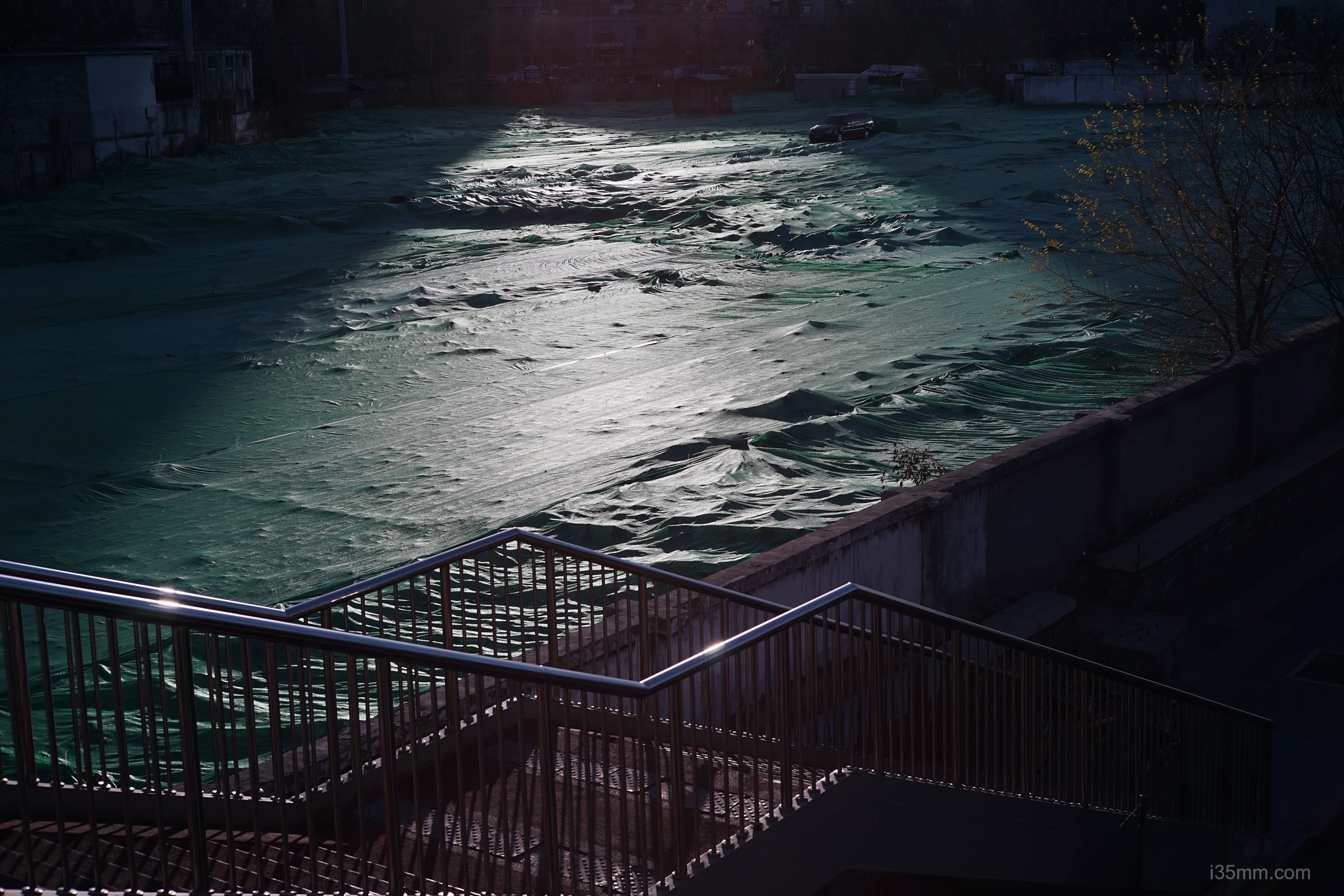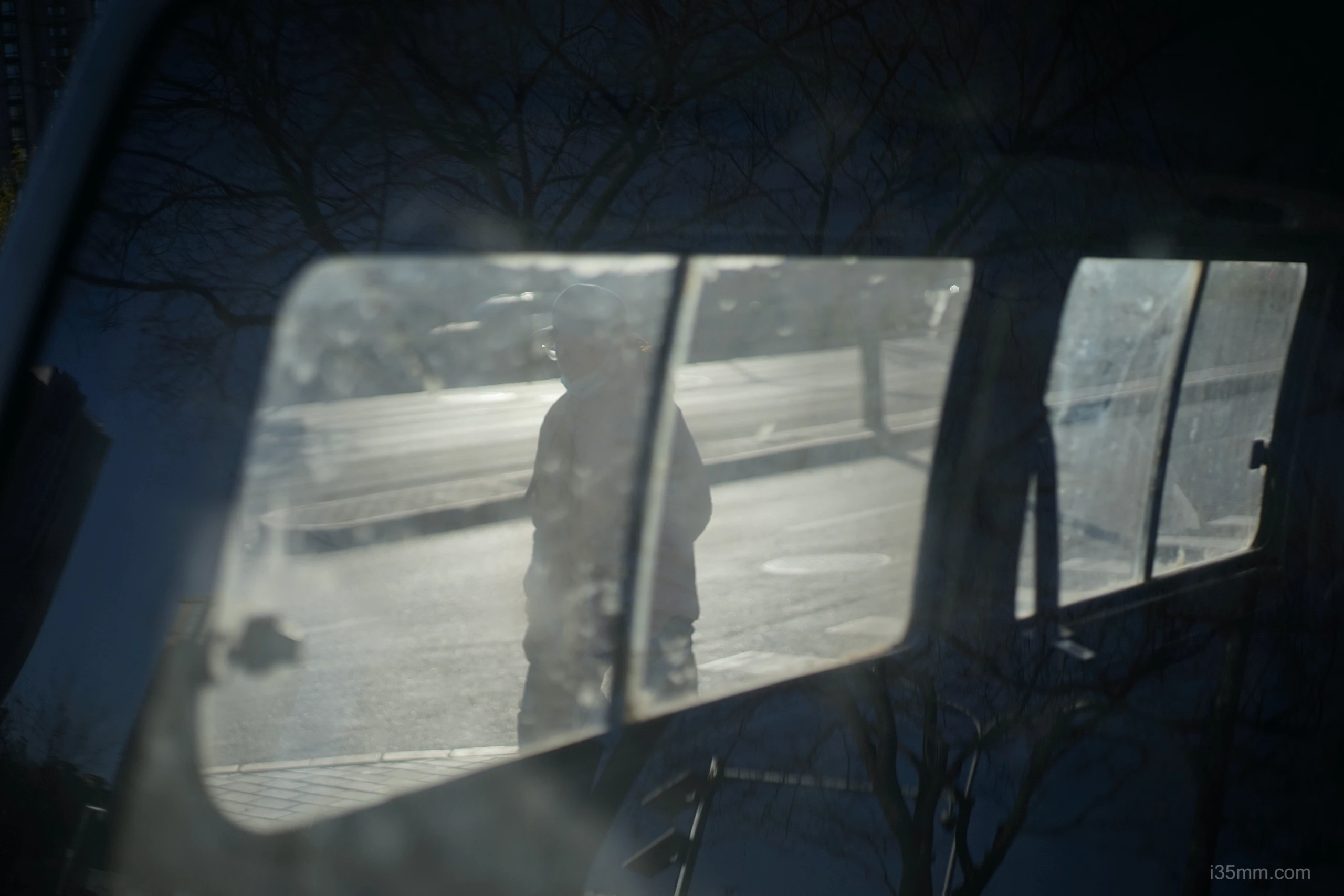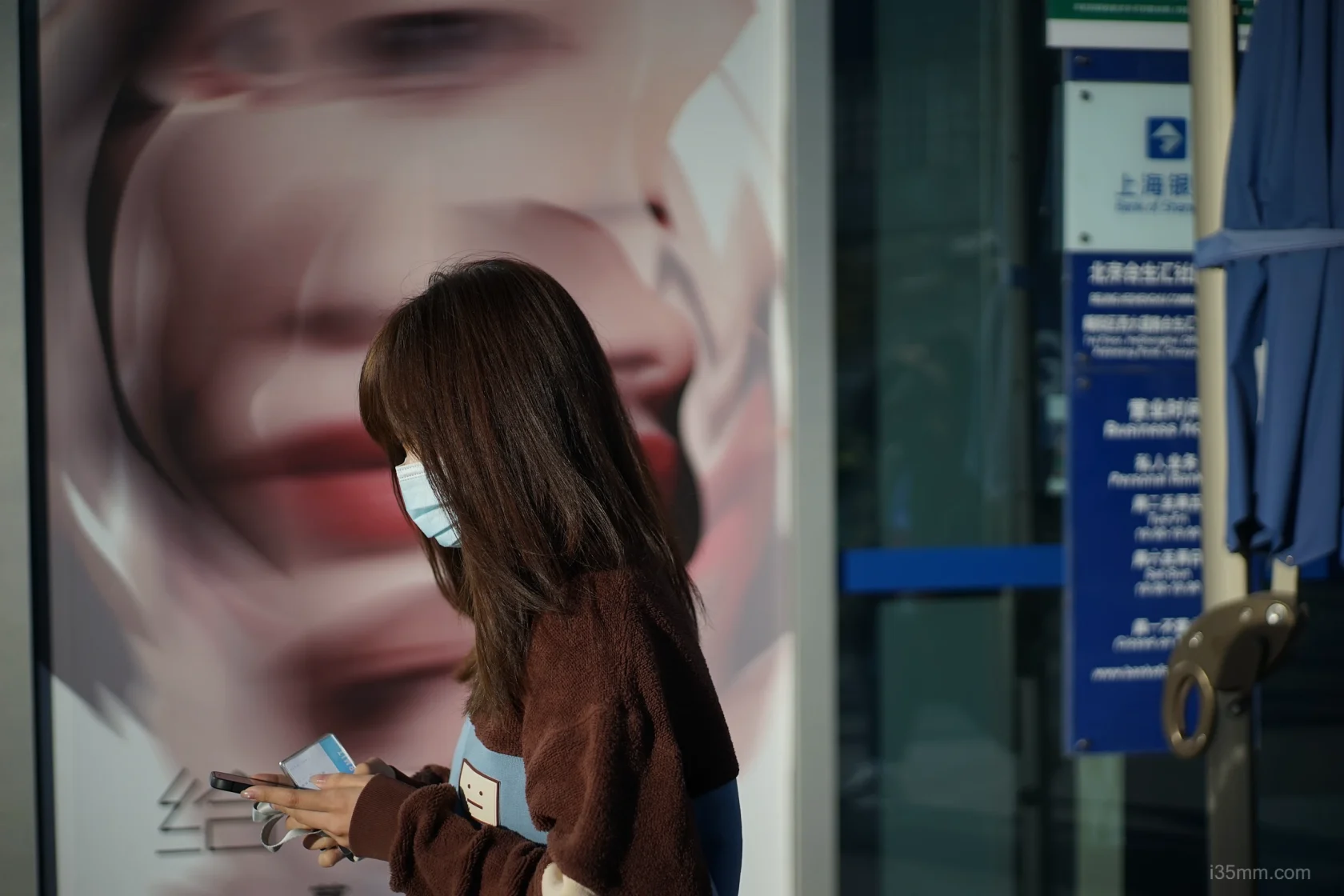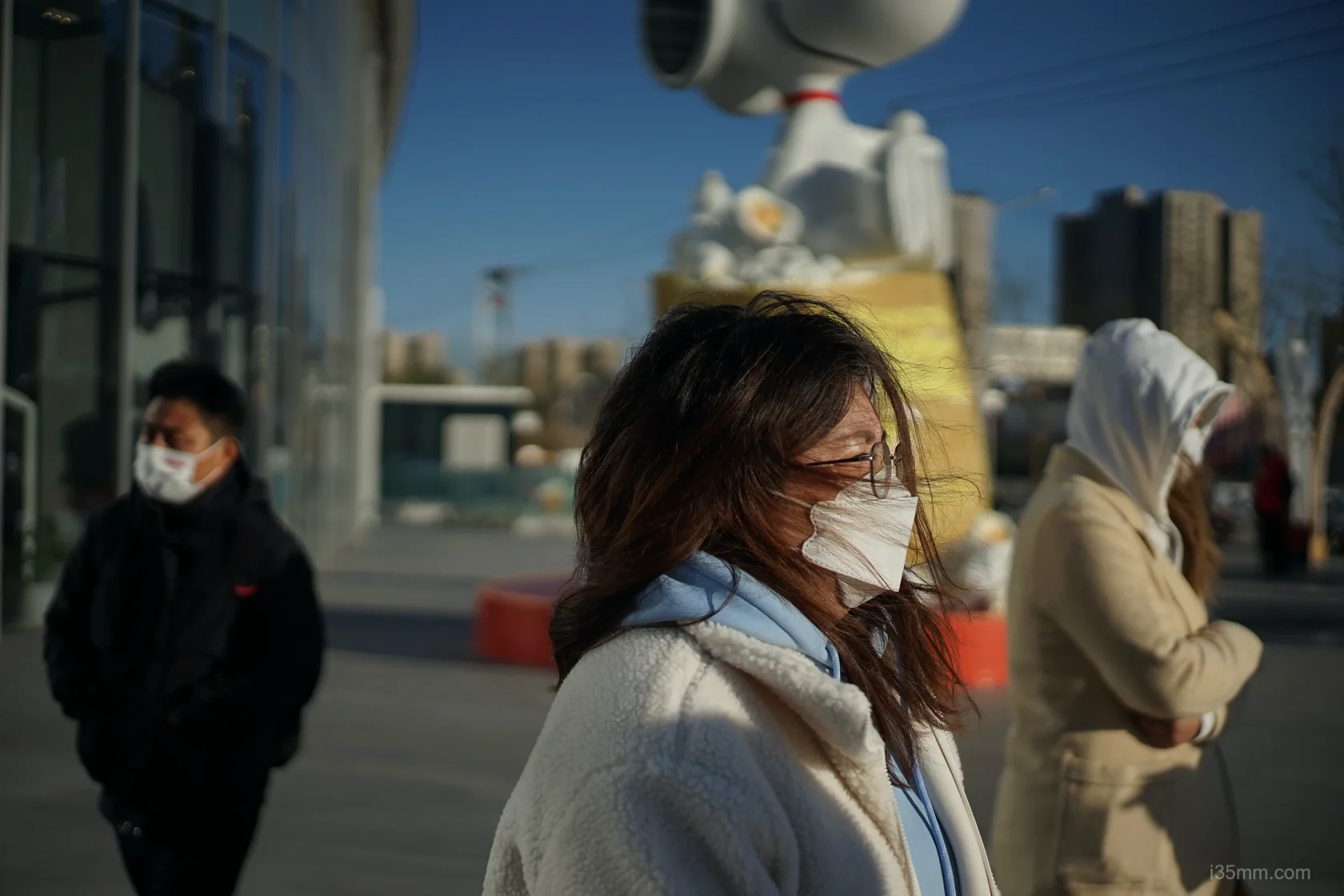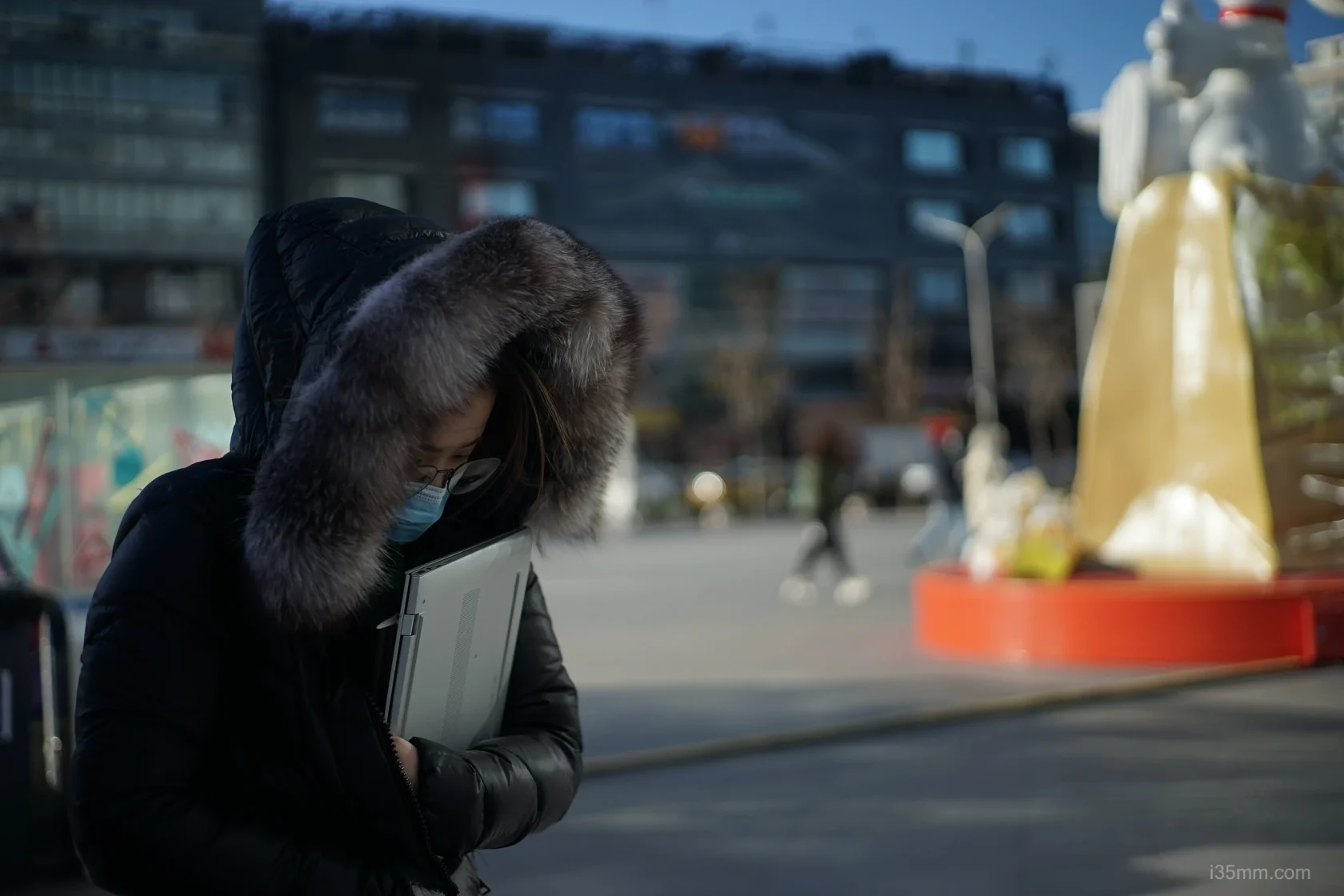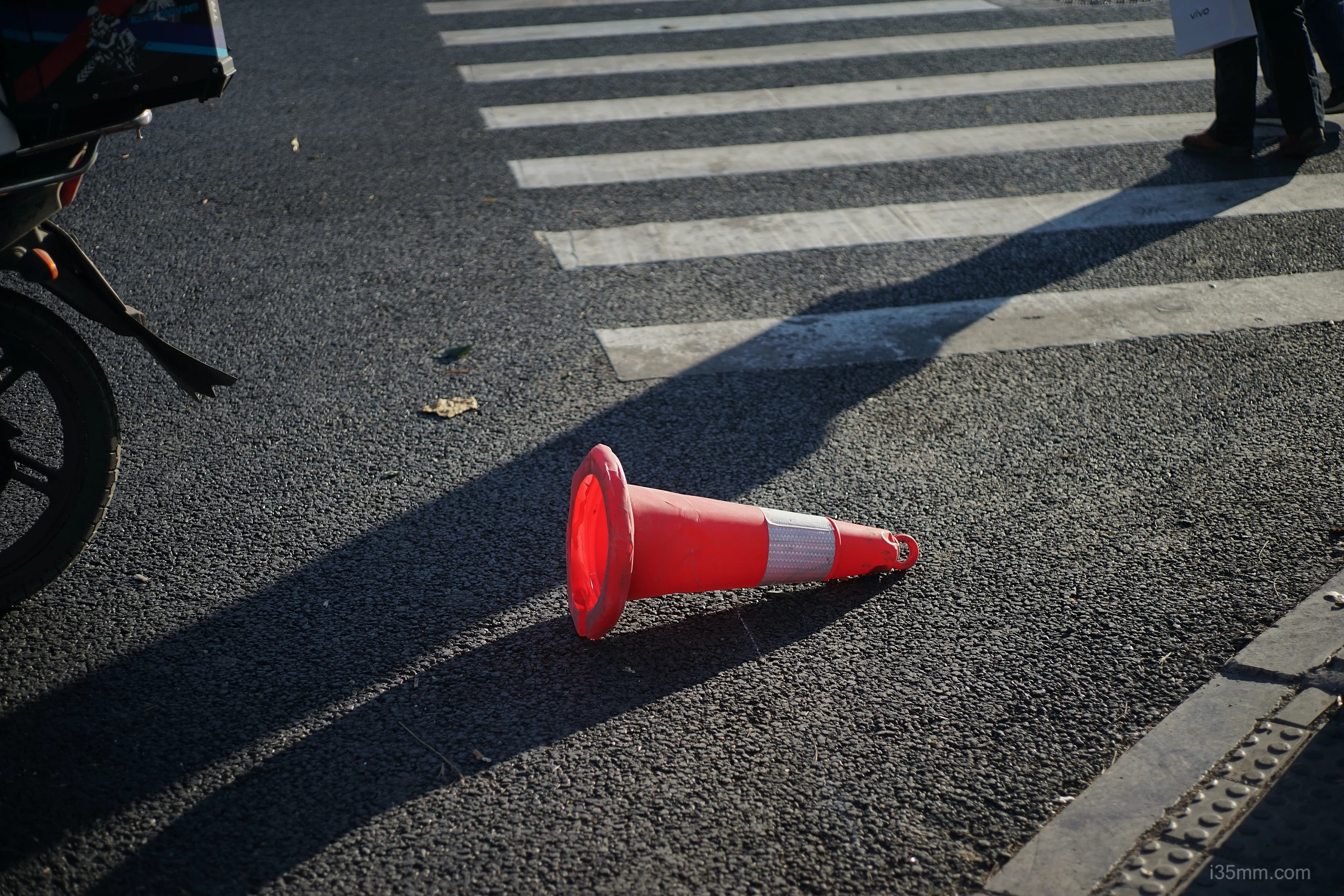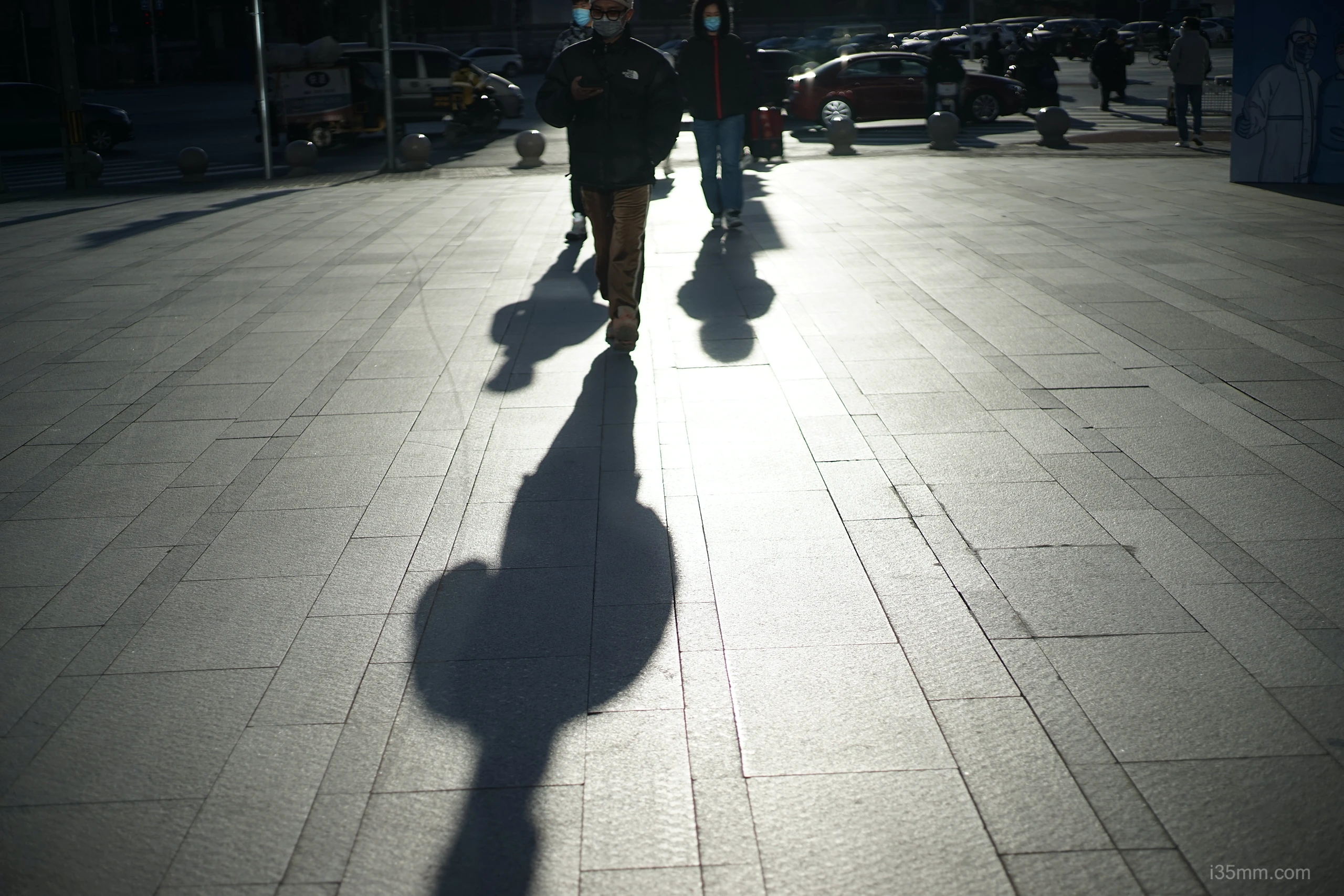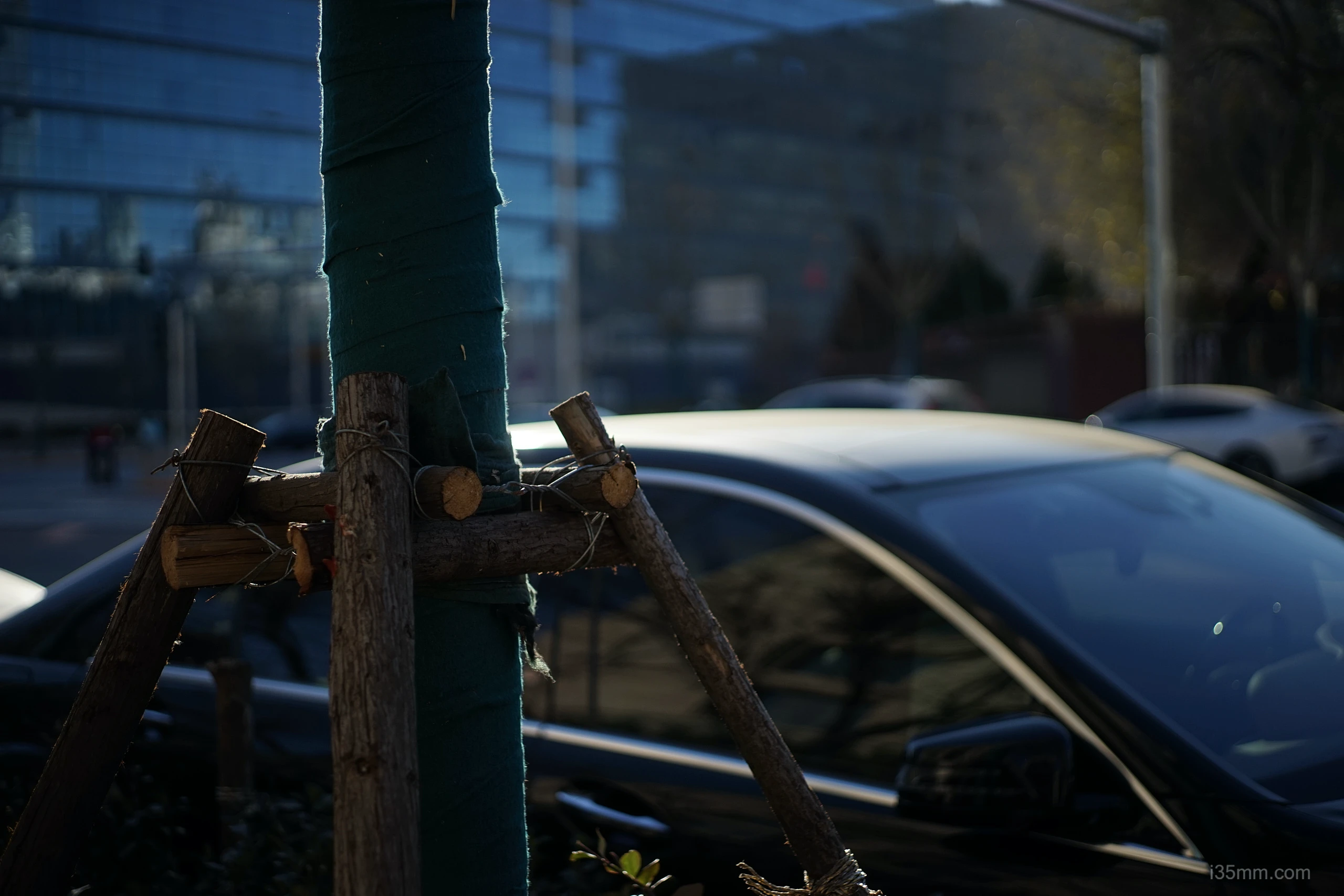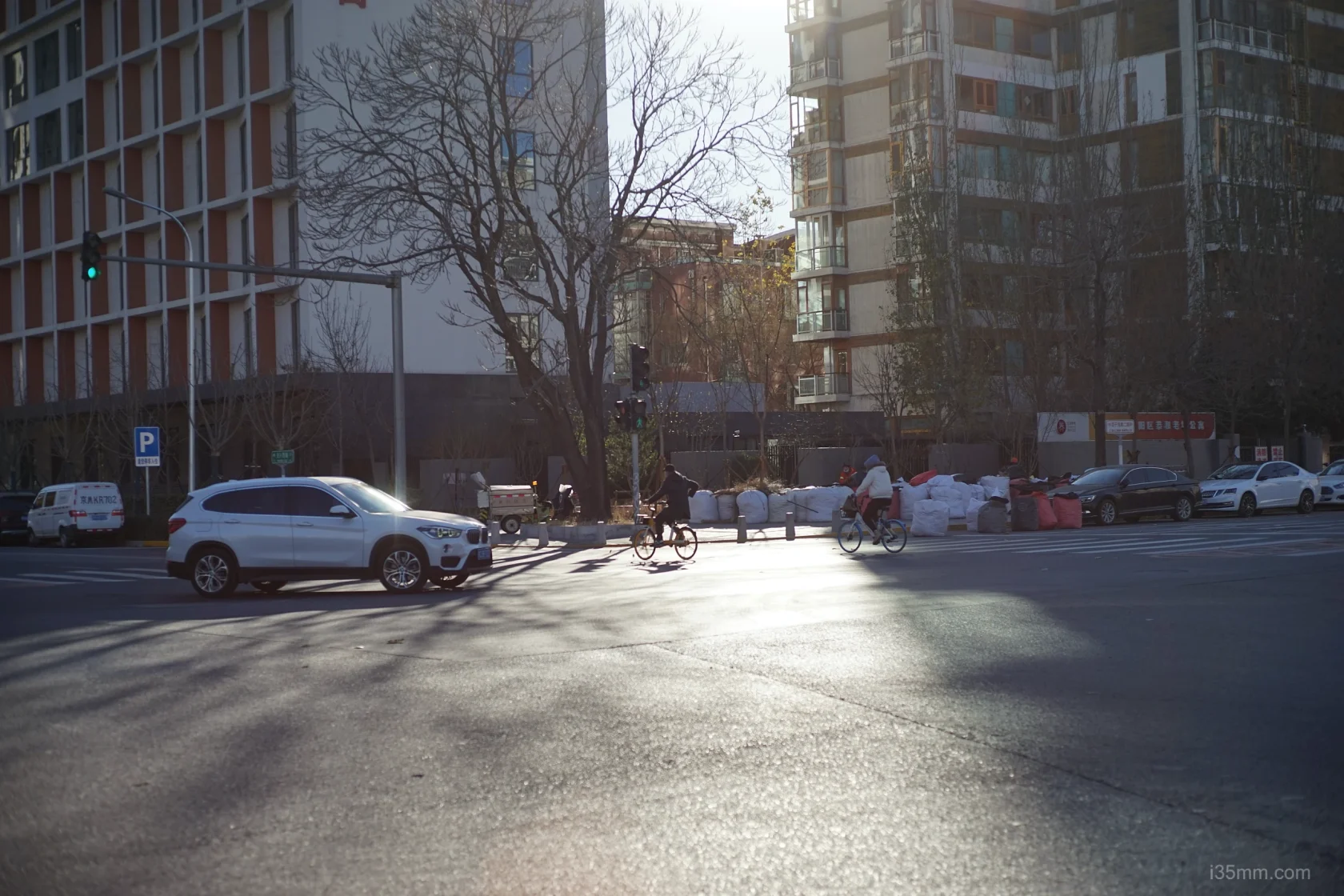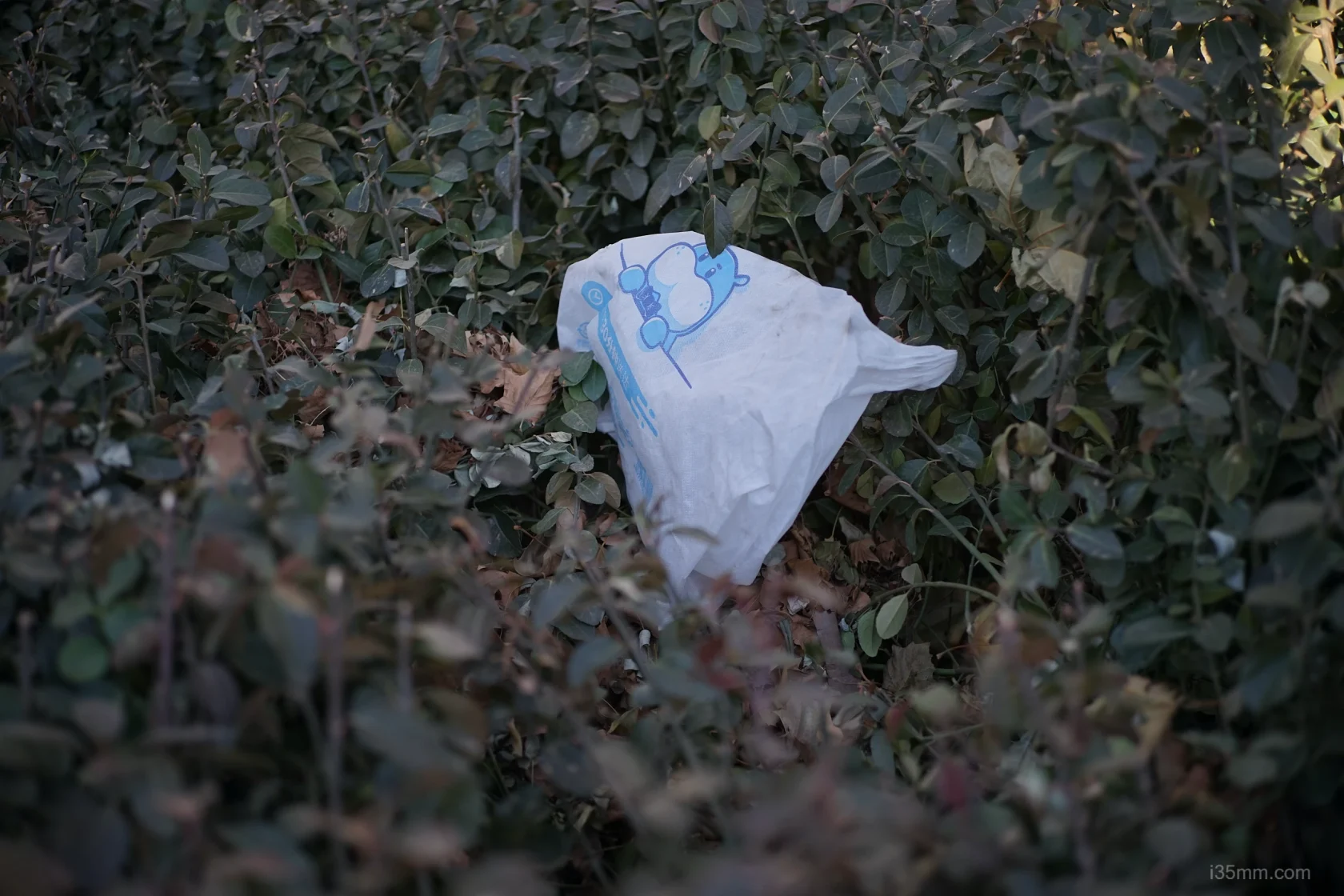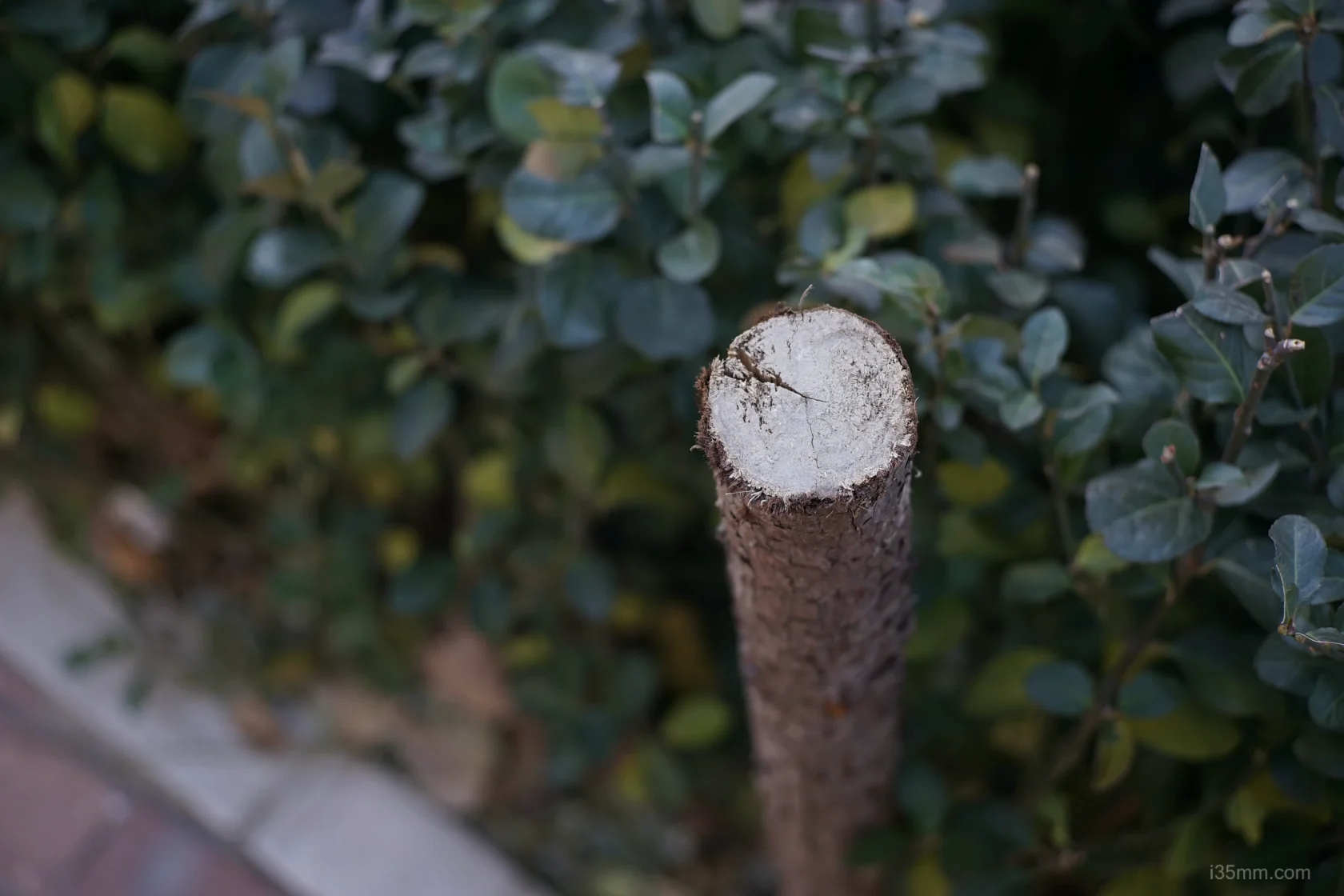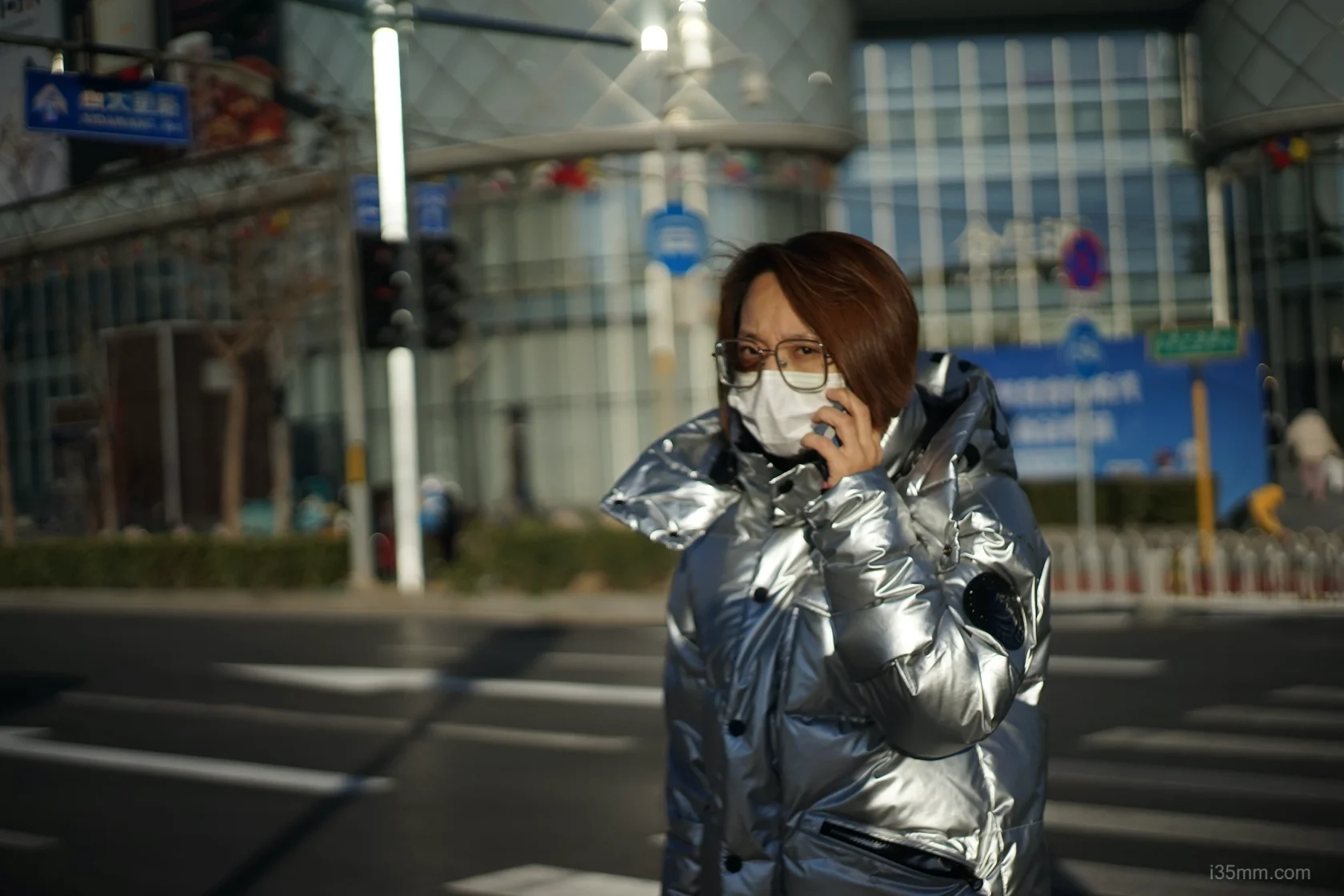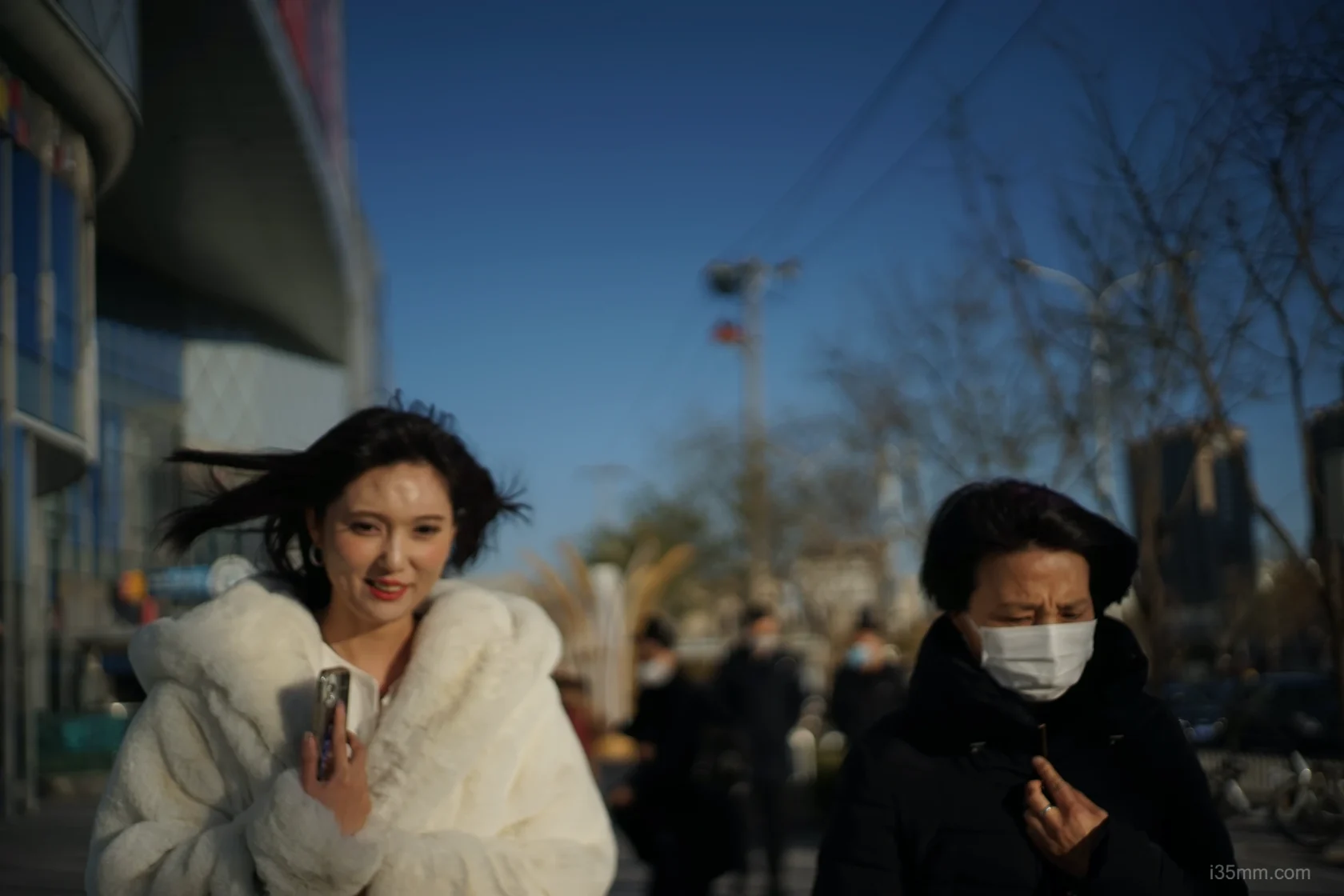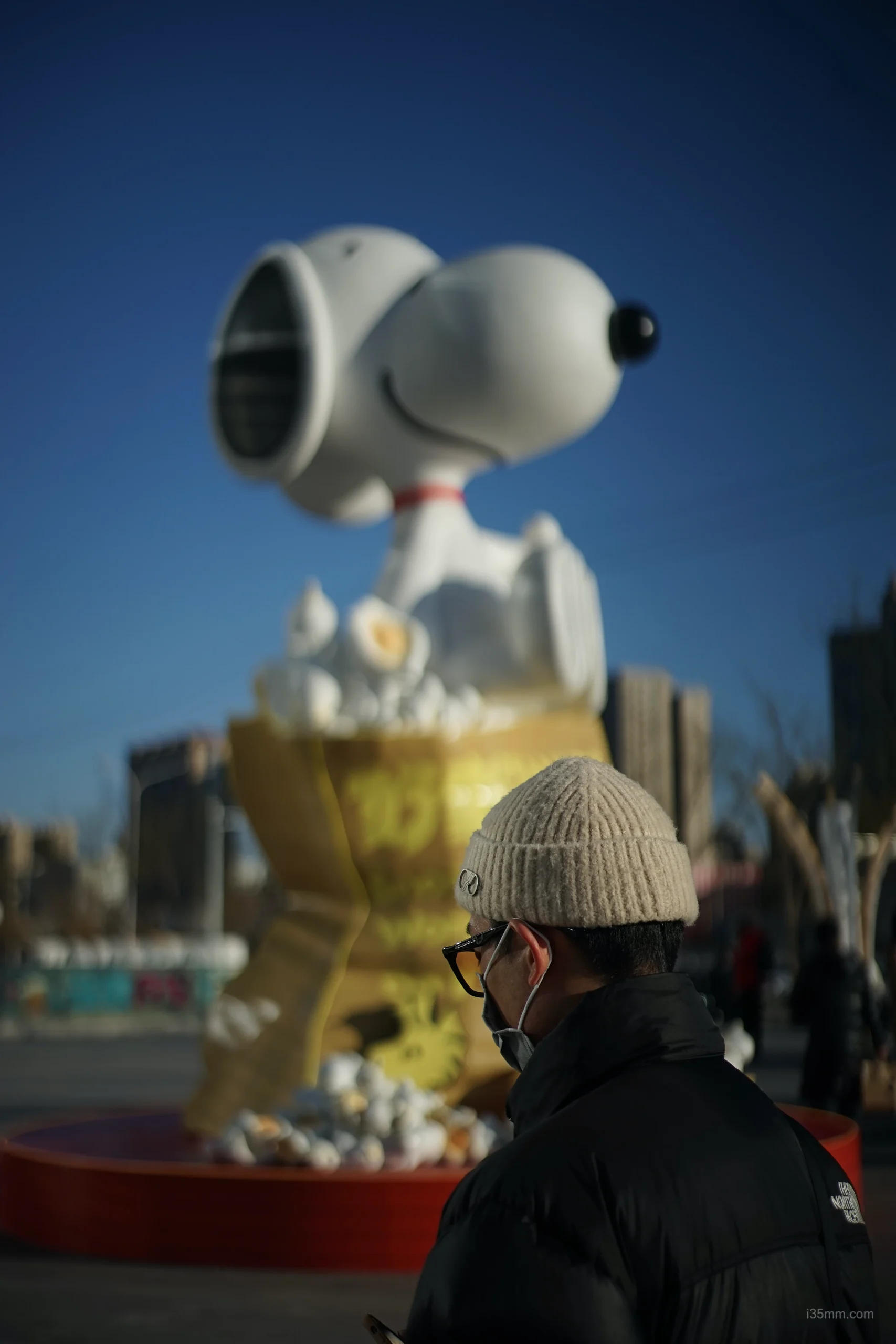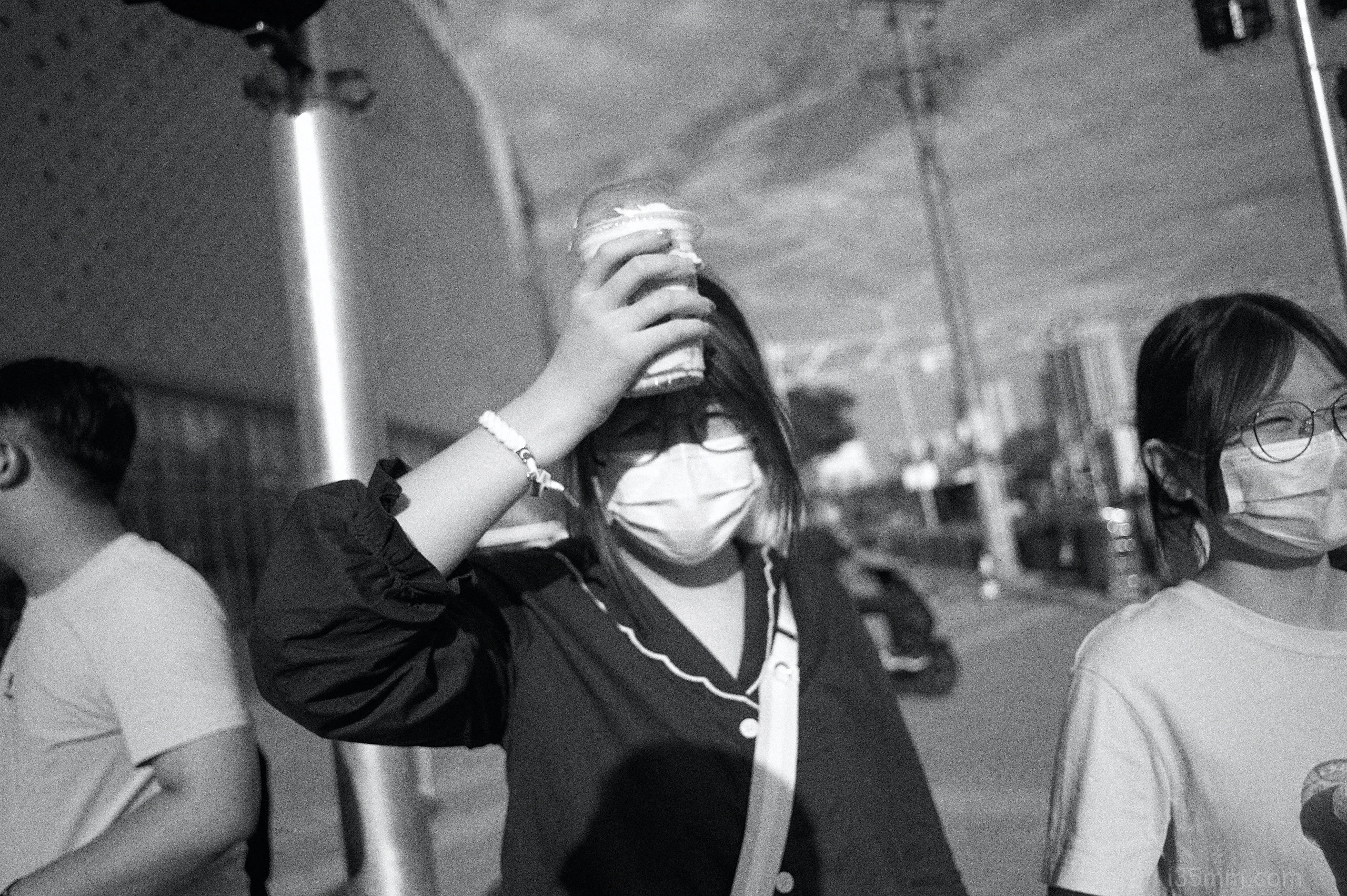Prologue: The Featherweight Maverick
In a world where “bigger is better” reigns, the 1974–1989 Leica Tele-Elmarit-M 90mm f/2.8 (aka Thin Nine) swoops in like a hummingbird at a hawk convention. Weighing just 330g and priced between 250–250–500 (2025 USD), this aluminum-and-glass paradox is the Mini Cooper of telephoto lenses—nimble, quirky, and unapologetically flawed. Born to defy Leica’s “heft equals quality” dogma, it’s a cult classic for wanderers and rebels.
Design: Minimalist Sorcery
- Pocket Rocket
- Body: Anodized aluminum (black) or chrome (silver)—slimmer than a James Bond paperback, lighter than a barista’s cappuccino. Collapses into M bodies like a pocketknife.
- Generational Wars: The original “Fat Nine” (1964–1974) was a brass-clad bruiser; the Thin Nine traded muscle for marathon-runner agility.
- The Foggy Quirk
- Prone to internal haze (think vintage spectacles in a sauna), its “breathing issues” divide collectors. Some call it cursed; others, character.
Optical Poetry: Sharpness Over Spectacle
| Aspect | Thin Nine | Summicron-M 90mm f/2 |
|---|---|---|
| Sharpness | Scalpel slicing moonlight | Chainsaw through oak |
| Bokeh | Soft-focus watercolor | Velvet sledgehammer |
| Weight | Featherweight boxer | UFC heavyweight |
| Drama | 🎭🎭🎭🤍🤍 | 🎭🎭🎭🎭🎭 |
- f/2.8 Wide Open: Center sharpness rivals modern APO glass; edges fade like a jazz saxophonist’s final note.
- Flare Note: Unhooded, it paints golden halos like a Renaissance angel—perfect for accidental Kubrick moments.
The “Three Charms”
- Traveler’s Muse: Fits in a coat pocket—ideal for hikes, street jaunts, or pretending you’re Cartier-Bresson on a caffeine bender.
- Film Noir Vibes: On Tri-X @800, it renders shadows like Chinatown stills—gritty, moody, and full of secrets.
- Chinese Proverb Footnote:“瑕不掩瑜”
(“Flaws cannot obscure the jade’s brilliance”)
A nod to how its haze and quirks add mystique, not misery.
Who Needs This Lens?
✓ Nomadic Shooters: Who measure life in miles, not megapixels
✓ Flaw Collectors: Believing “character” > clinical perfection
✓ Leica Hipsters: Craving underdog bragging rights (“Mine’s rarer than your APO!”)
Avoid If: You shoot weddings, fear haze, or think “vintage” means “eBay resale value.”
Final Verdict: The Beautiful Misfit
The Thin Nine is photography’s cult vinyl—a flawed gem for those who savor the hunt. For the price of a weekend in Lisbon, you gain:
- A lightweight passport to 1970s optical rebellion
- Proof that “imperfect” often means “unforgettable”
- Permission to laugh at lens charts
Rating:
🎞️🎞️🎞️🎞️🤍 (film romantics) | 📱📱🤍🤍🤍 (pixel peepers)
“A lens that whispers: ‘Lightness comes at a price—but what a delightful one.’”
Pro Tips:
- Haze Hack: Store with silica gel—it’s fussier than a Parisian sommelier.
- Film Pairing: Kodak Double-X @800—grain dances with its glow.
- Zen Mantra: Embrace the haze—call it “free Orton effect.”
Epilogue: The Wanderer’s Lens
Leica’s Thin Nine whispers: “Adventure isn’t found in perfection—it’s hiding in the flaws.” Like a well-loved passport stamped with questionable decisions, this lens rewards those who dare to wander. Now go chase light, haze and all. 🌄
